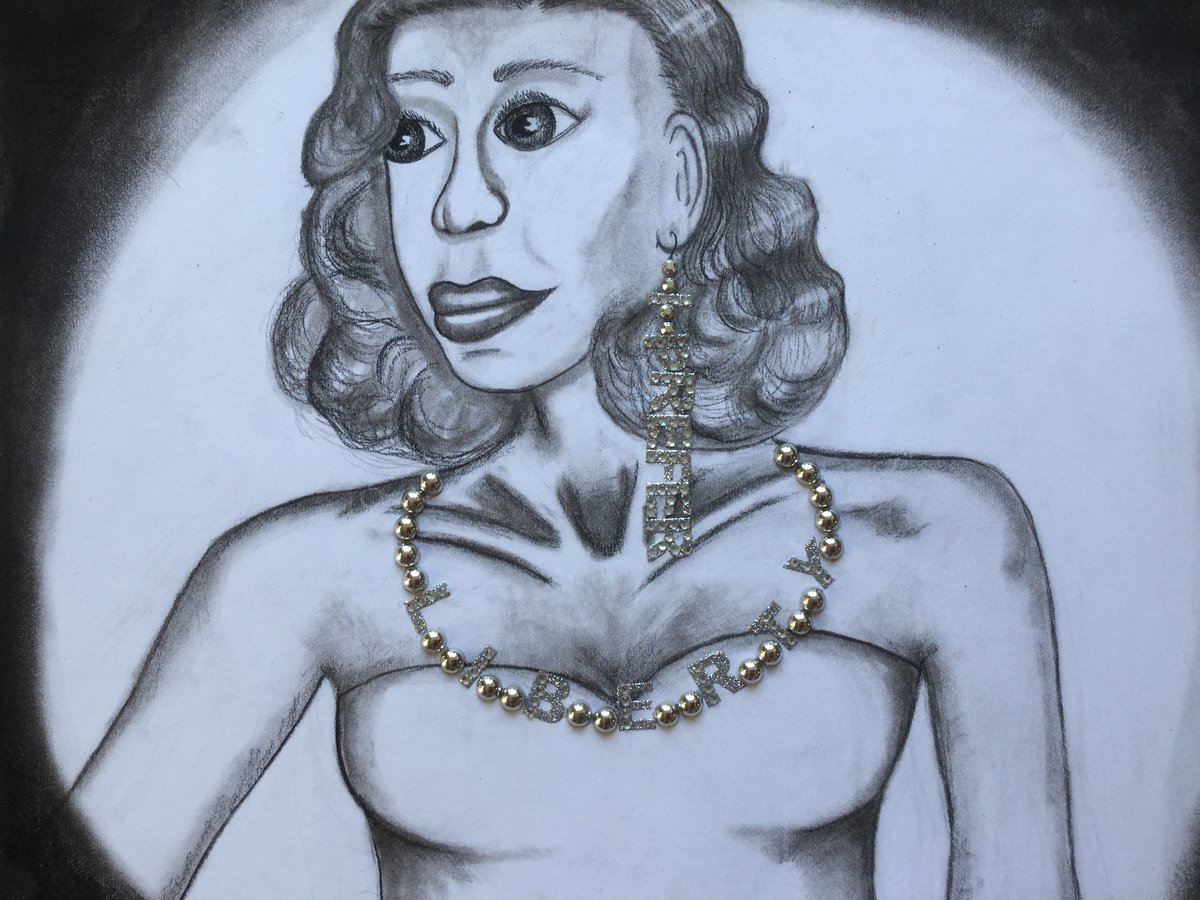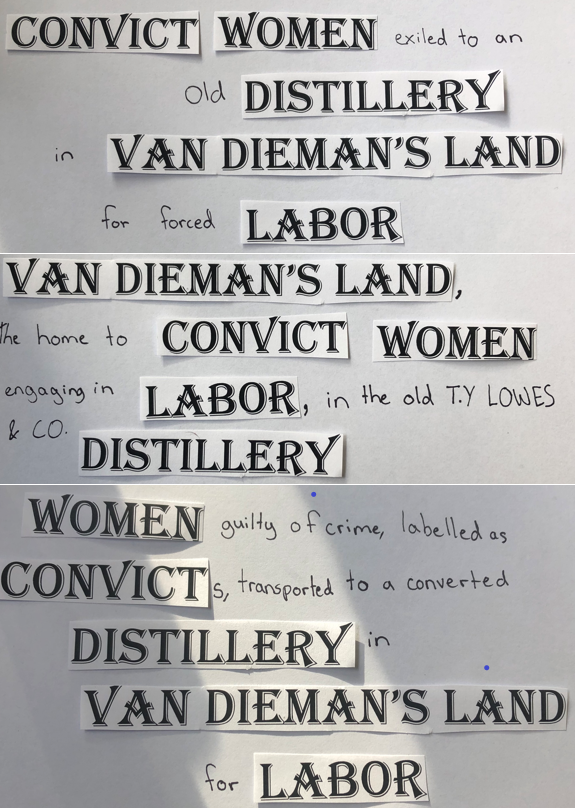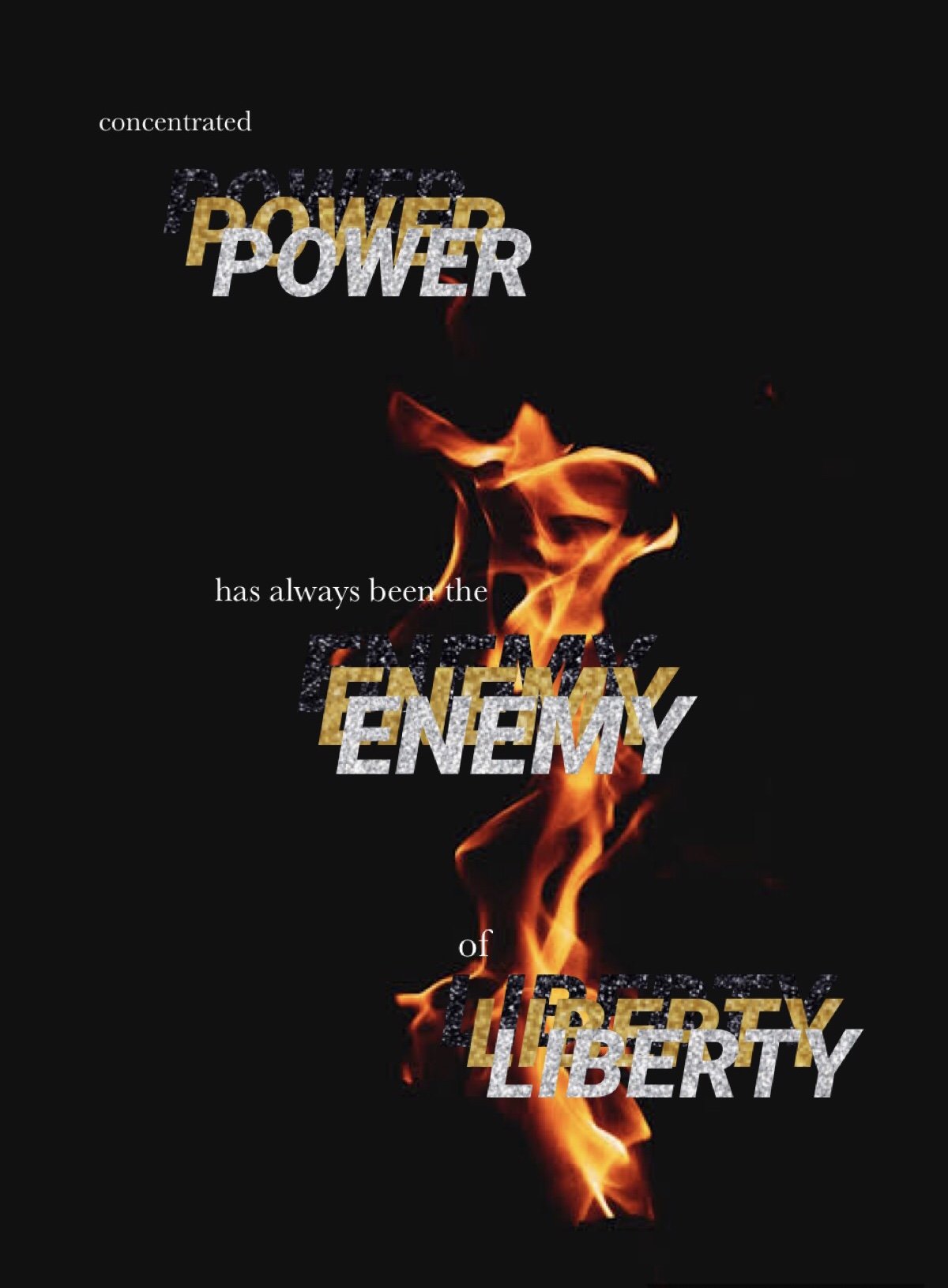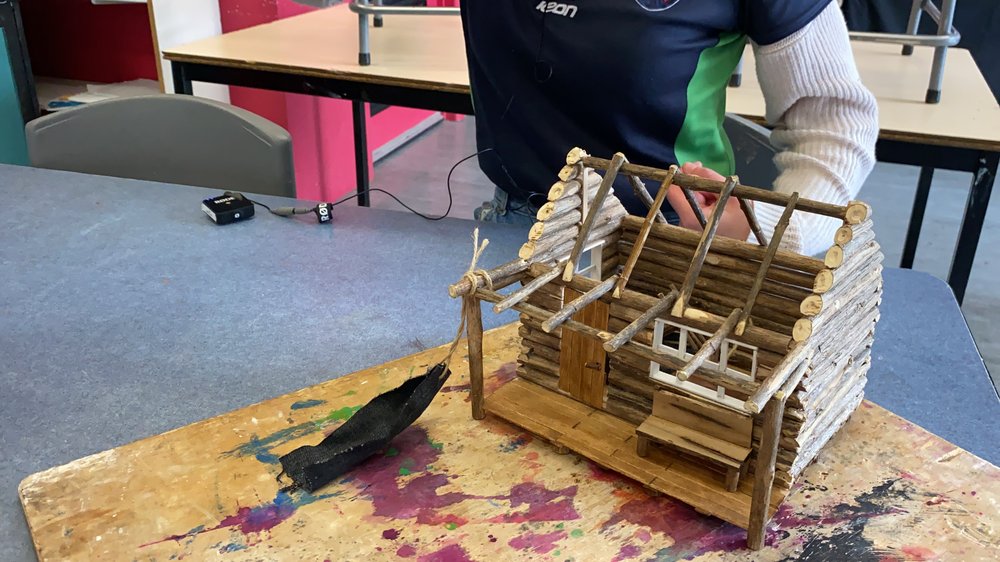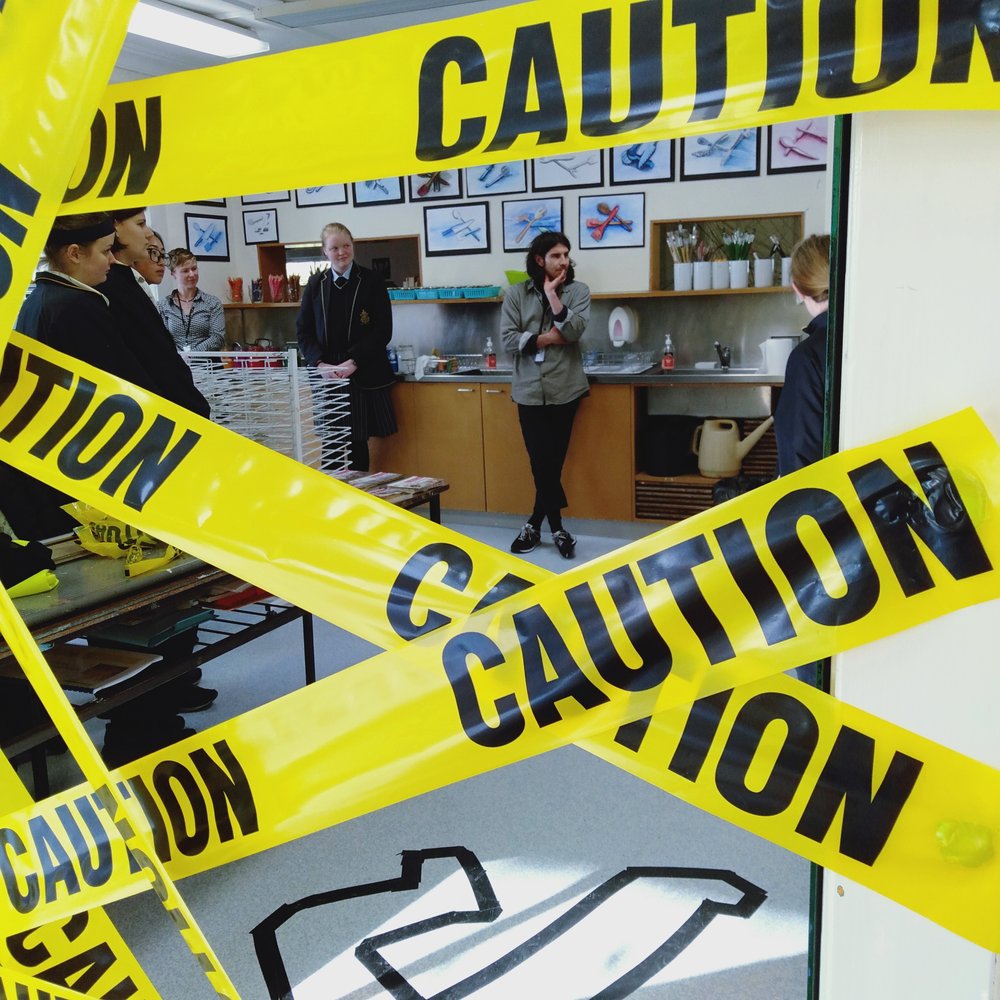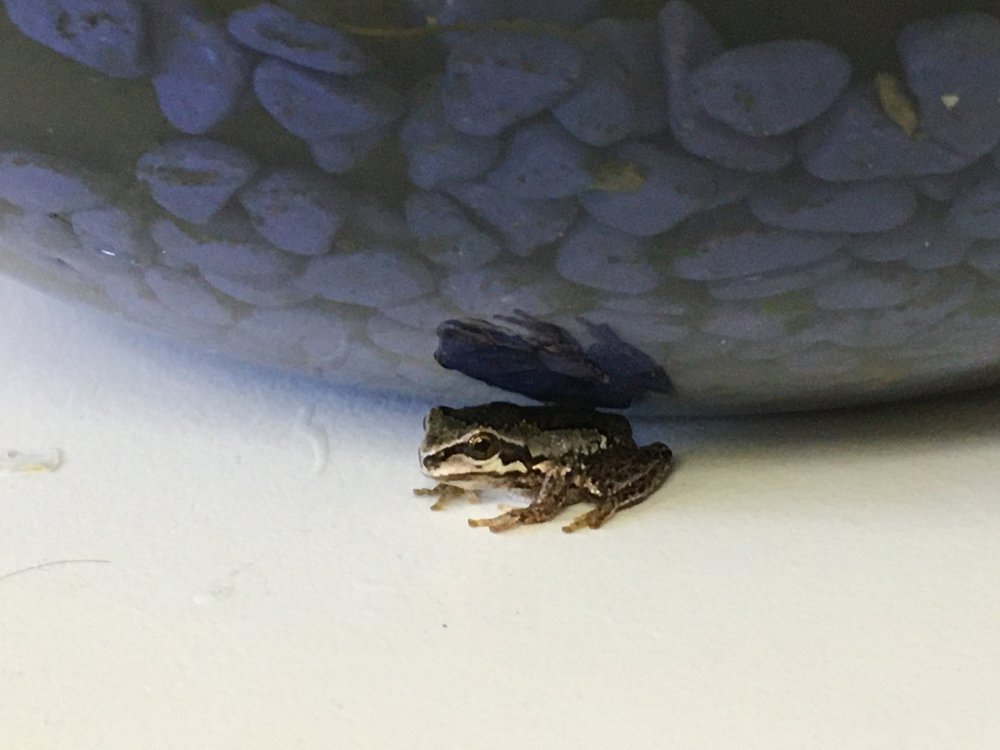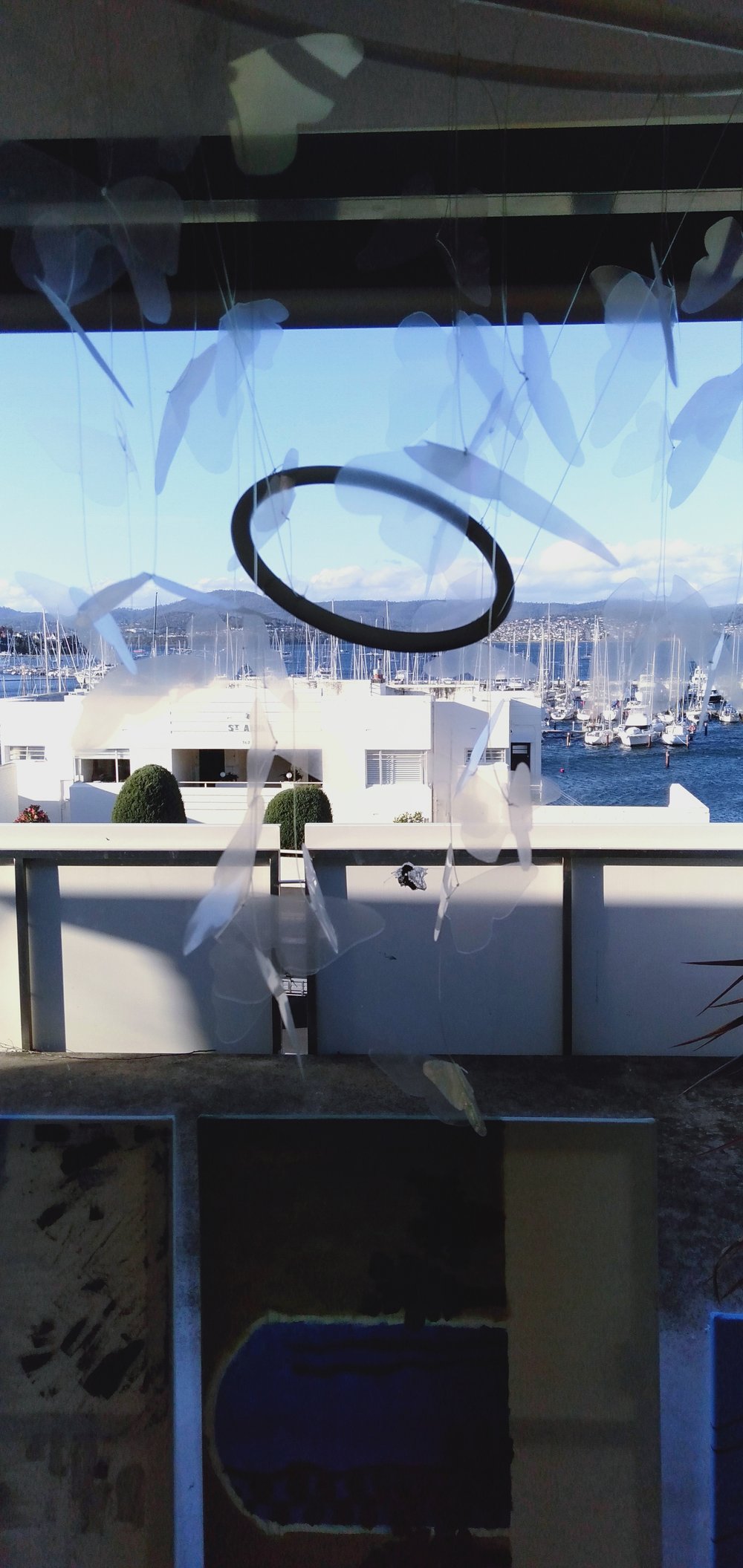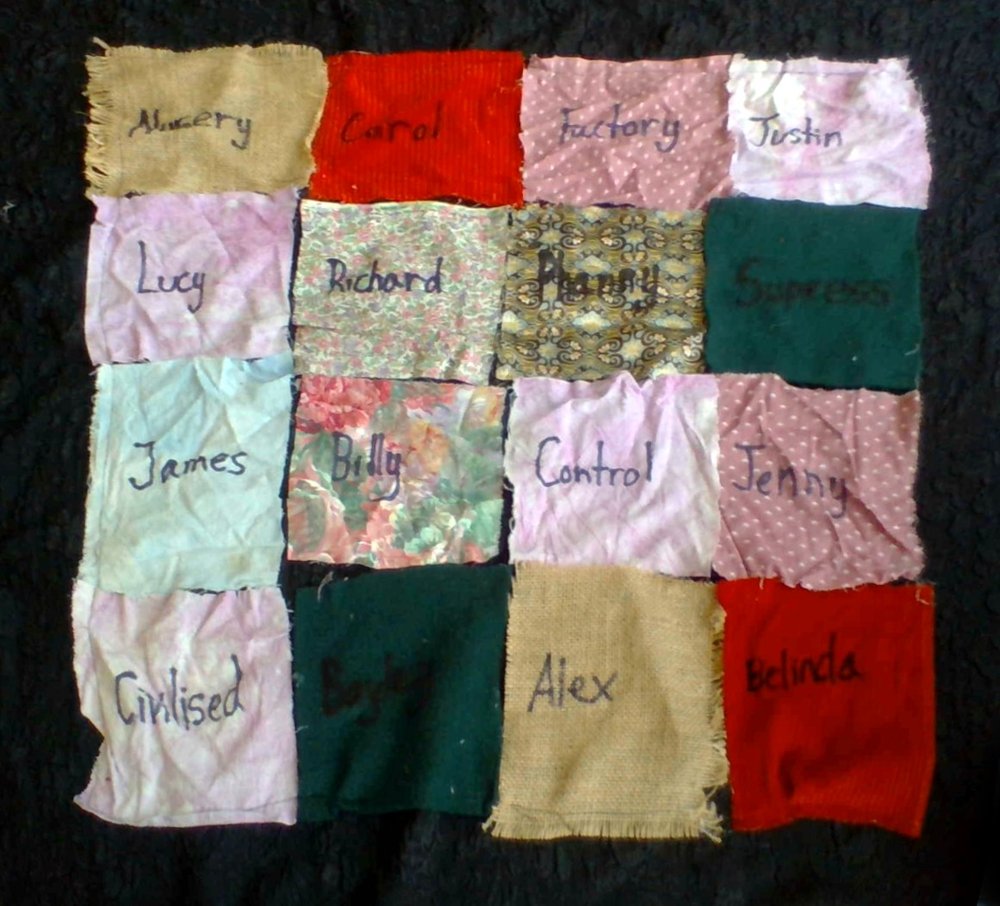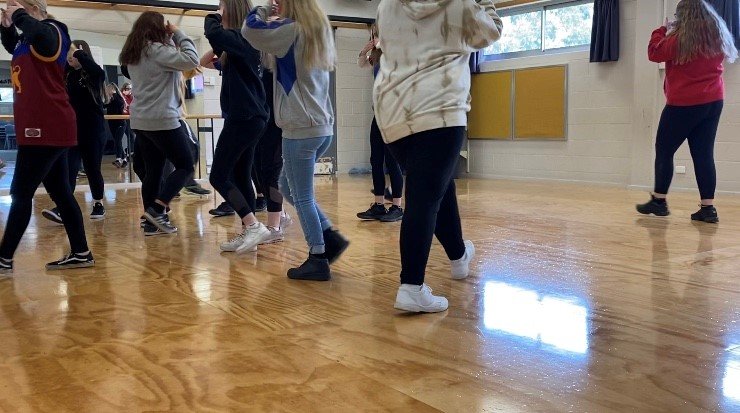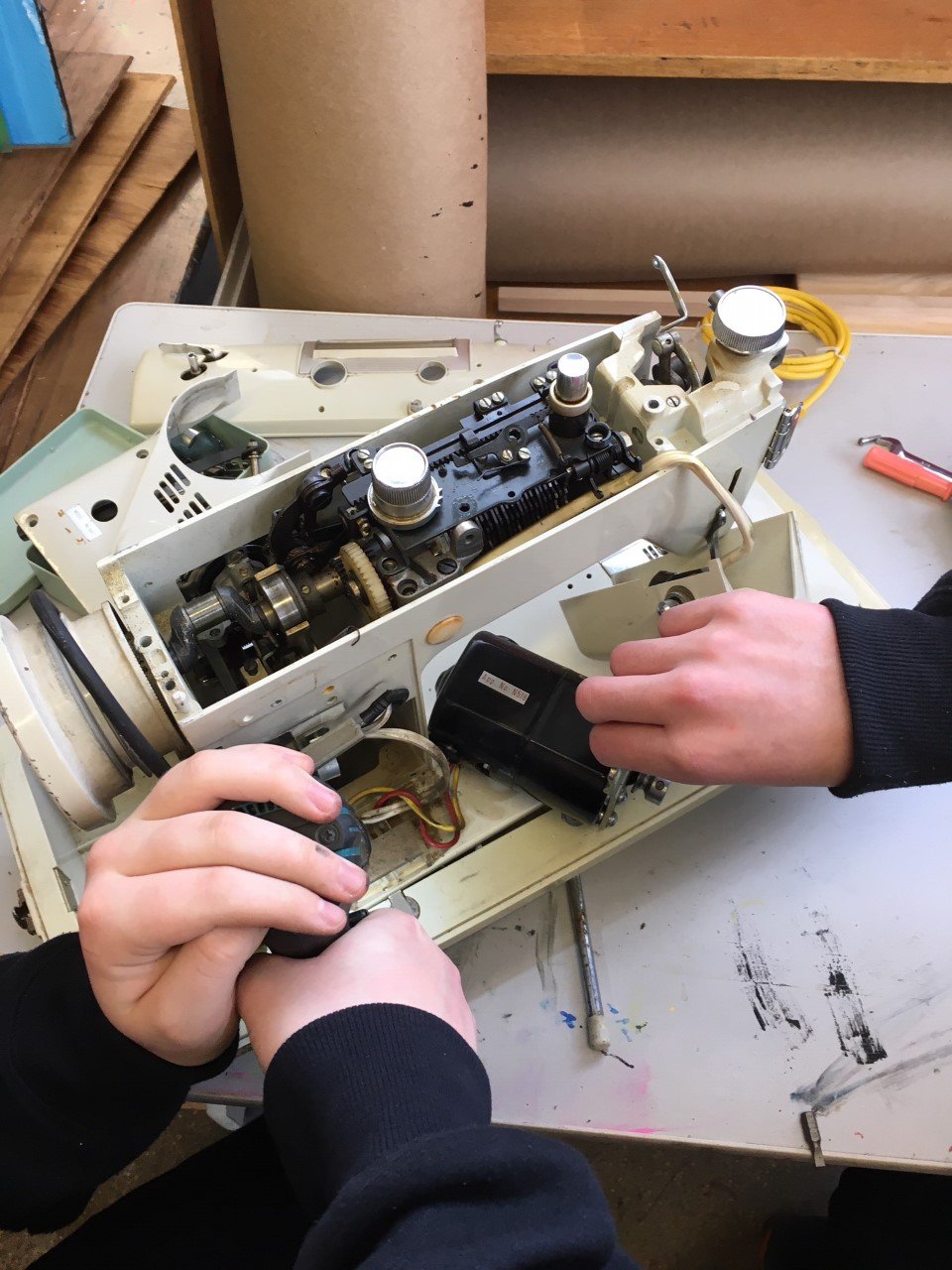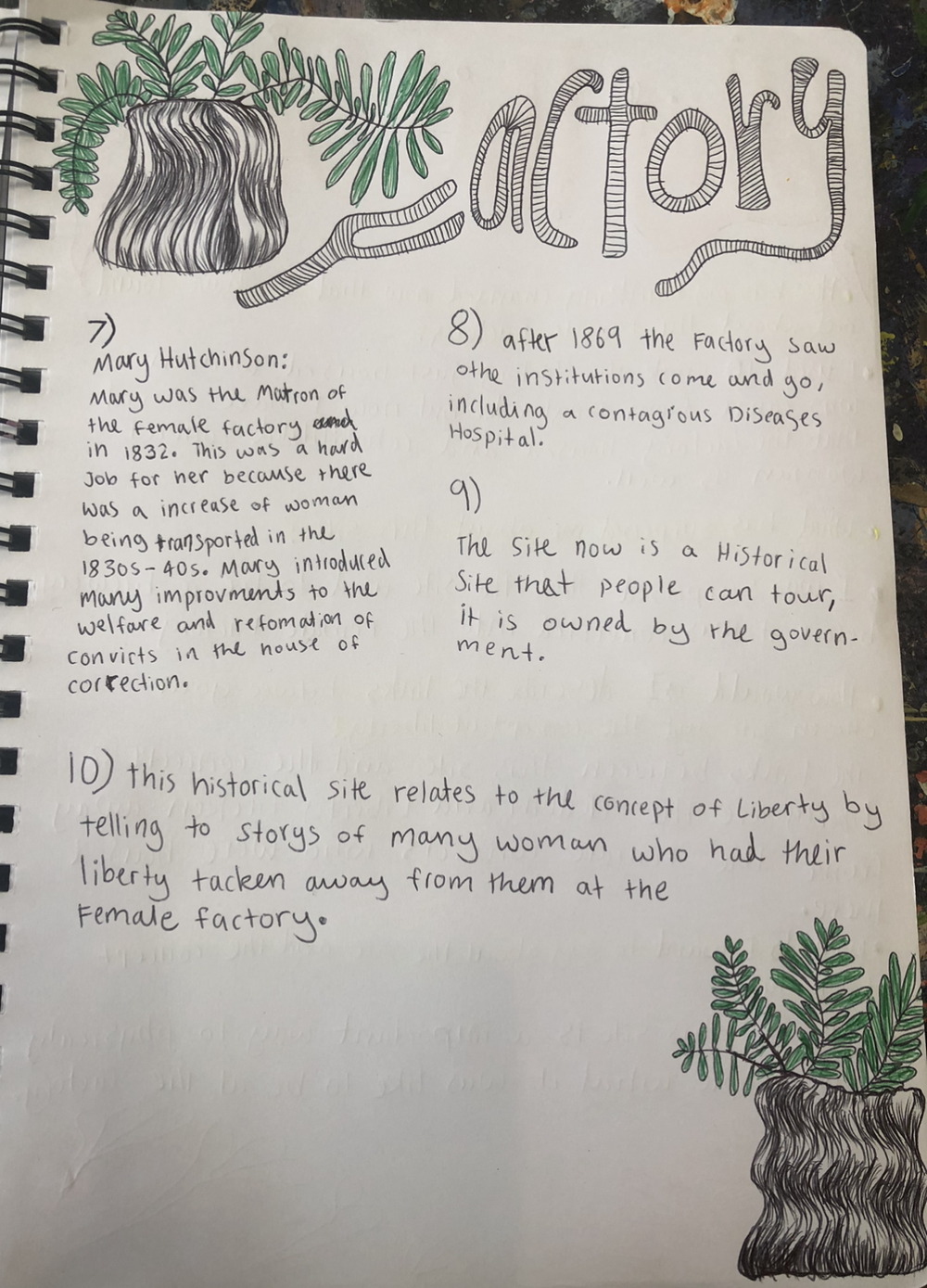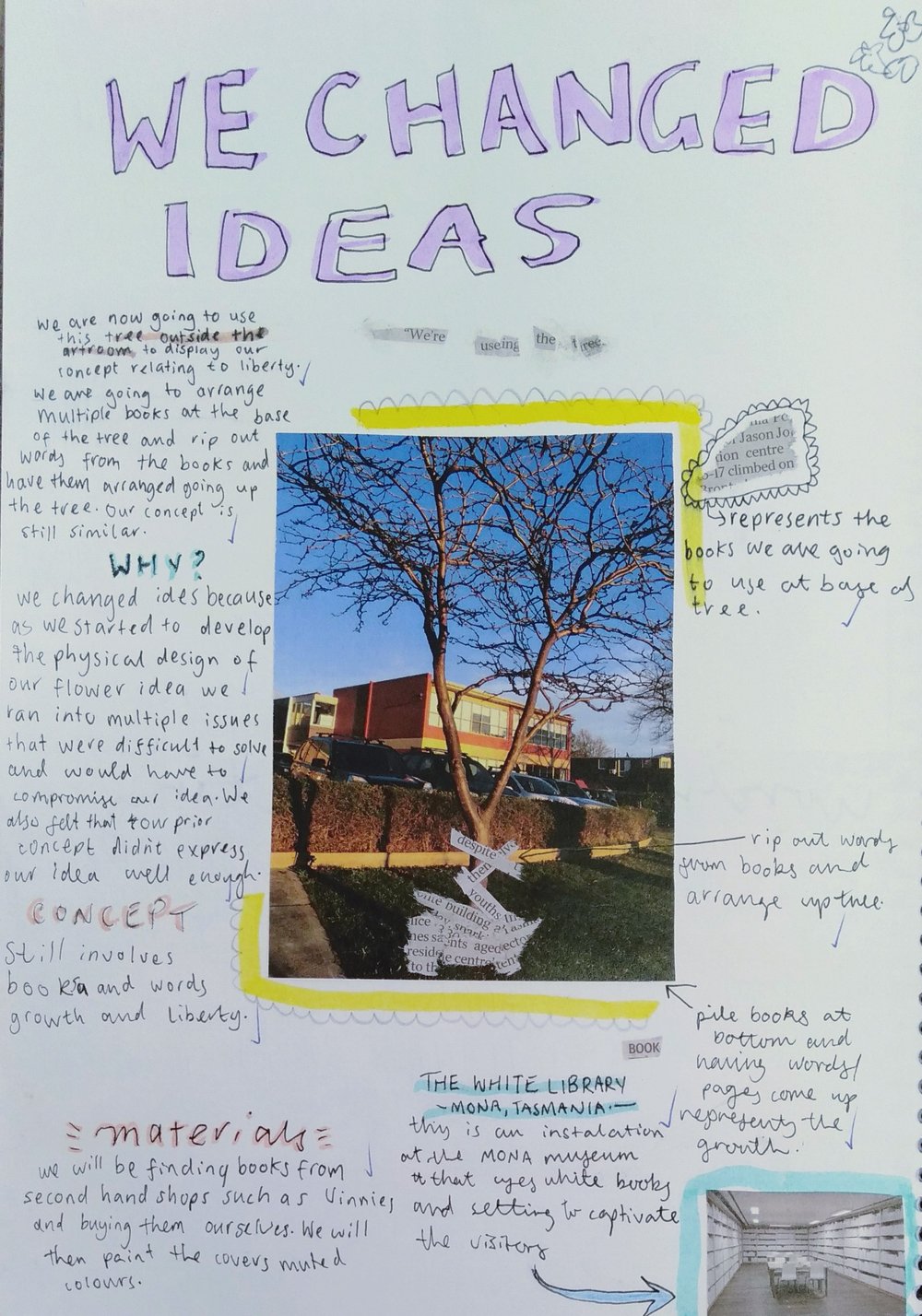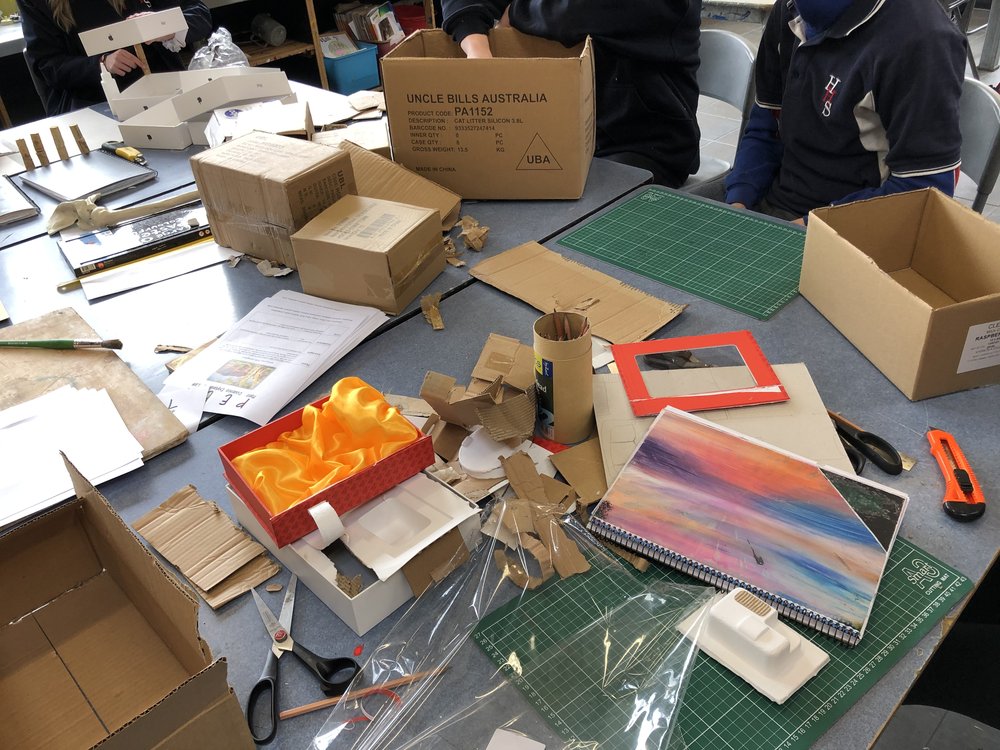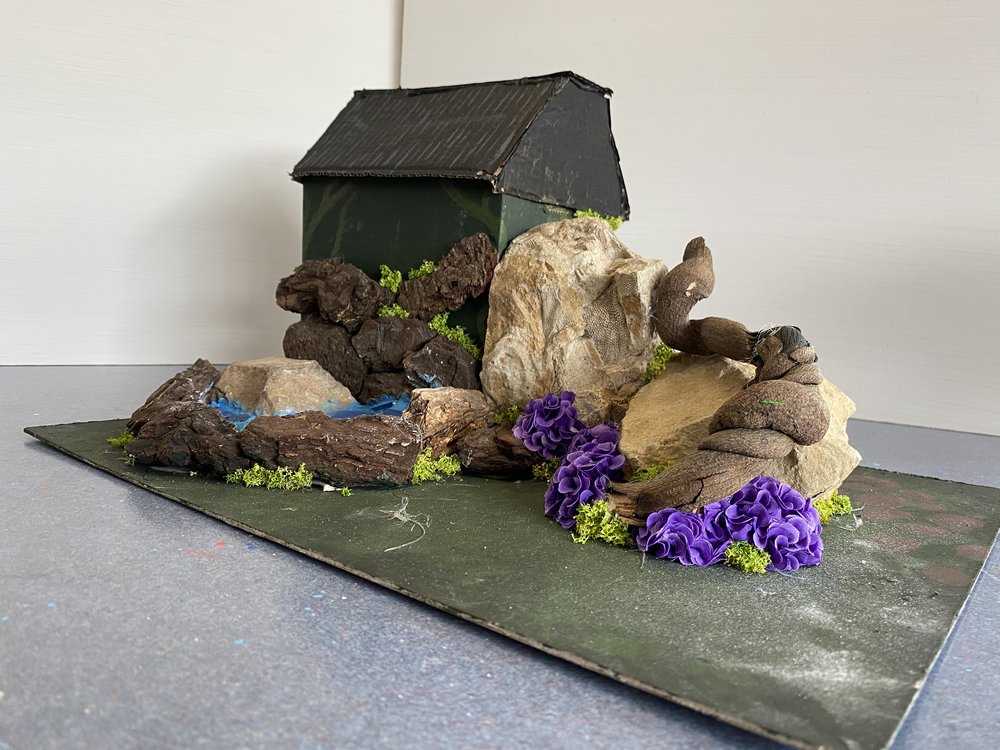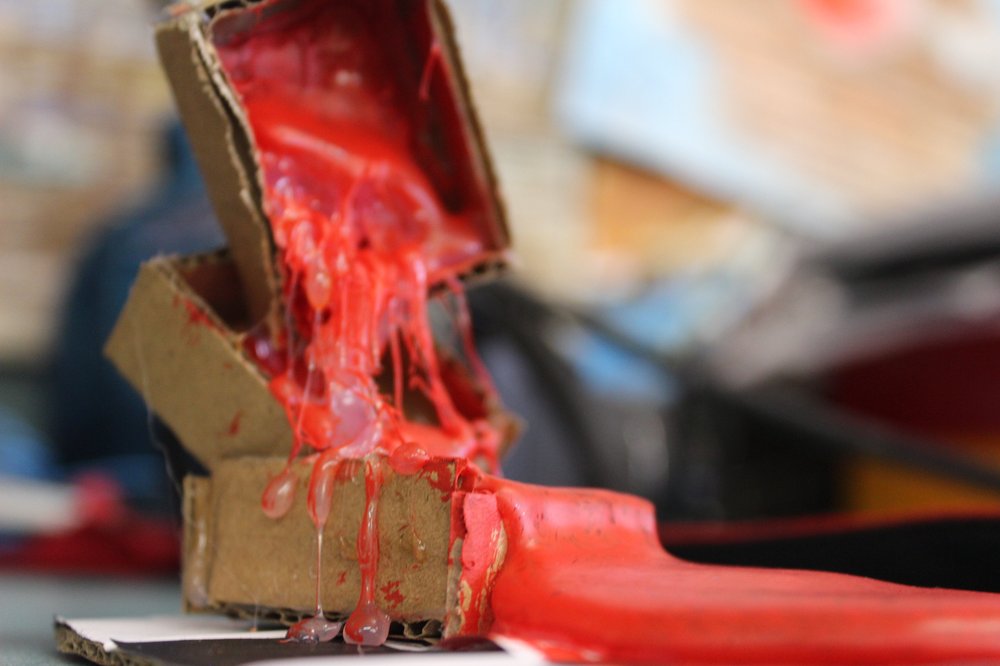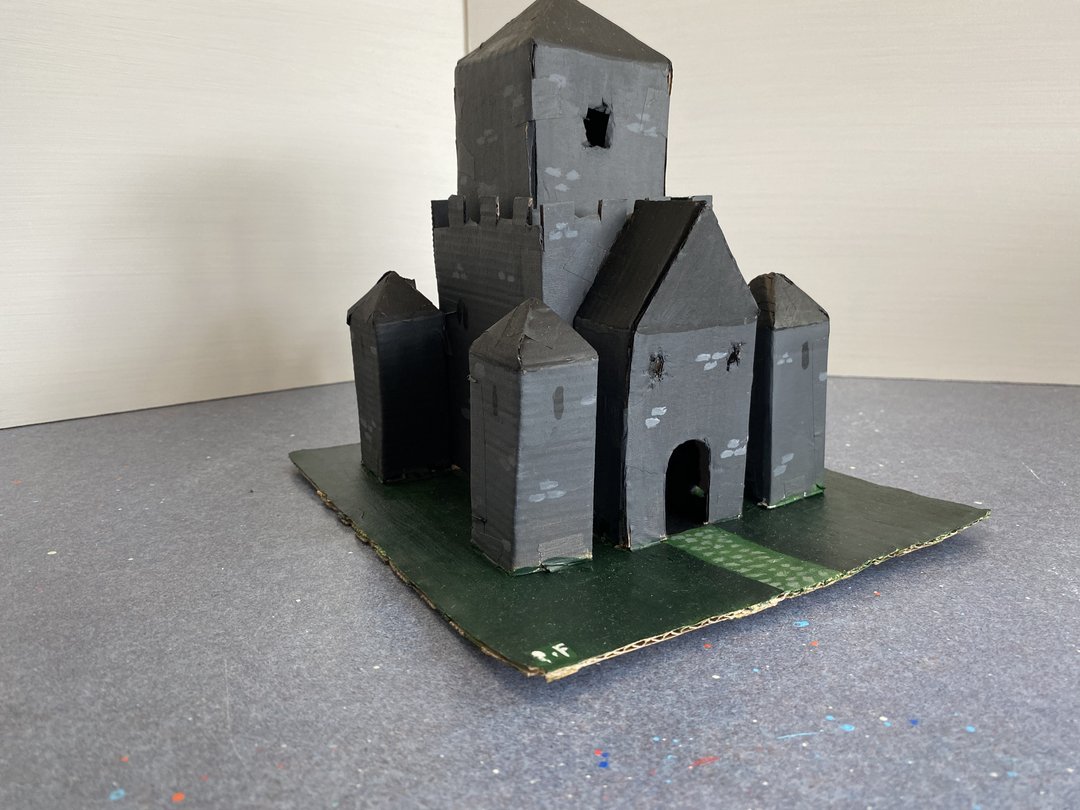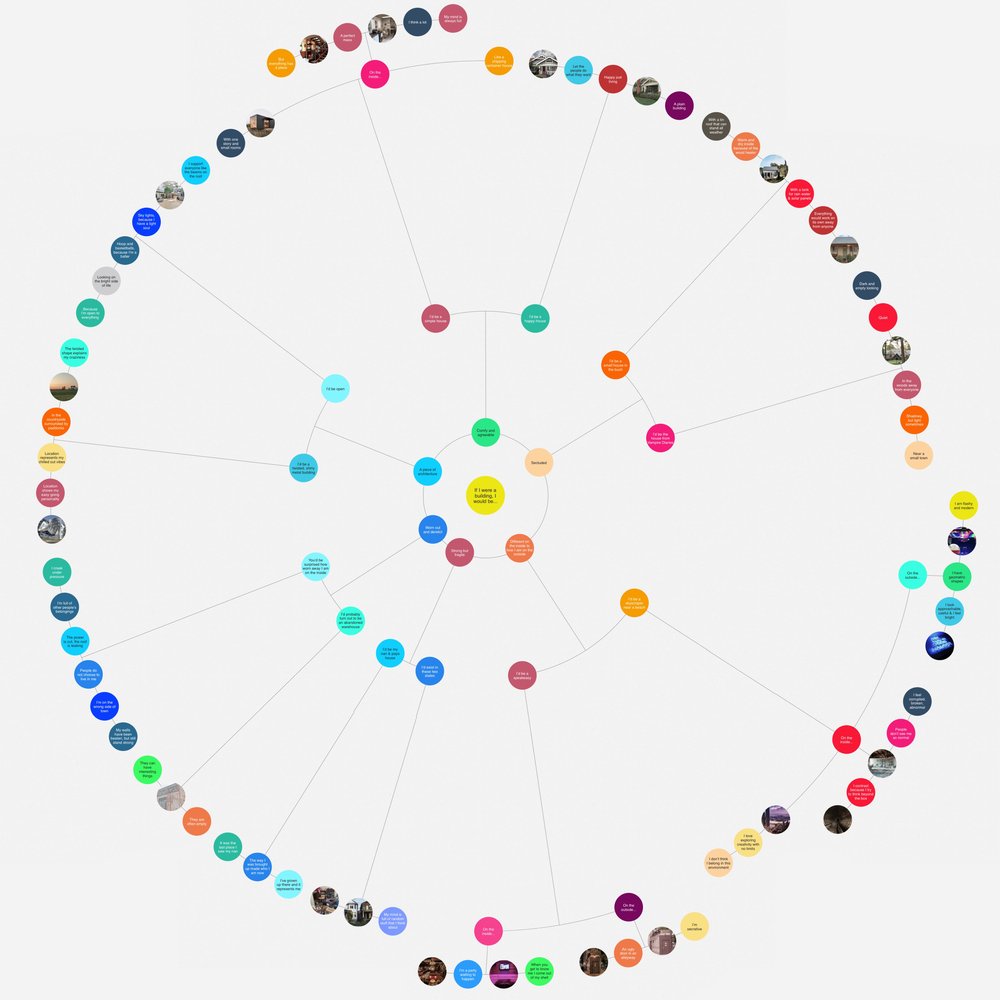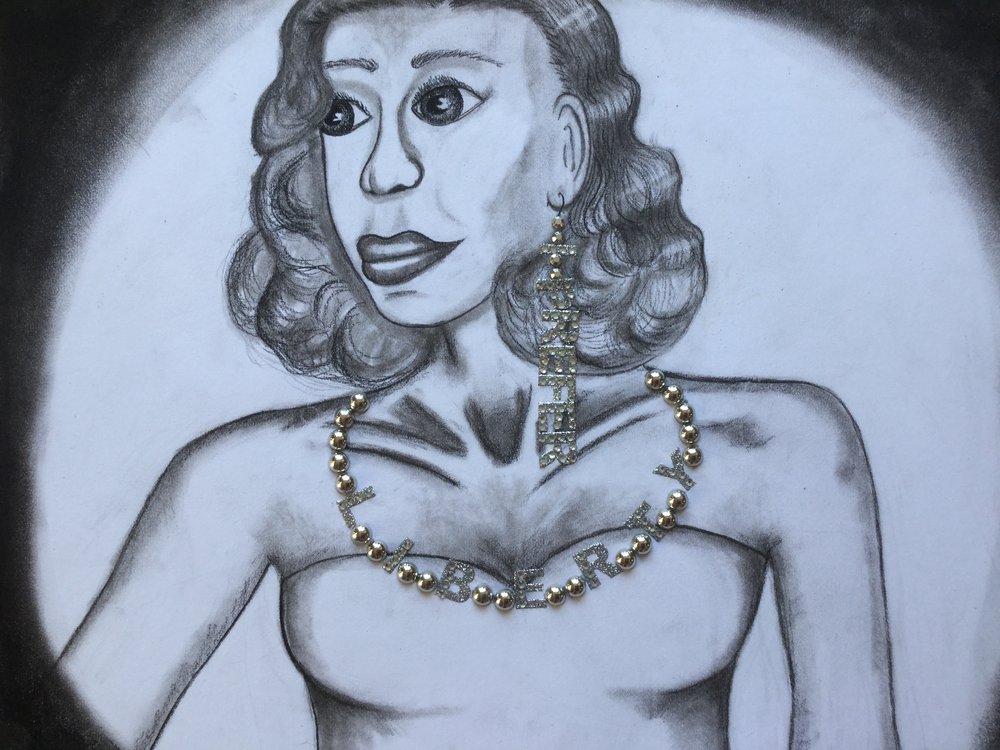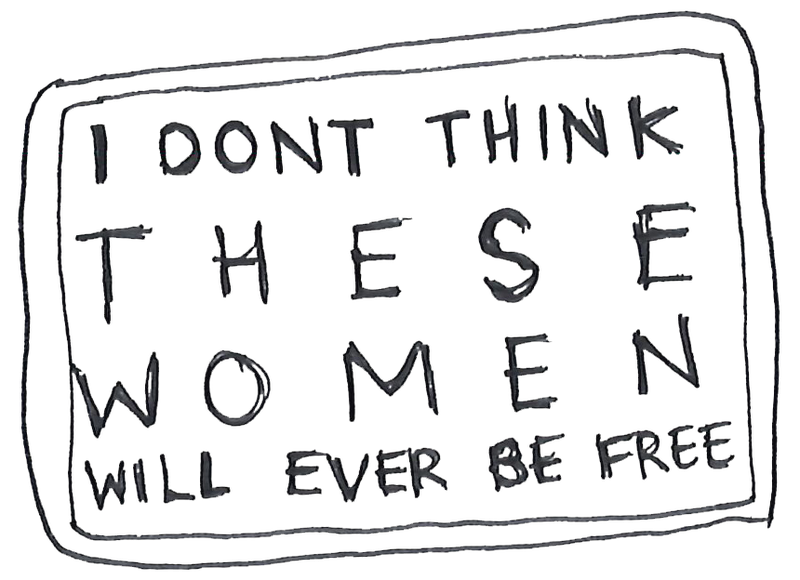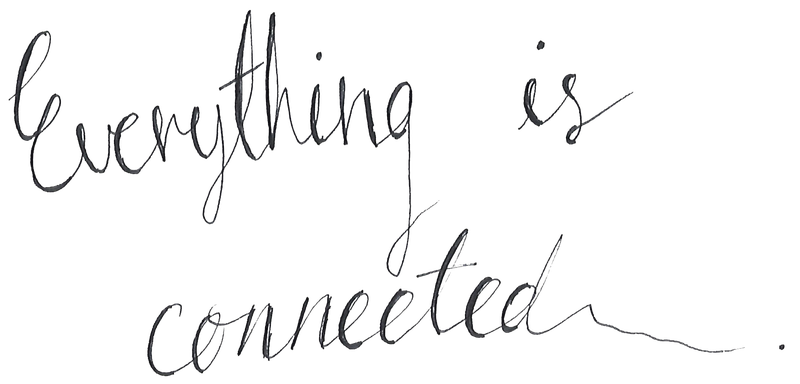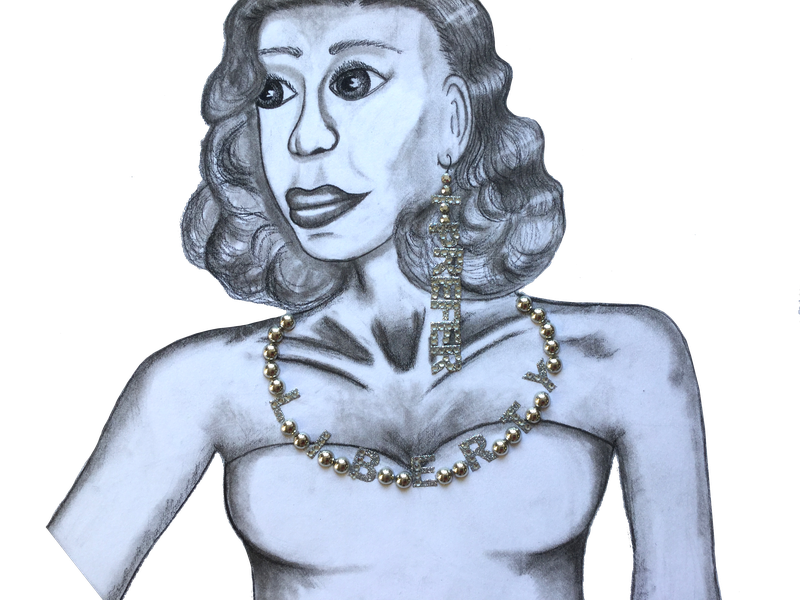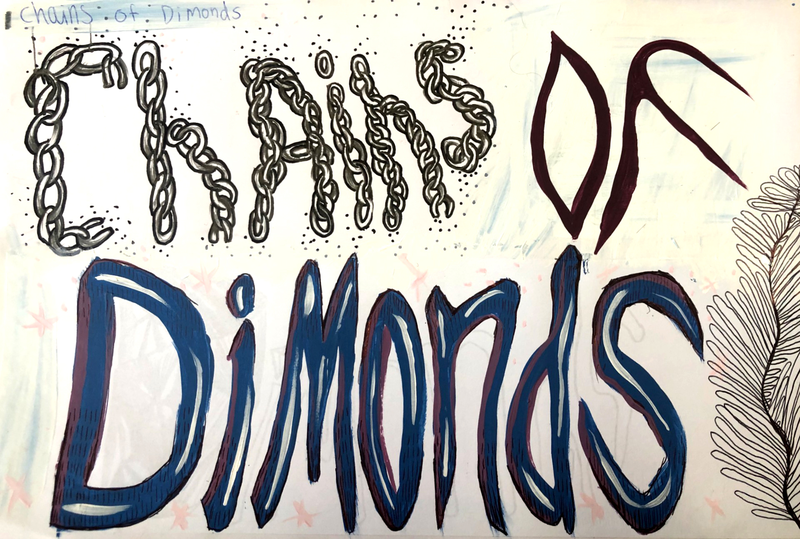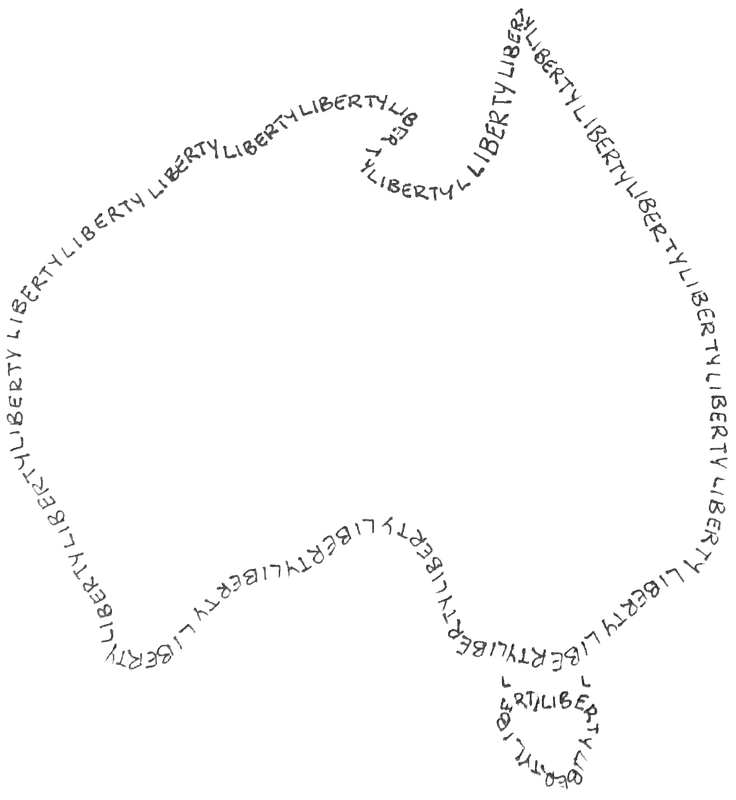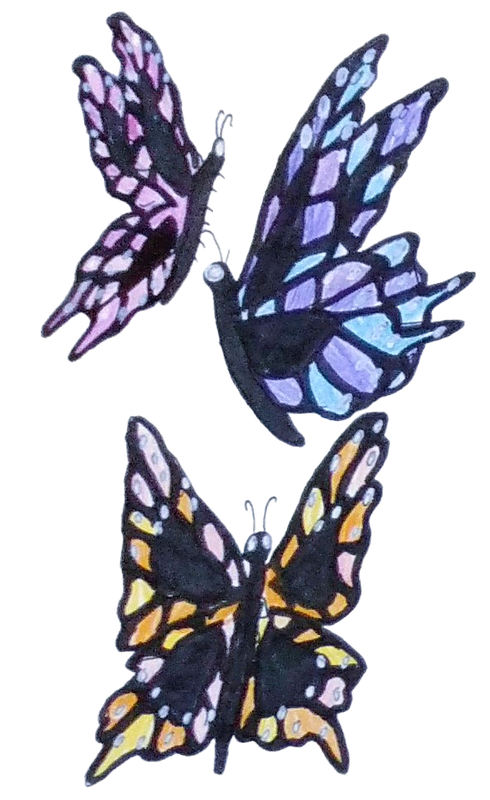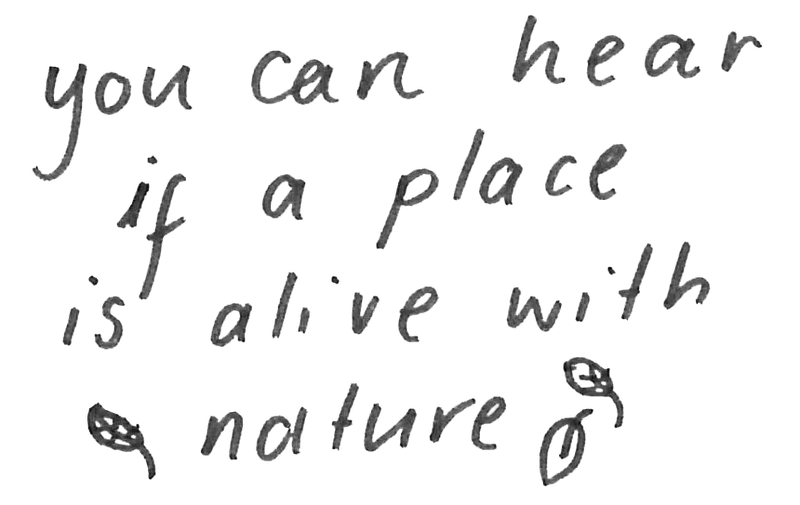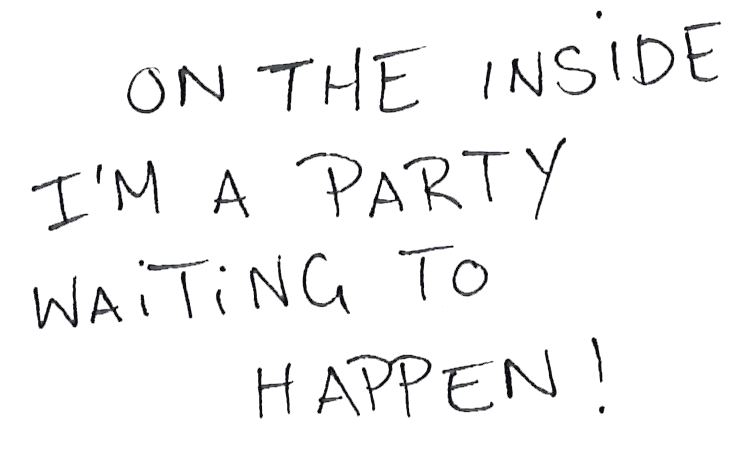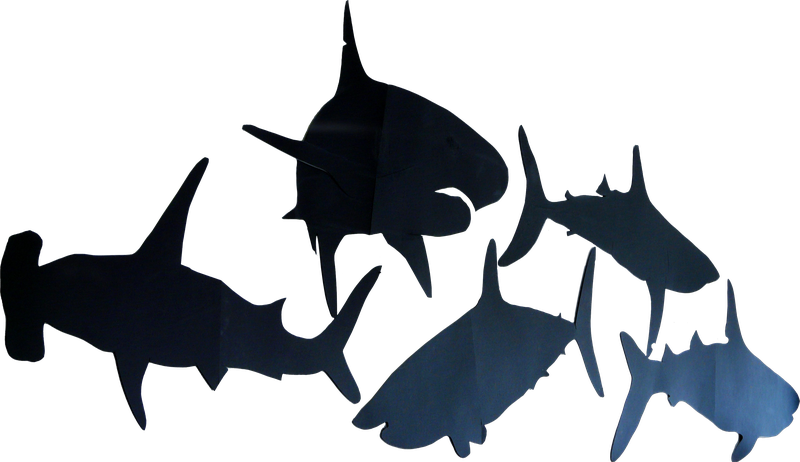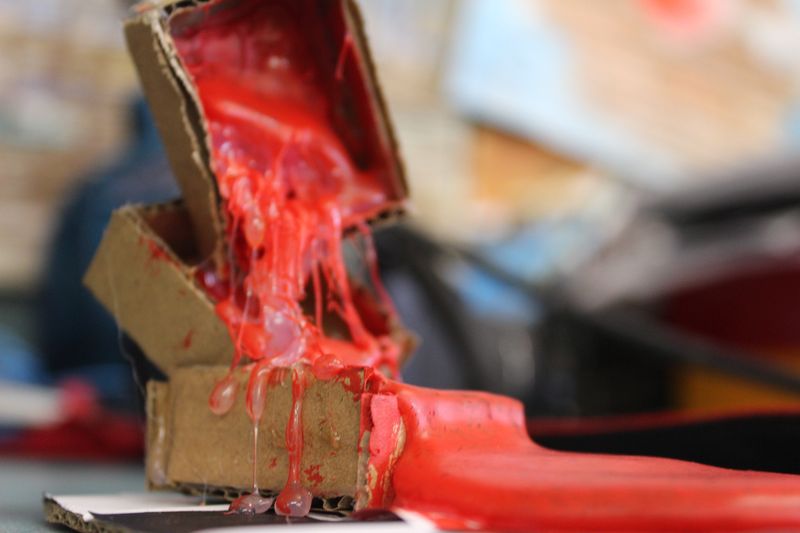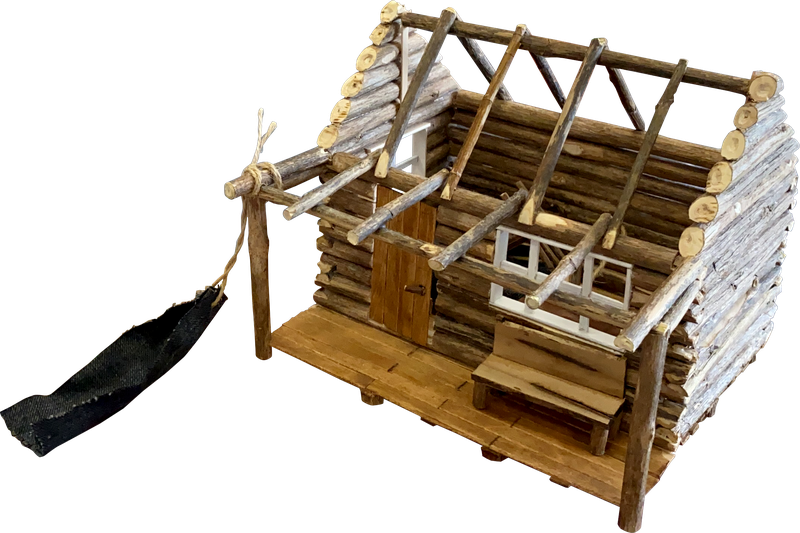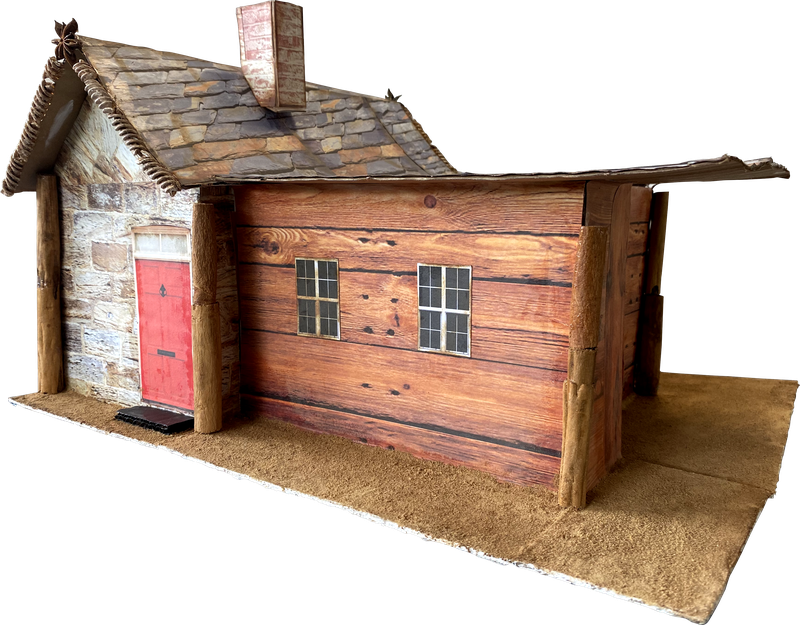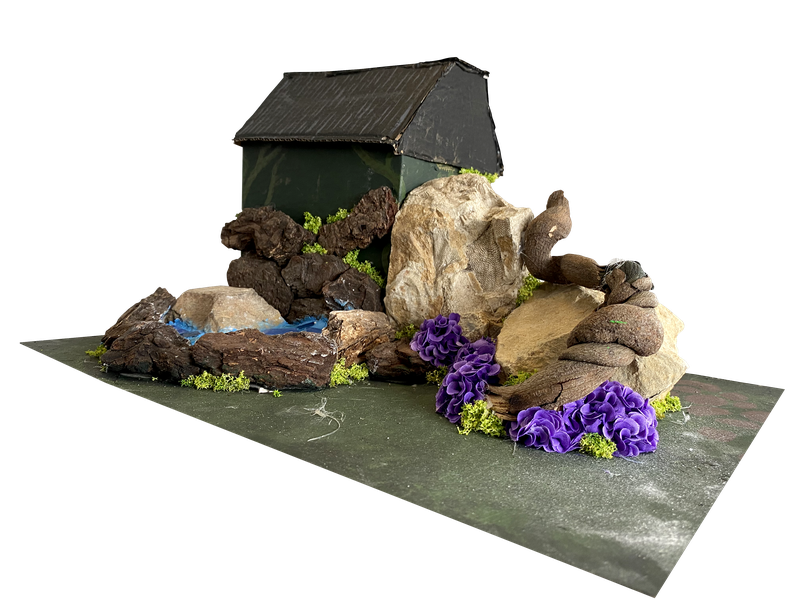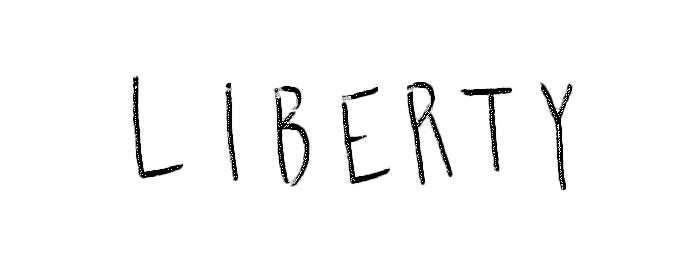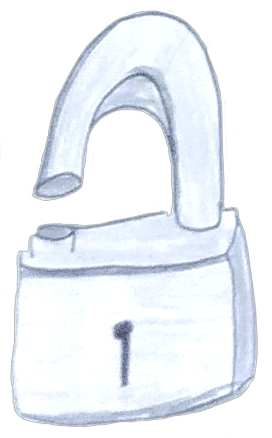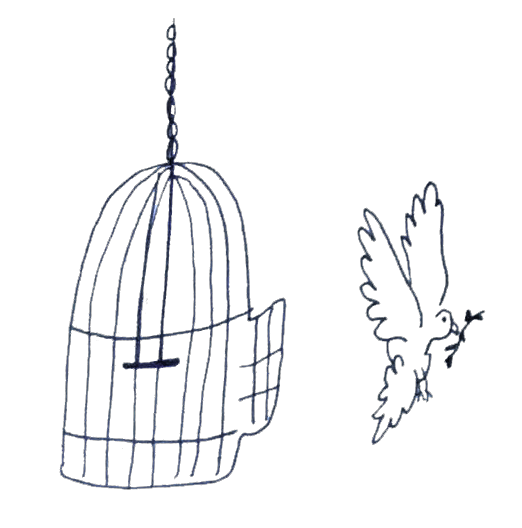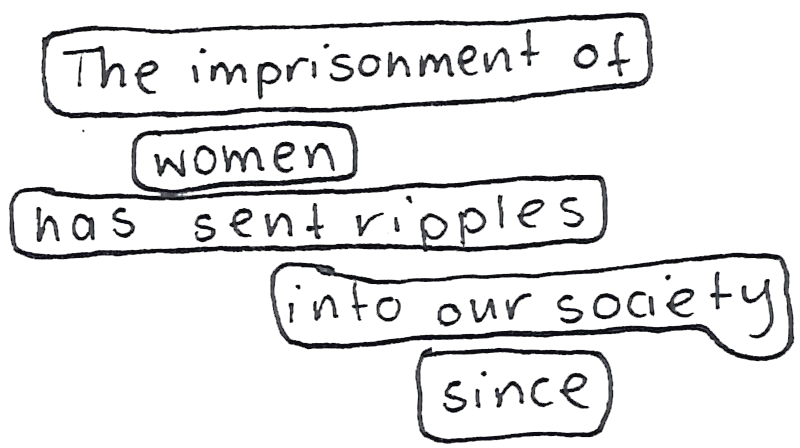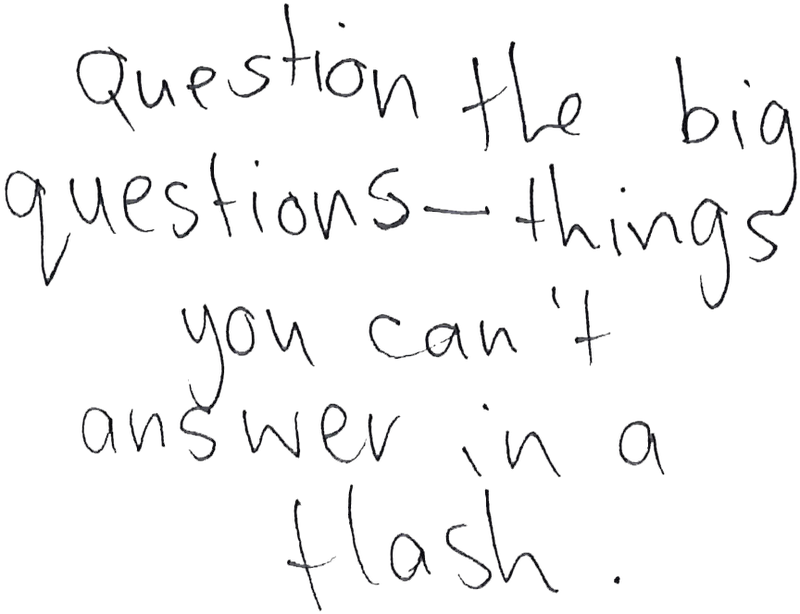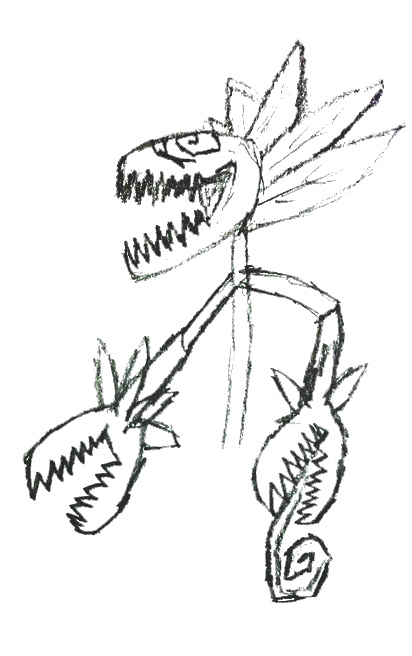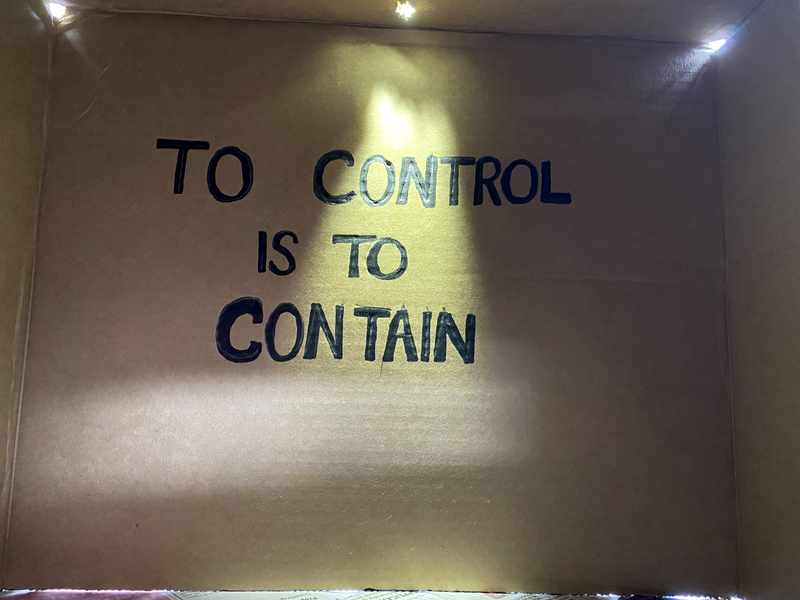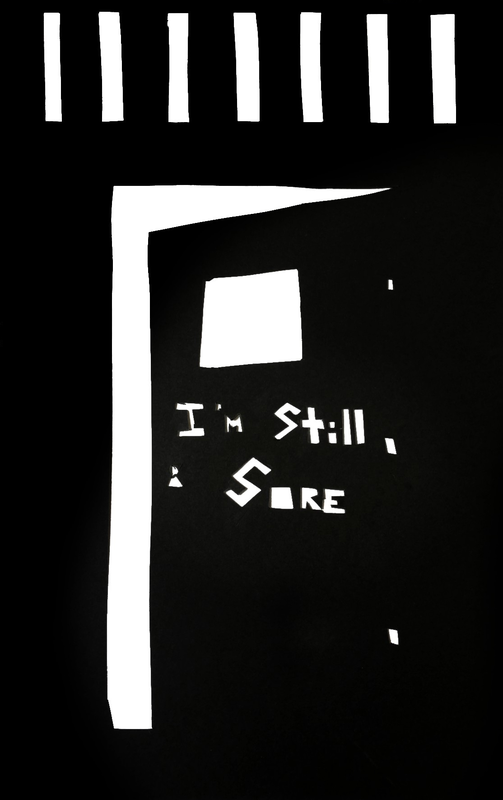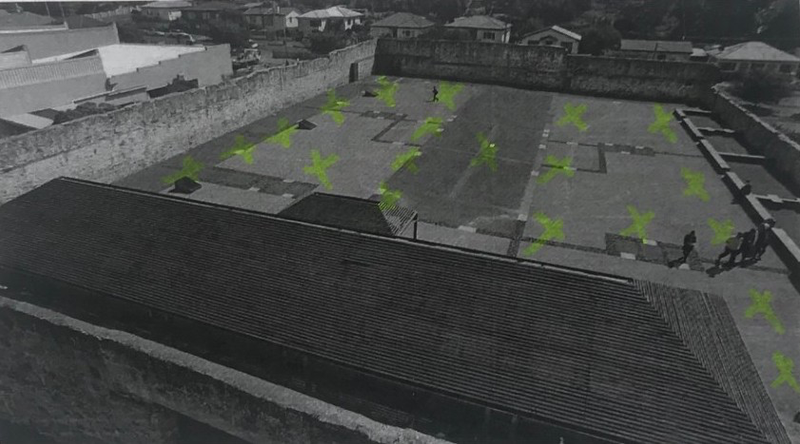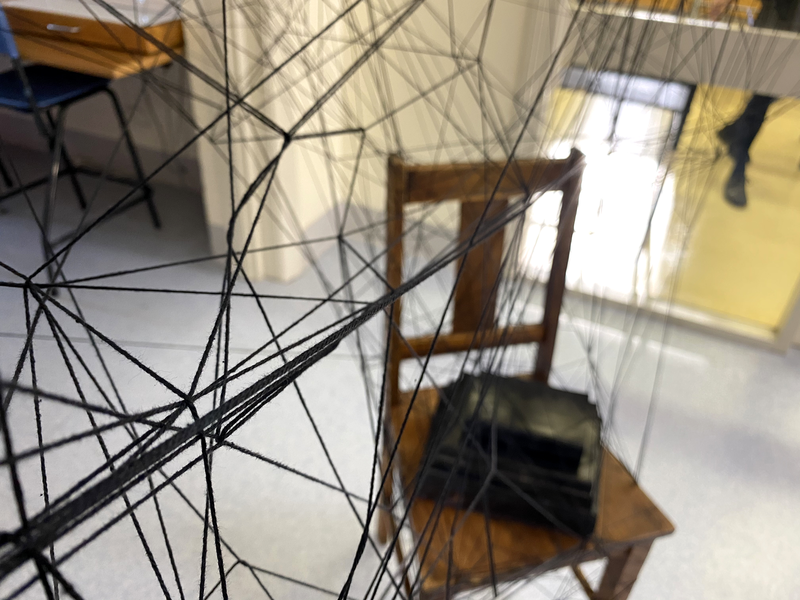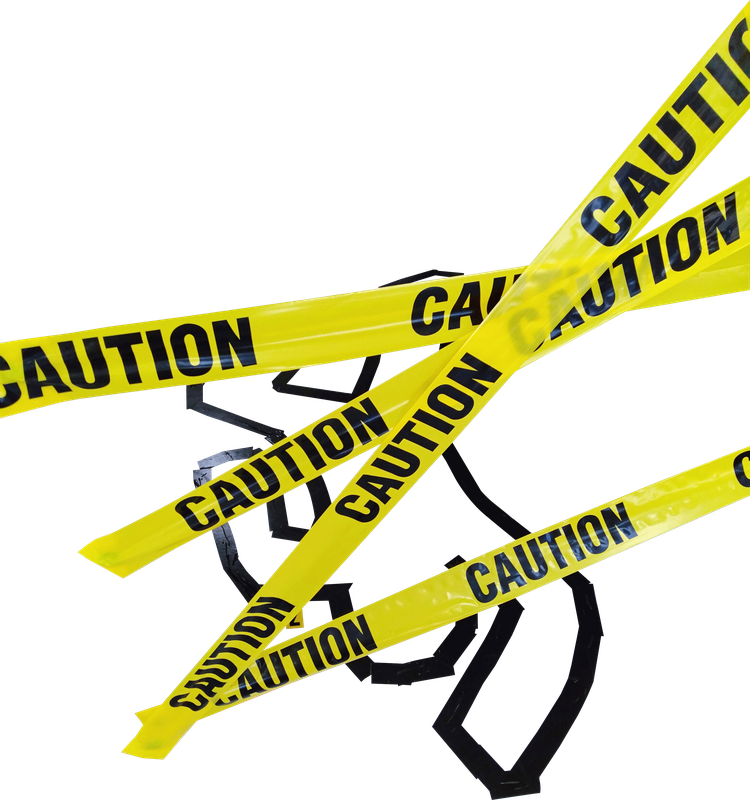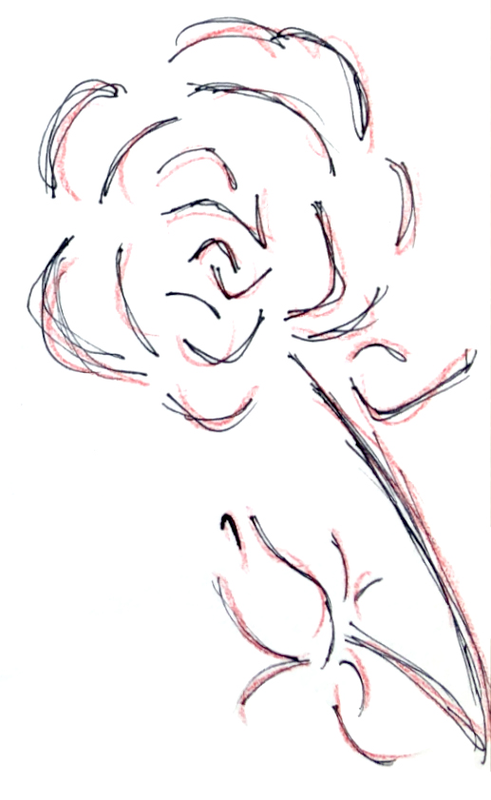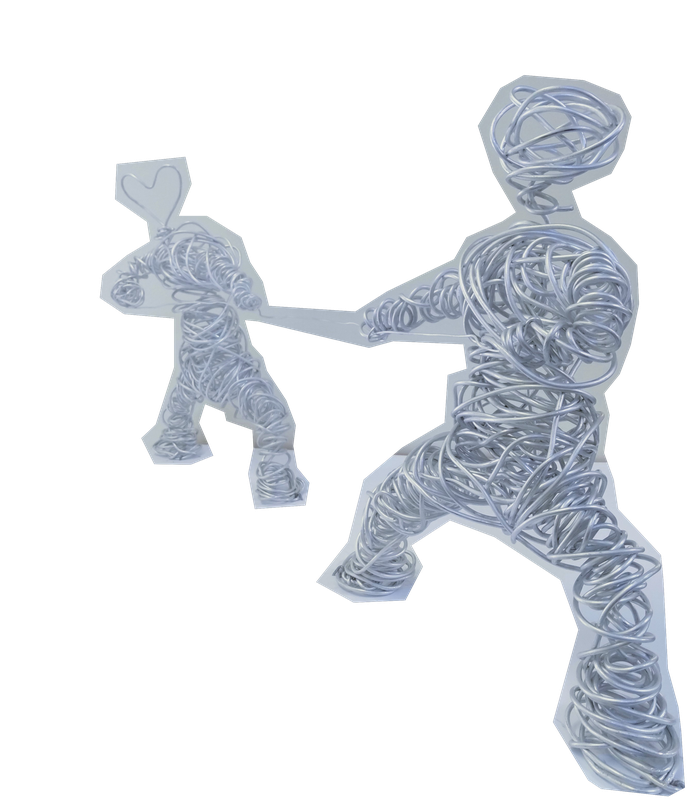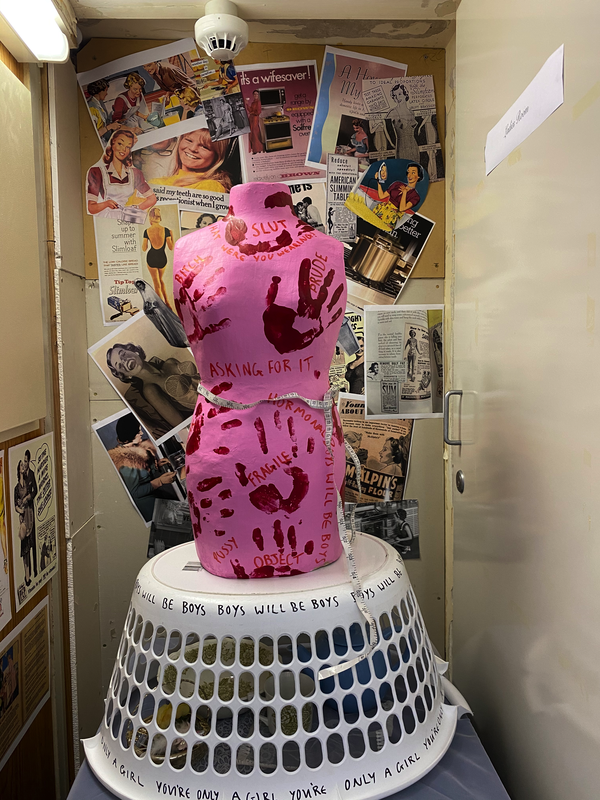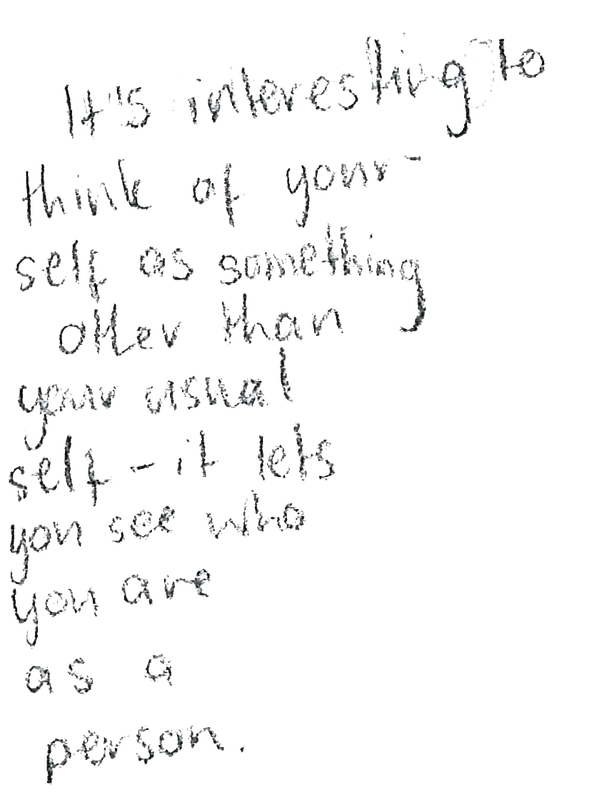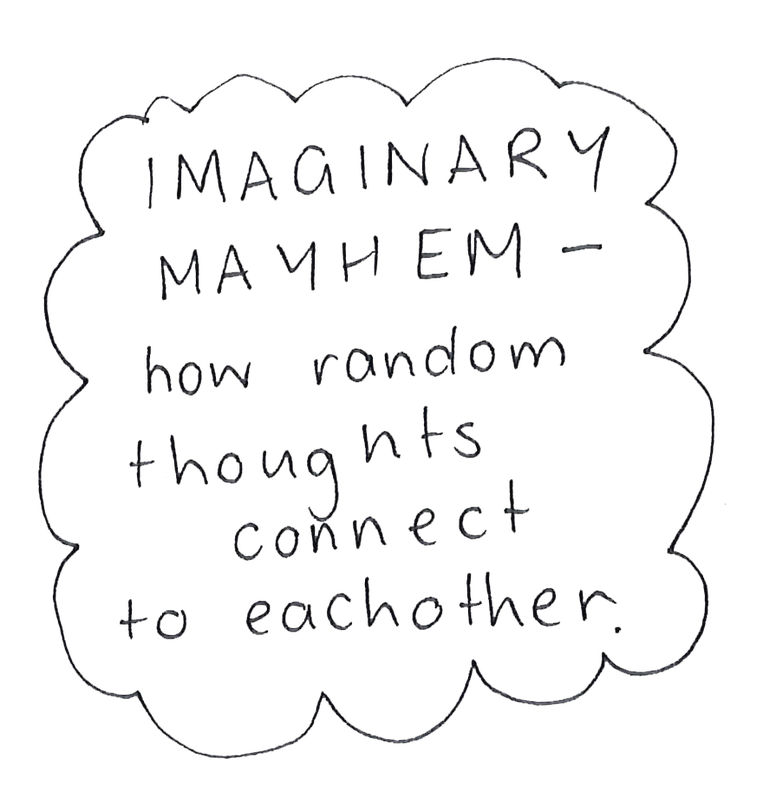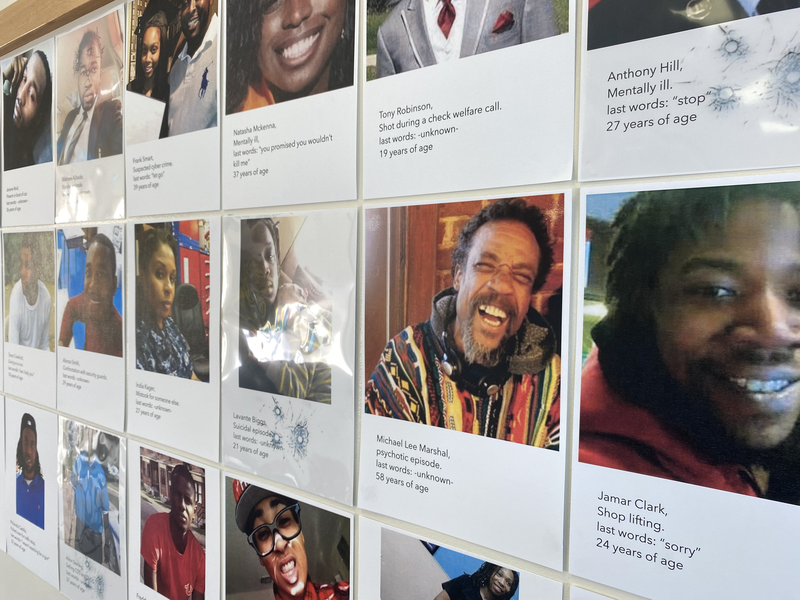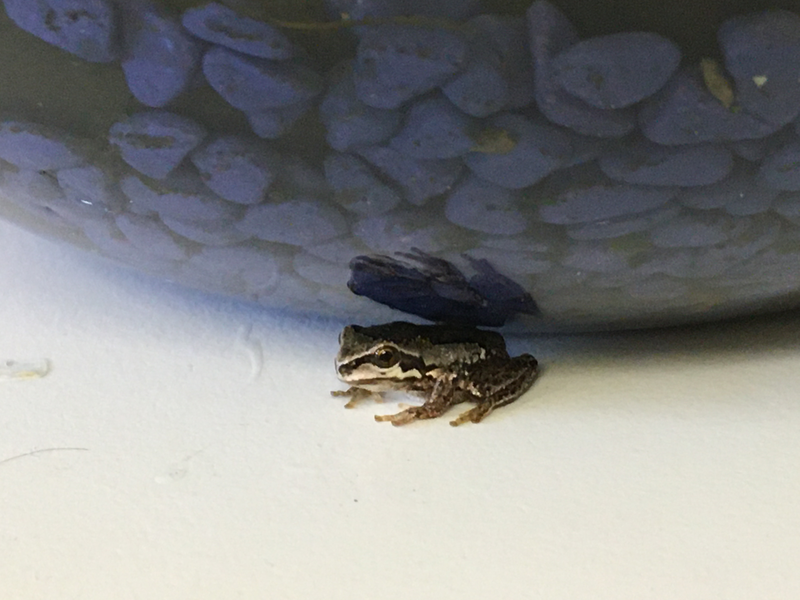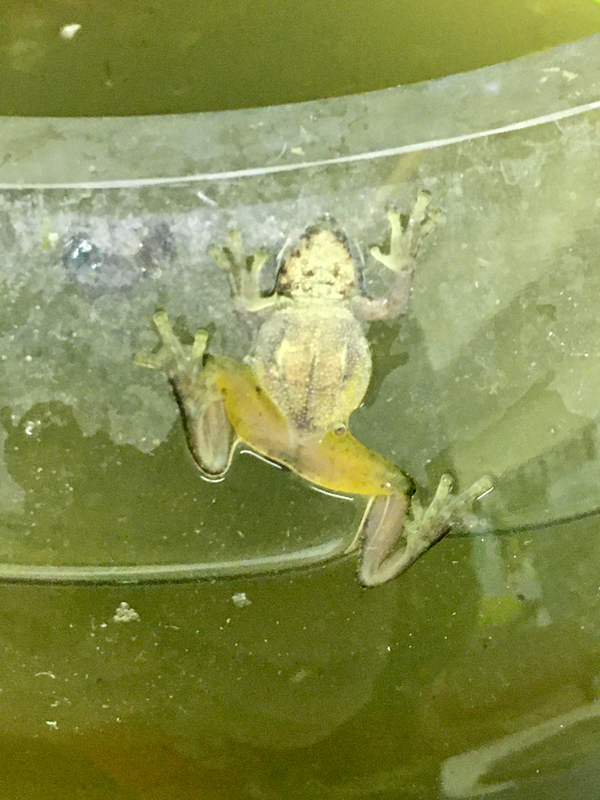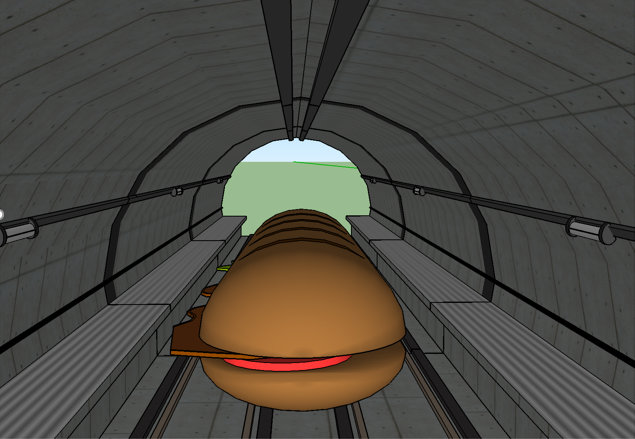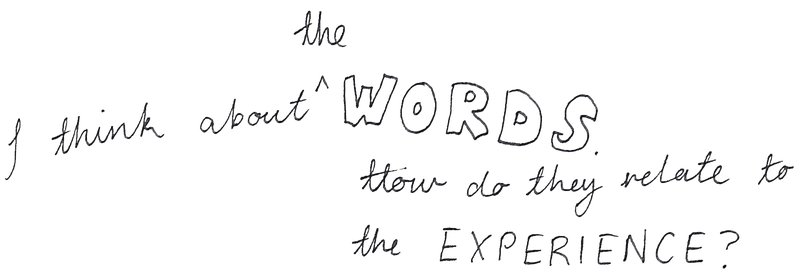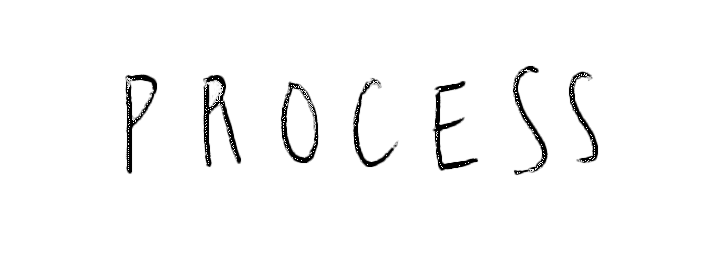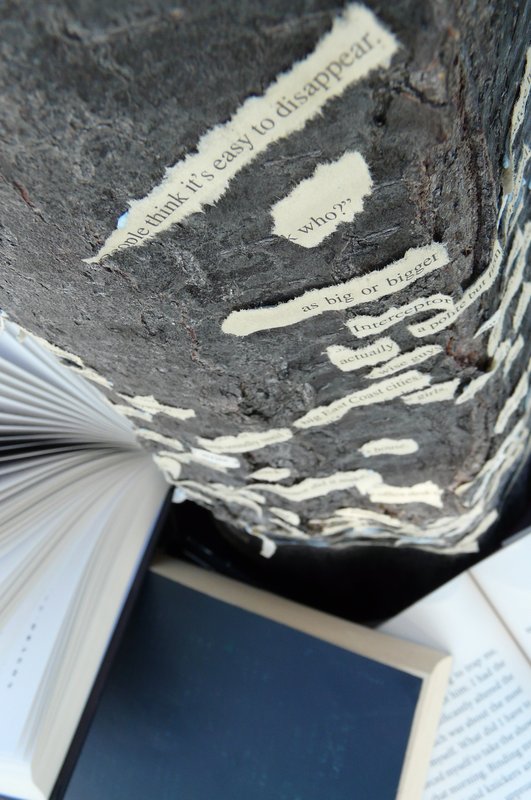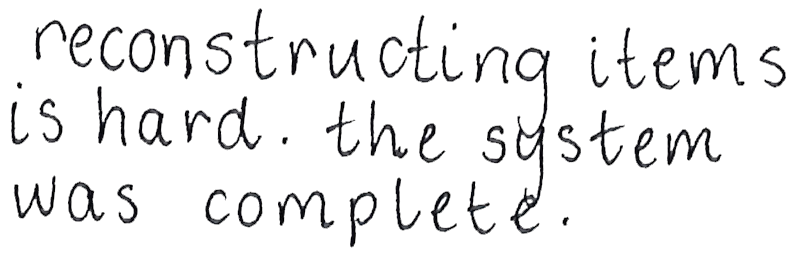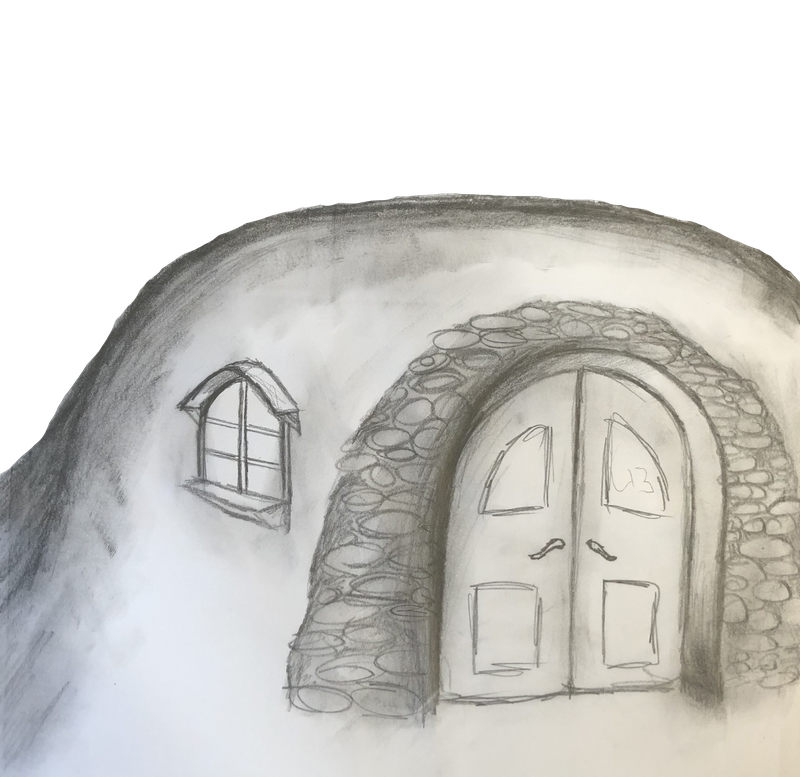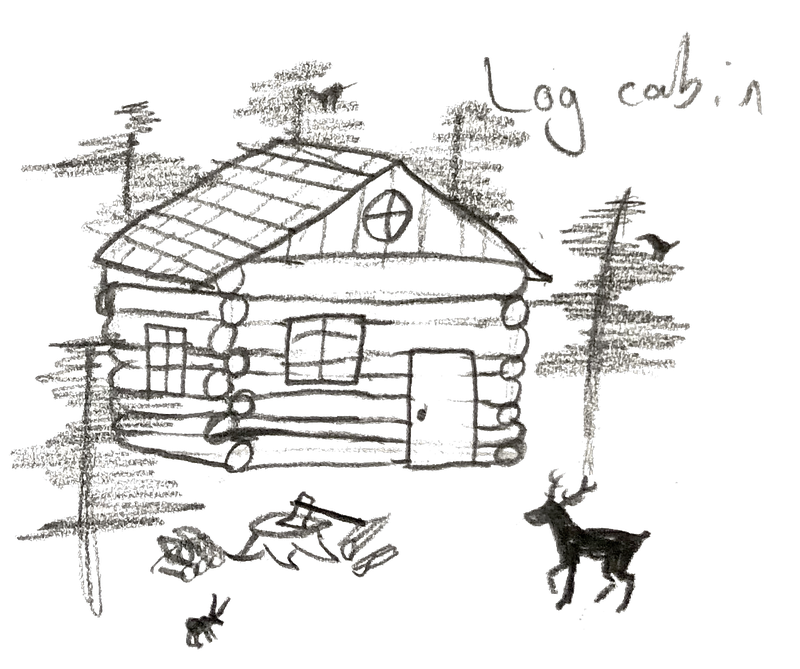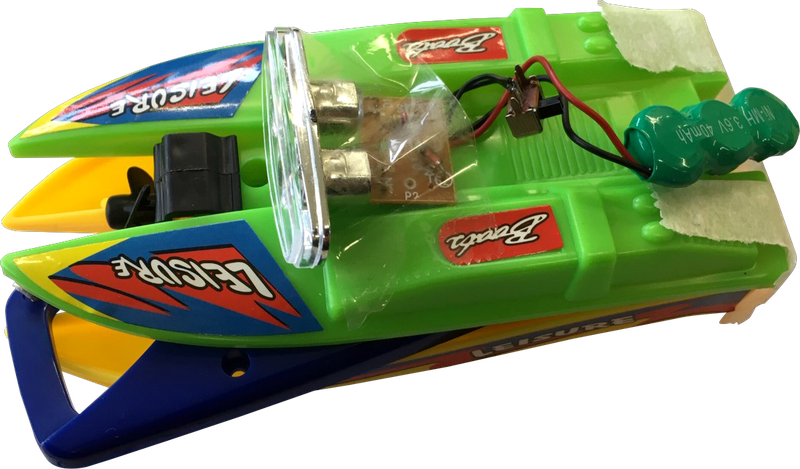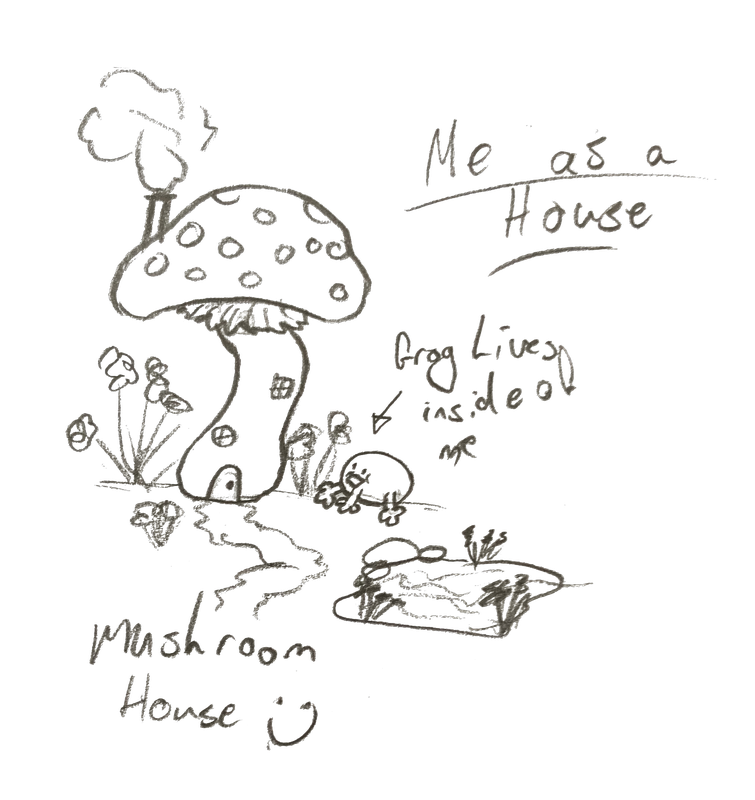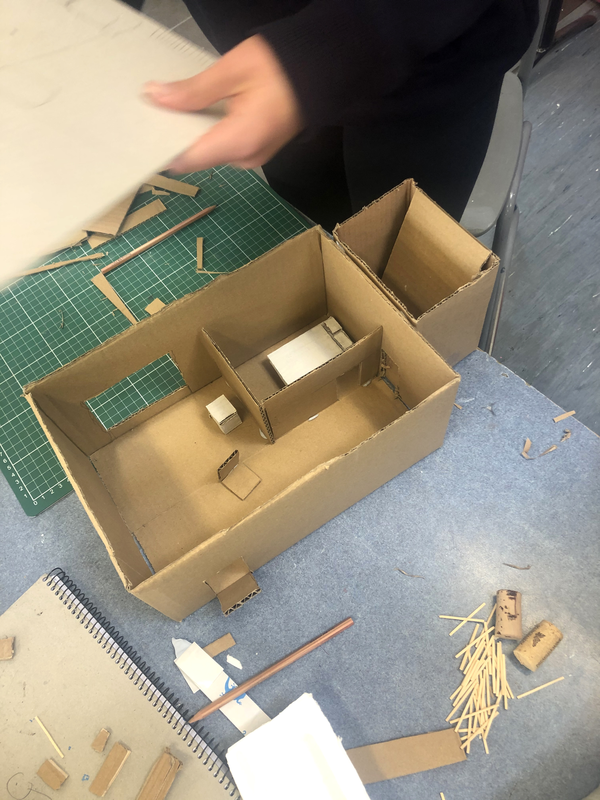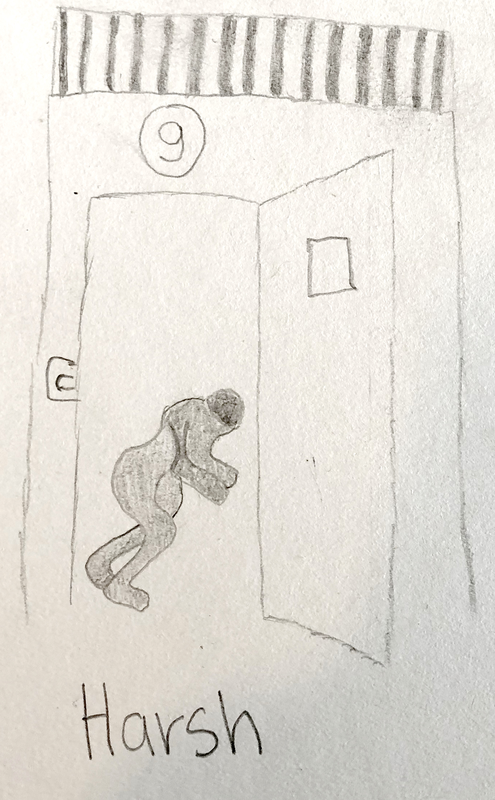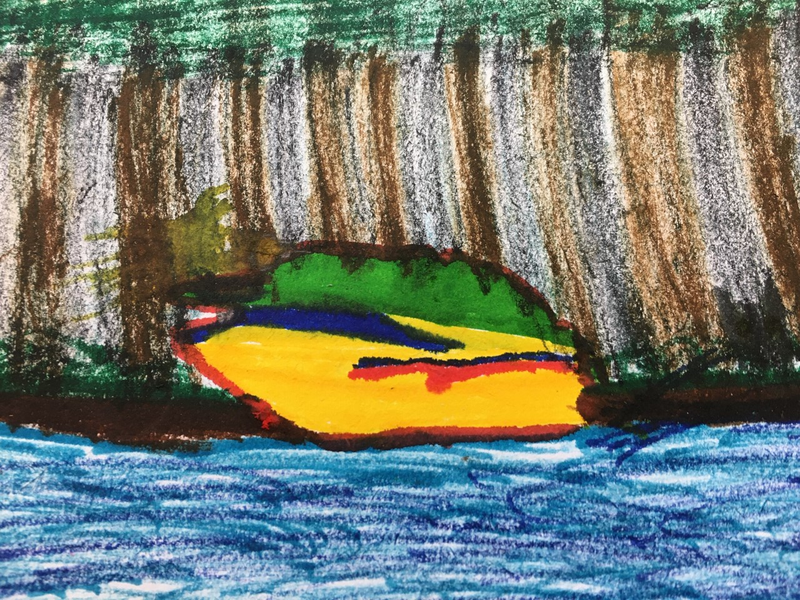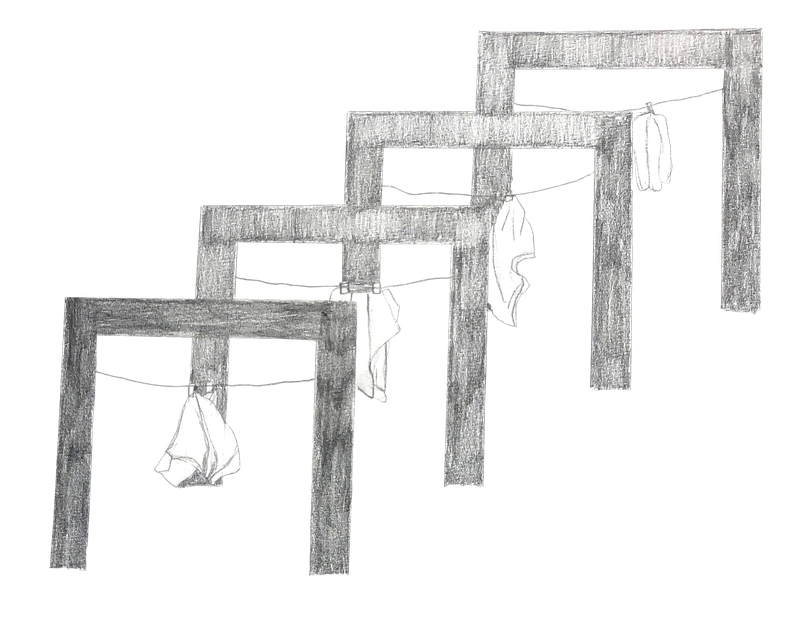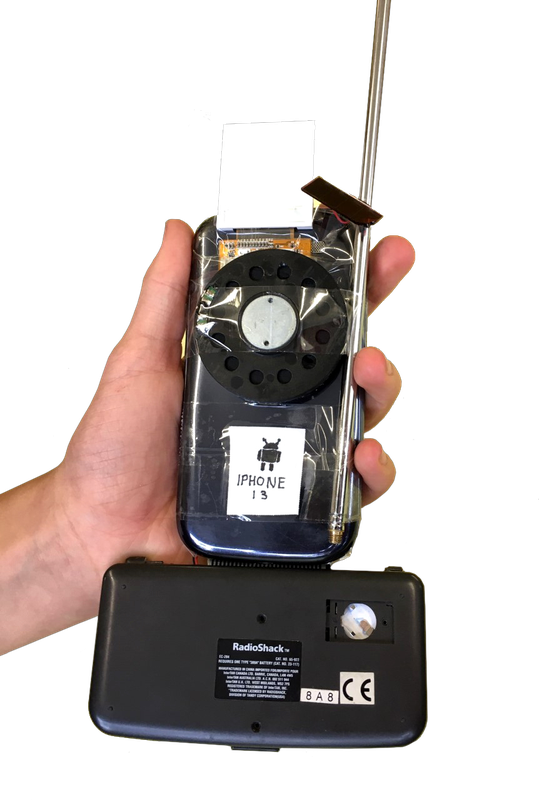
Education Digital Scrapbook
This digital scrapbook is a place to explore students’ work, created as part of the Hobart Current Education Program. The program was a collaborative process across 2020, between Hobart Current artists and secondary school students from across Tasmania.
The artists provided provocations to the students and shared their art making processes, before inviting students to respond creatively to the exhibition theme of ‘Liberty’.
The digital scrapbook documents the rich and robust responses of young people, considering and analysing the concept of what ‘Liberty’ means in today’s tumultuous and fast paced world.
Navigating the World
/ˈnævəgeɪt/ (say 'navuhgayt)
verb (navigated, navigating)
–verb (t) 1. to traverse (the sea, a river, etc.) in a vessel, or (the air) in an aircraft.
2. to direct or manage (a ship, aircraft, etc.) on its course.
3. to pass over (the sea, etc.), as a ship does.
4. Internet to find one's way around (a website).
Navigating the World - Huonville
Shh… Listen. What can you hear?
Close your eyes.
What can you find out about where you are, just by listening?
Dexter Rosengrave and Huonville High School art class have recorded short soundscapes. These recordings were made while students were working from home during schools’ COVID-19 closures in term 2 — an interesting time to think about the theme of liberty.
This soundscape is a compilation of recordings made by multiple students.
Artist:
Dexter Rosengrave
Teacher:
Bobby-Jack Bowen Butchart
Navigating the World - Mount Carmel
Why do we make art? How do we interact with the world as artists?
Art can help us make sense of the world around us. Mount Carmel art class and Jacob Leary have been talking about what it means to be an artist.
The students have made installations exploring the theme of Liberty. Current events around the world have layered new relevance on this theme. Many of the students have looked at the world around them and used their art making as a tool to understand it, critique it and contribute their own perspectives.
Artist:
Jacob Leary
Teacher:
Julie Brock
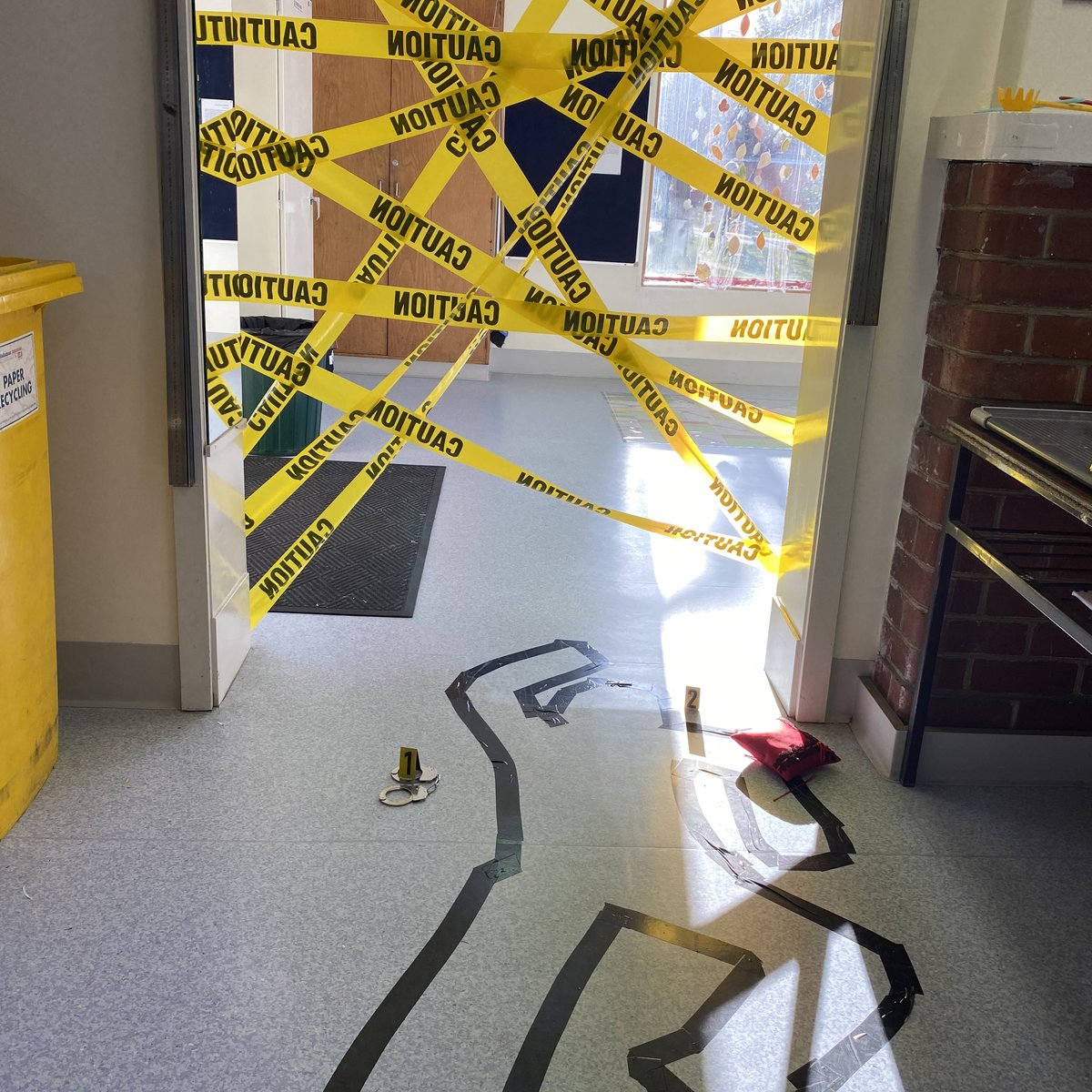
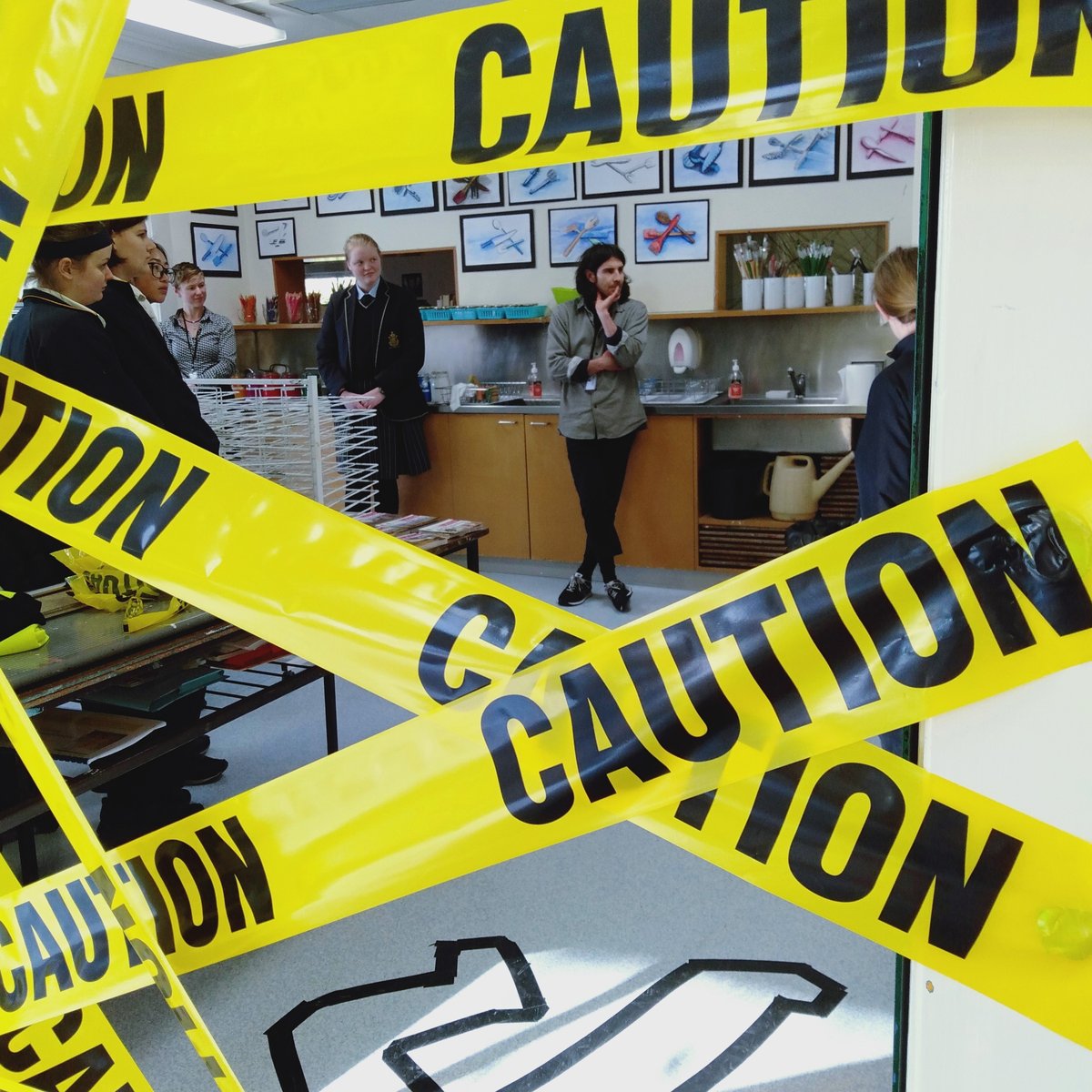
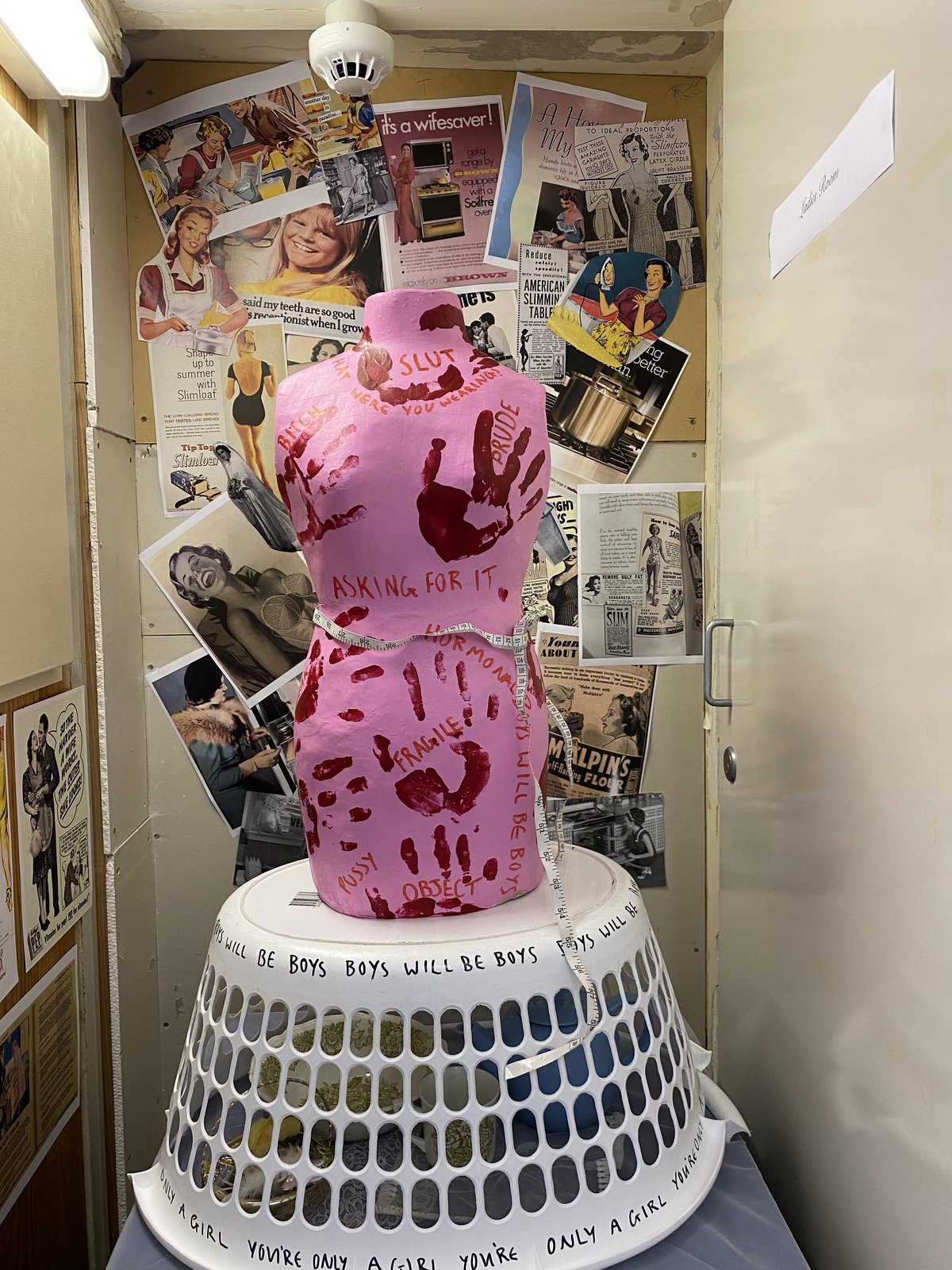
Navigating the World - Lilydale
We live within — and are connected to — many systems.
What’s happening within them, and how do they work? How we create pollution, how we can improve quality of life, and how we might care for our environments can all be related to systems.
Lilydale High School art class have been working with Nadège Philippe-Janon to explore systems and how we navigate them.
There are systems that we navigate with our bodies (like the subway or waterways), and systems that exist within our bodies (like our circulatory system or neural networks). There are also social systems that we create (like systems of support or oppression). We navigate all these systems every day, but we’re not always aware of their intricacies. These video works dive in to examine how we navigate the world of systems.
Artist:
Nadège Philippe-Janon
Teacher:
Kim Schneiders
Liberty
ˈlɪbəti/ (say 'libuhtee)
noun (plural liberties)
1. freedom from arbitrary or despotic government.
2. freedom from external or foreign rule; independence.
3. freedom from control, interference, obligation, restriction, hampering conditions, etc.; power or right of doing, thinking, speaking, etc., according to choice.
4. freedom from captivity, confinement, or physical restraint: the prisoner soon regained his liberty.
5. leave granted to a sailor, especially in the navy, to go ashore.
6. the freedom of, or right of frequenting or using a place, etc.
7. unwarranted or impertinent freedom in action or speech, or a form or instance of it.
Liberty - Mount Carmel
Mount Carmel art class and Jacob Leary have been exploring the theme of Liberty. Their installations speak of global movements, current issues and personal experiences. They explore the liberty to be safe in your body, to speak words of truth, to make your own choices and to move freely through the world that we share.
Artist:
Jacob Leary
Teacher:
Julie Brock
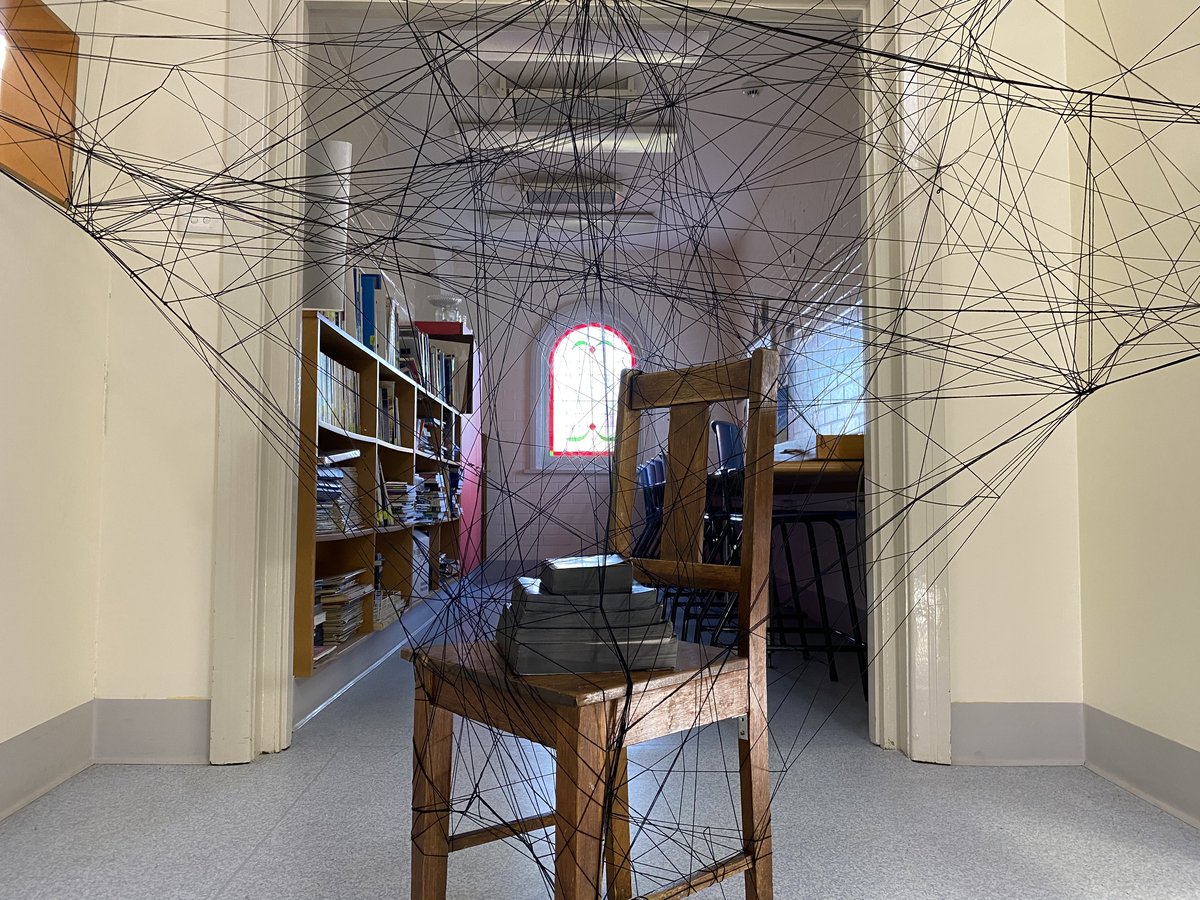
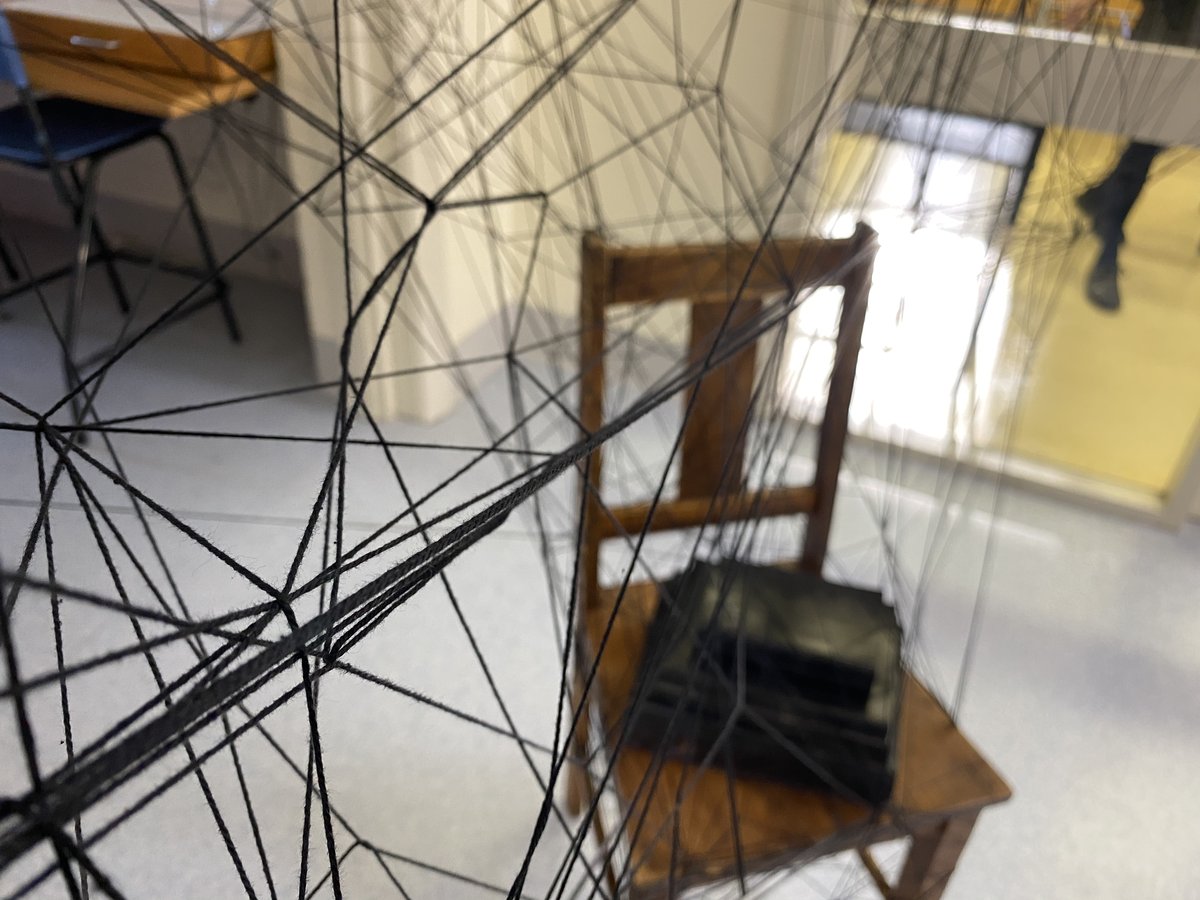
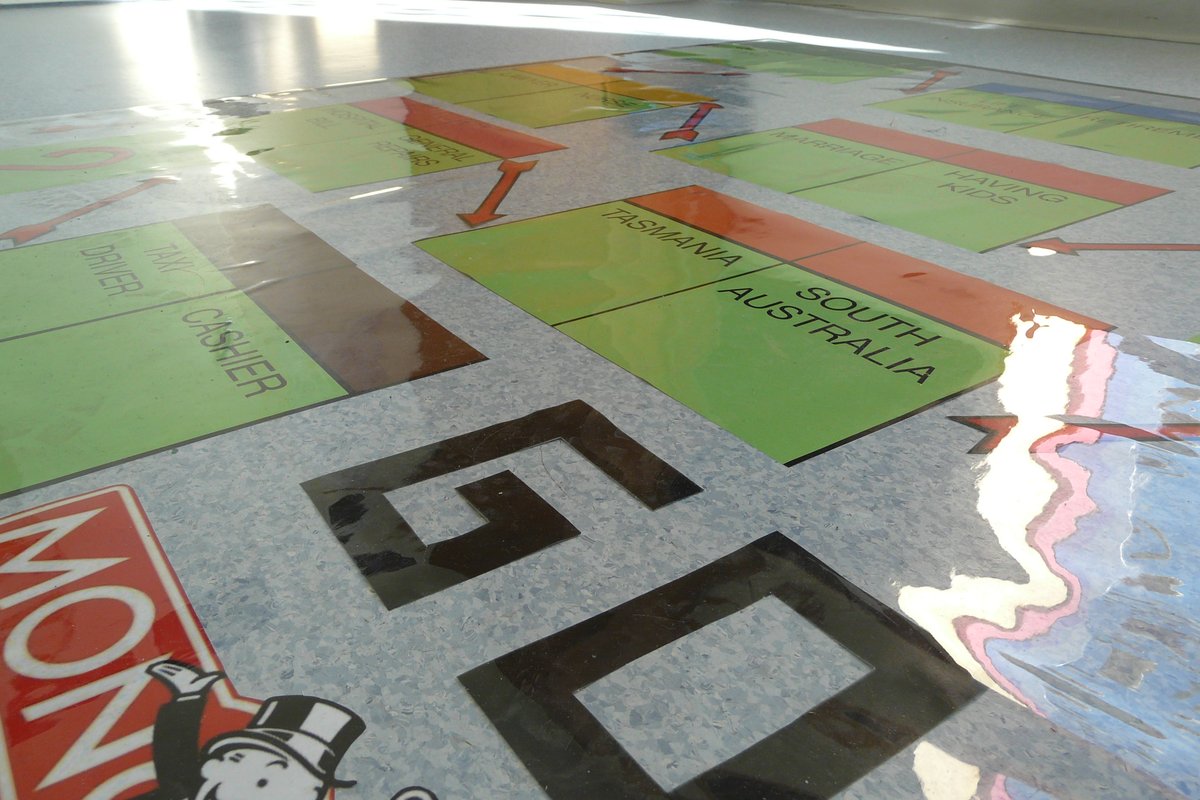
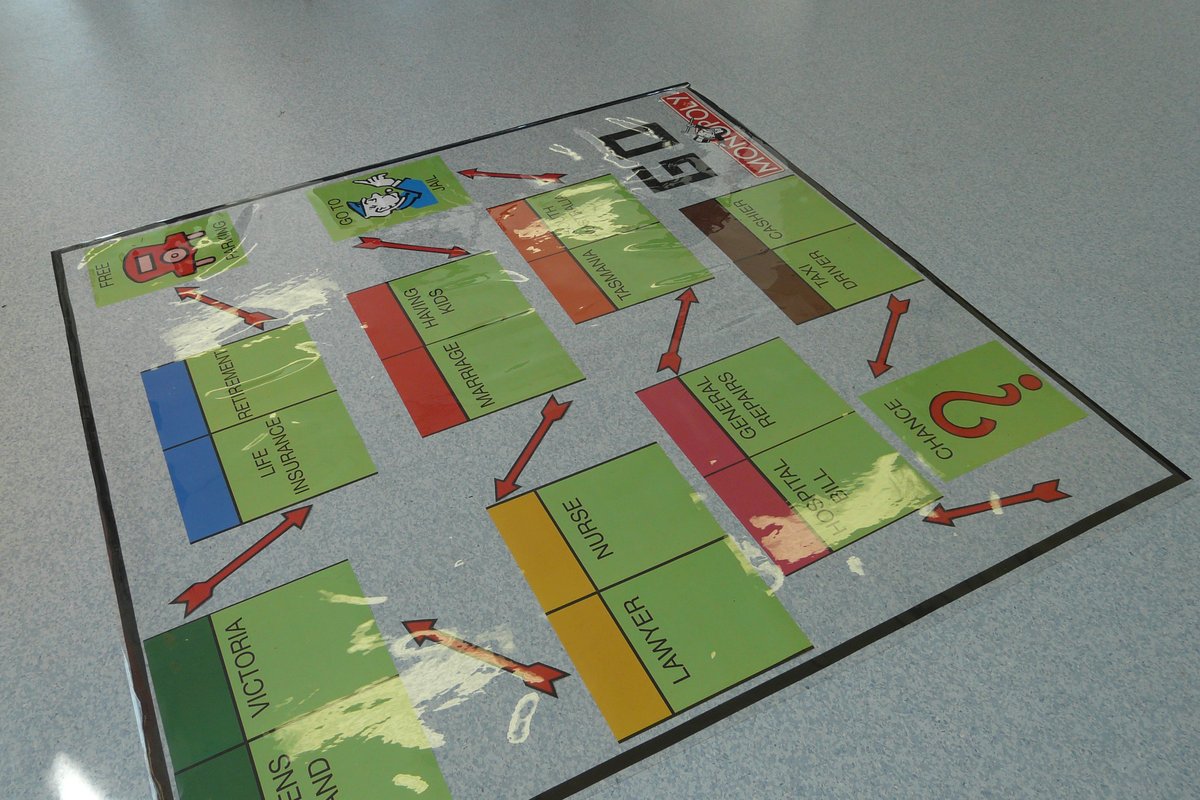

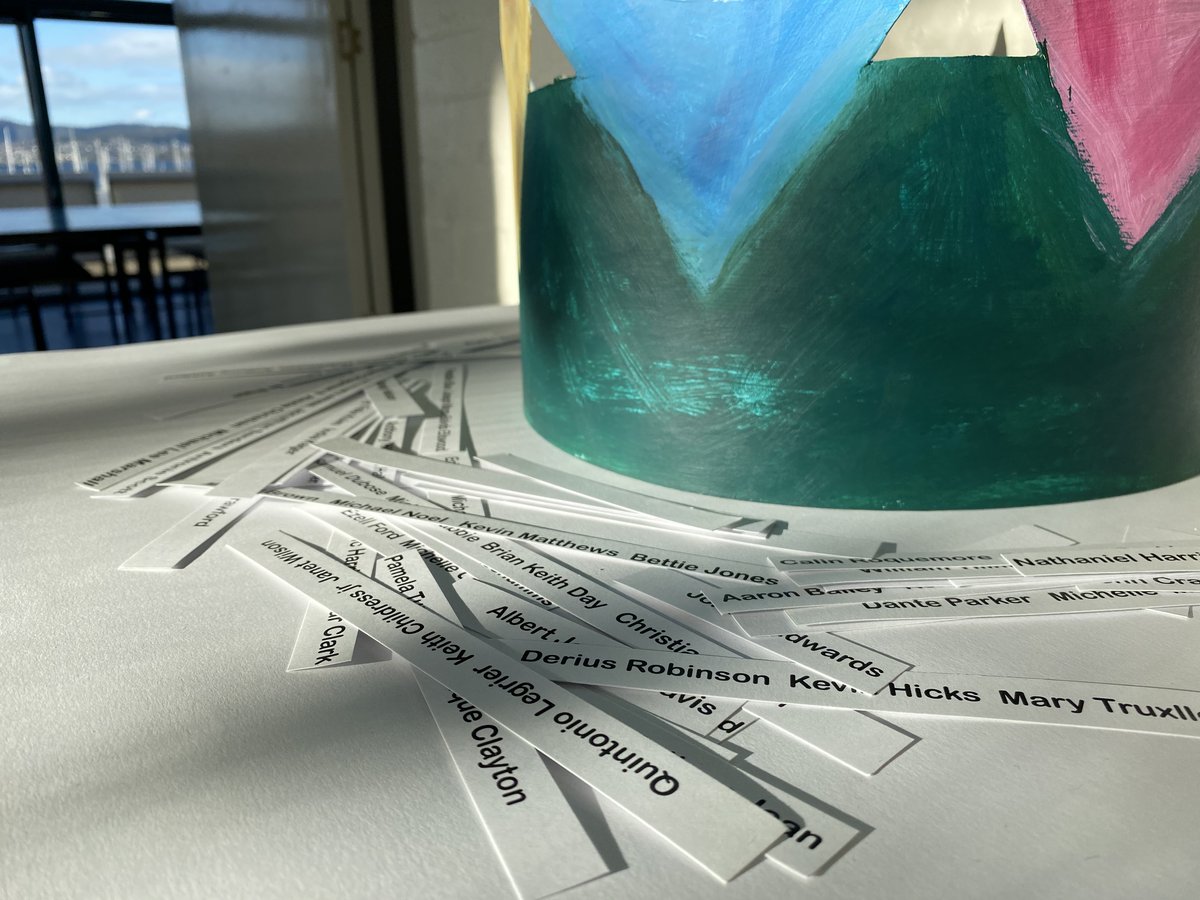
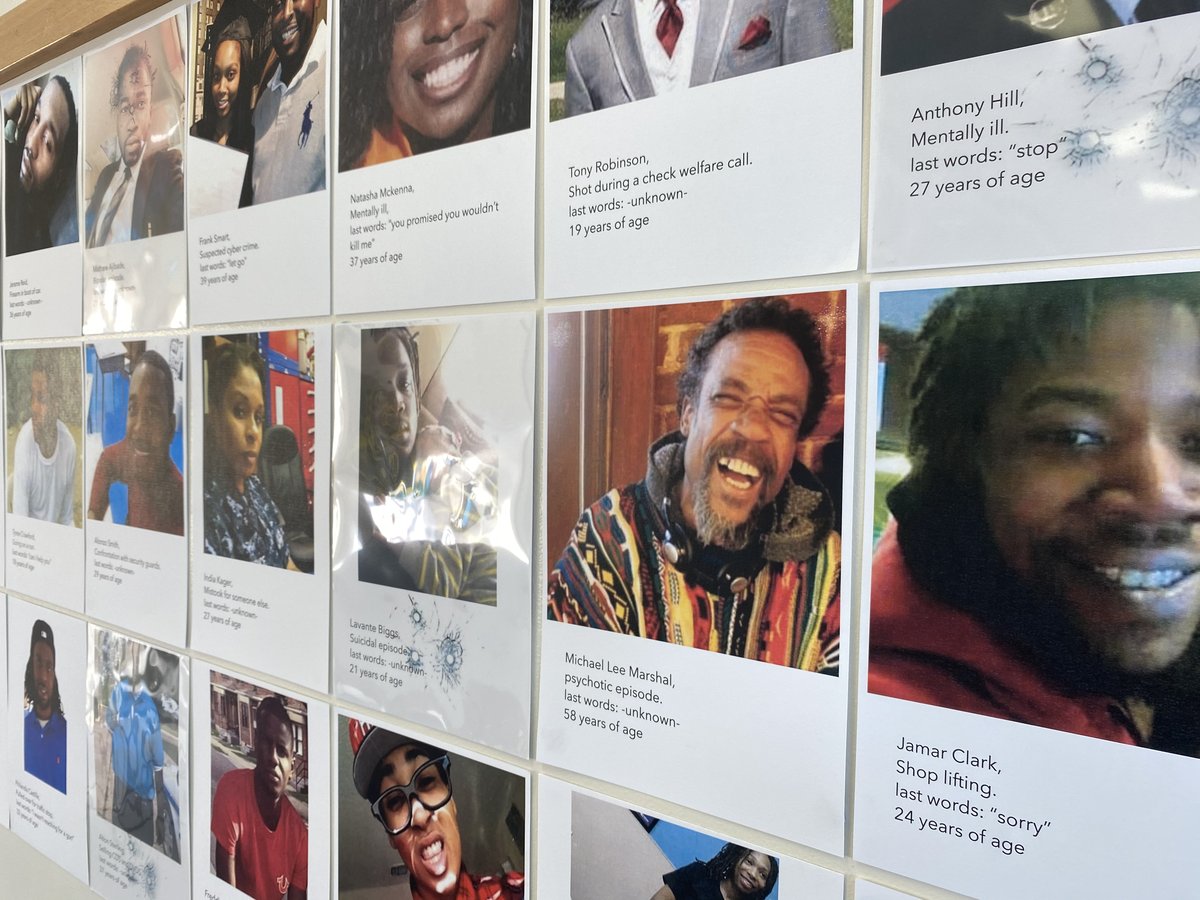
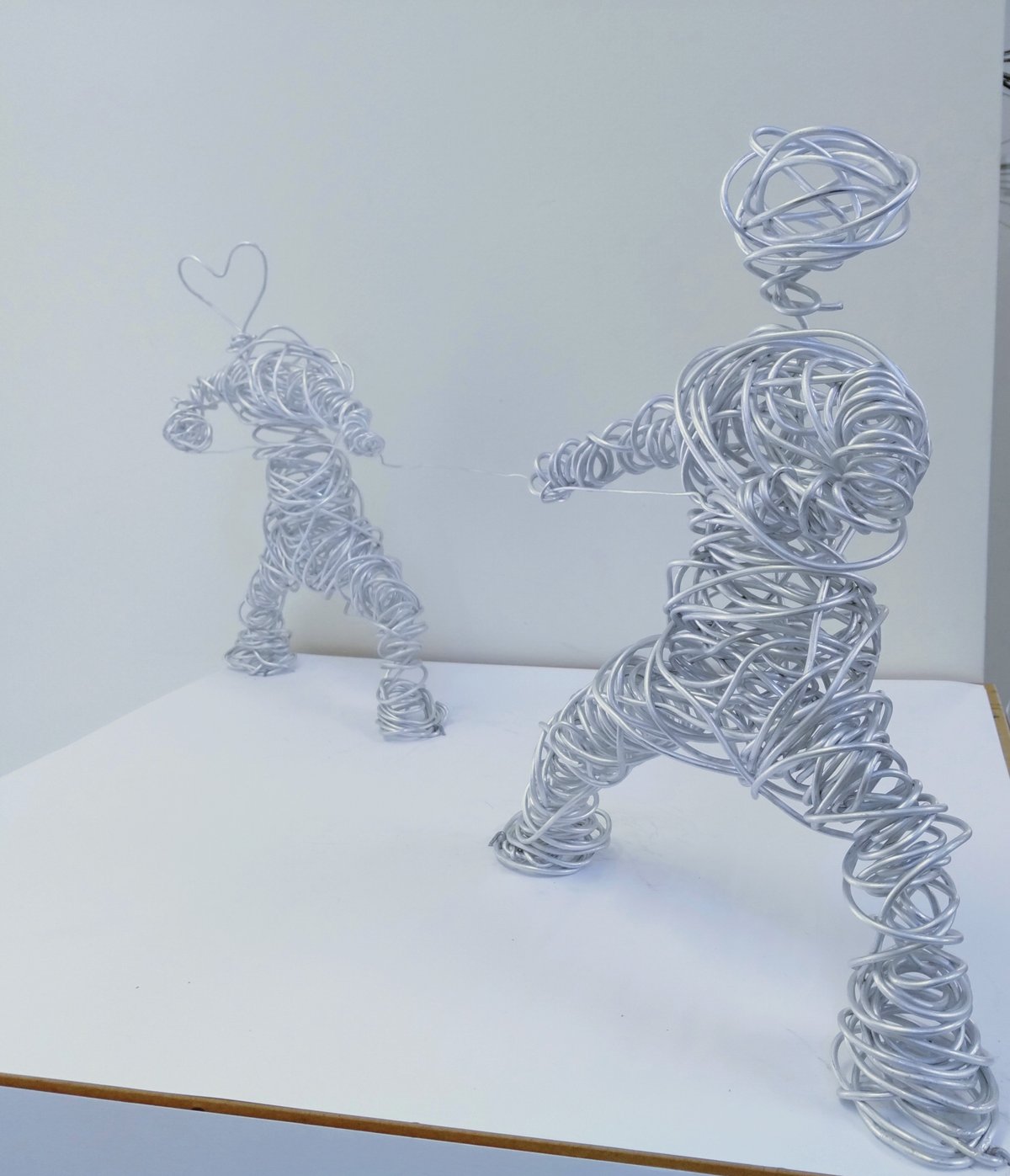
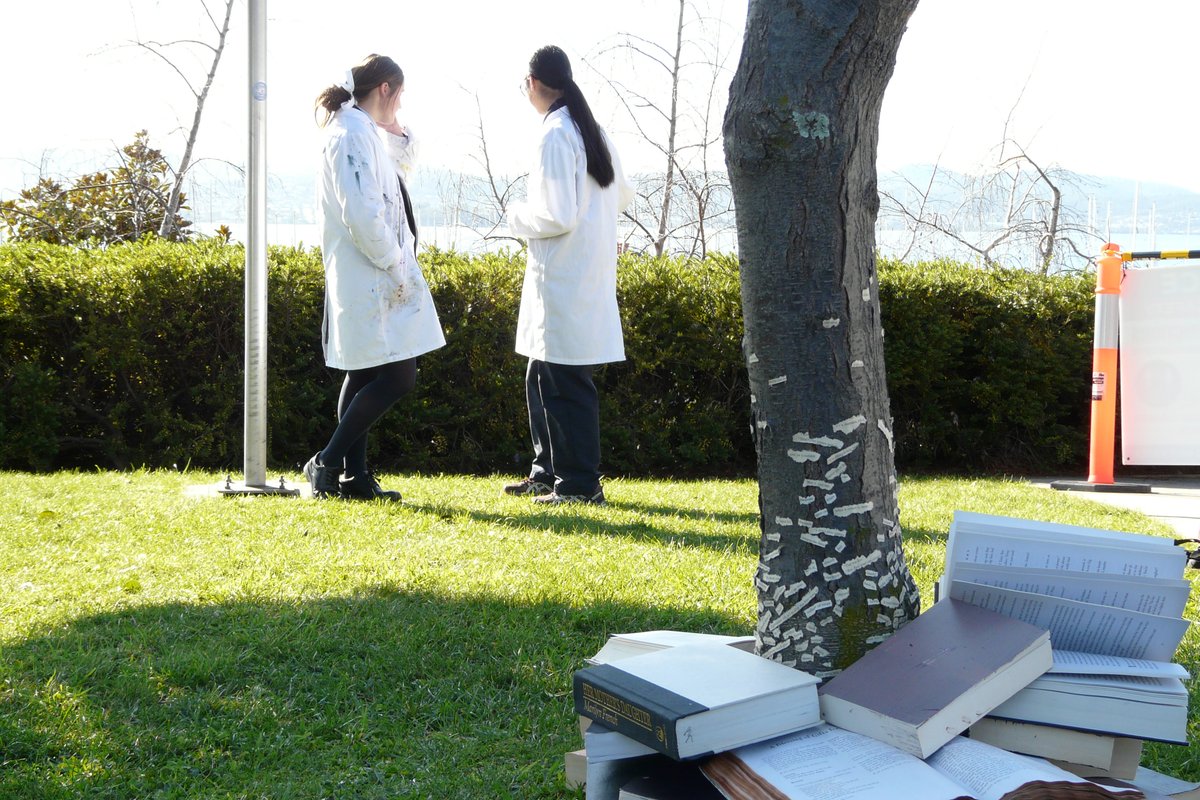
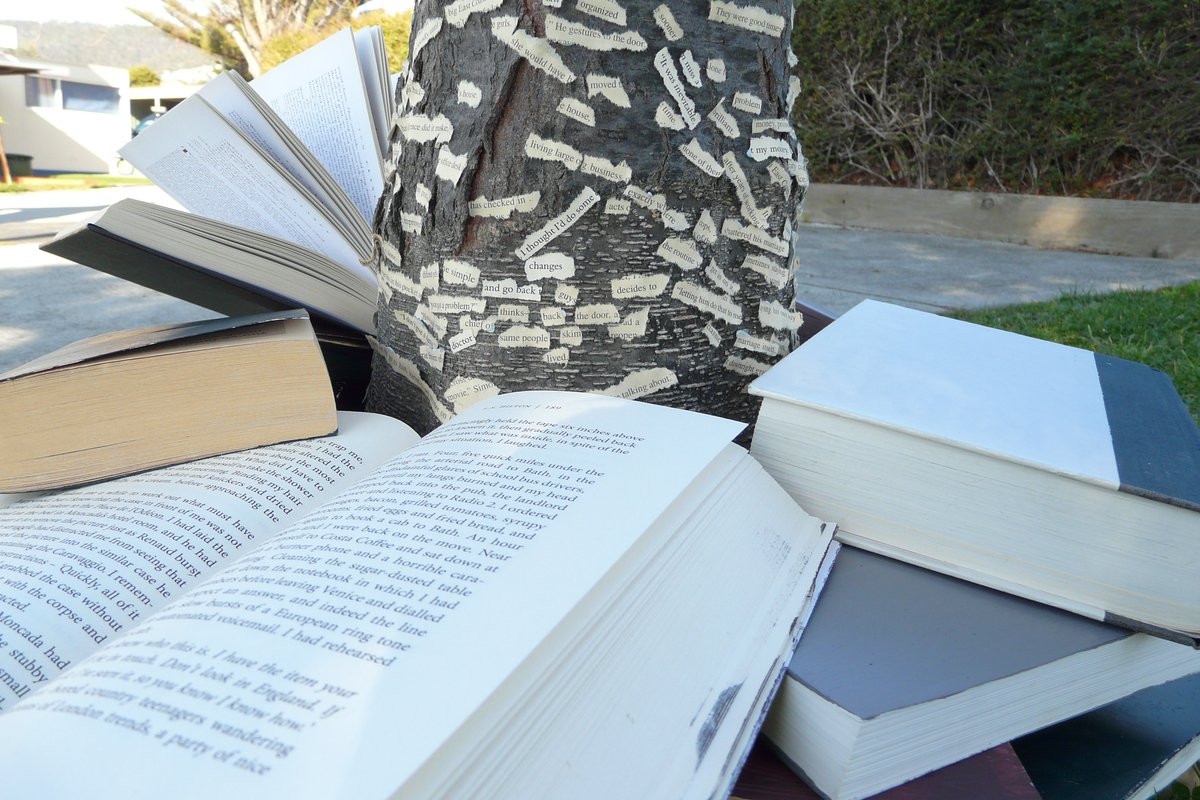
Liberty - Mackillop
History can be found in physical sites, remnants and monuments. Investigating these places helps us understand the world today.
Brigita Ozolins and MacKillop College art class have been exploring sites in Hobart that connect with the theme of Liberty. Students chose to research the Female Factory, the Hobart Convict Penitentiary and the Soldier’s Memorial Avenue.
After researching the sites, the students planned text-based installation artworks for these spaces.
Artist:
Brigita Ozolins
Teacher:
Linda Pollard
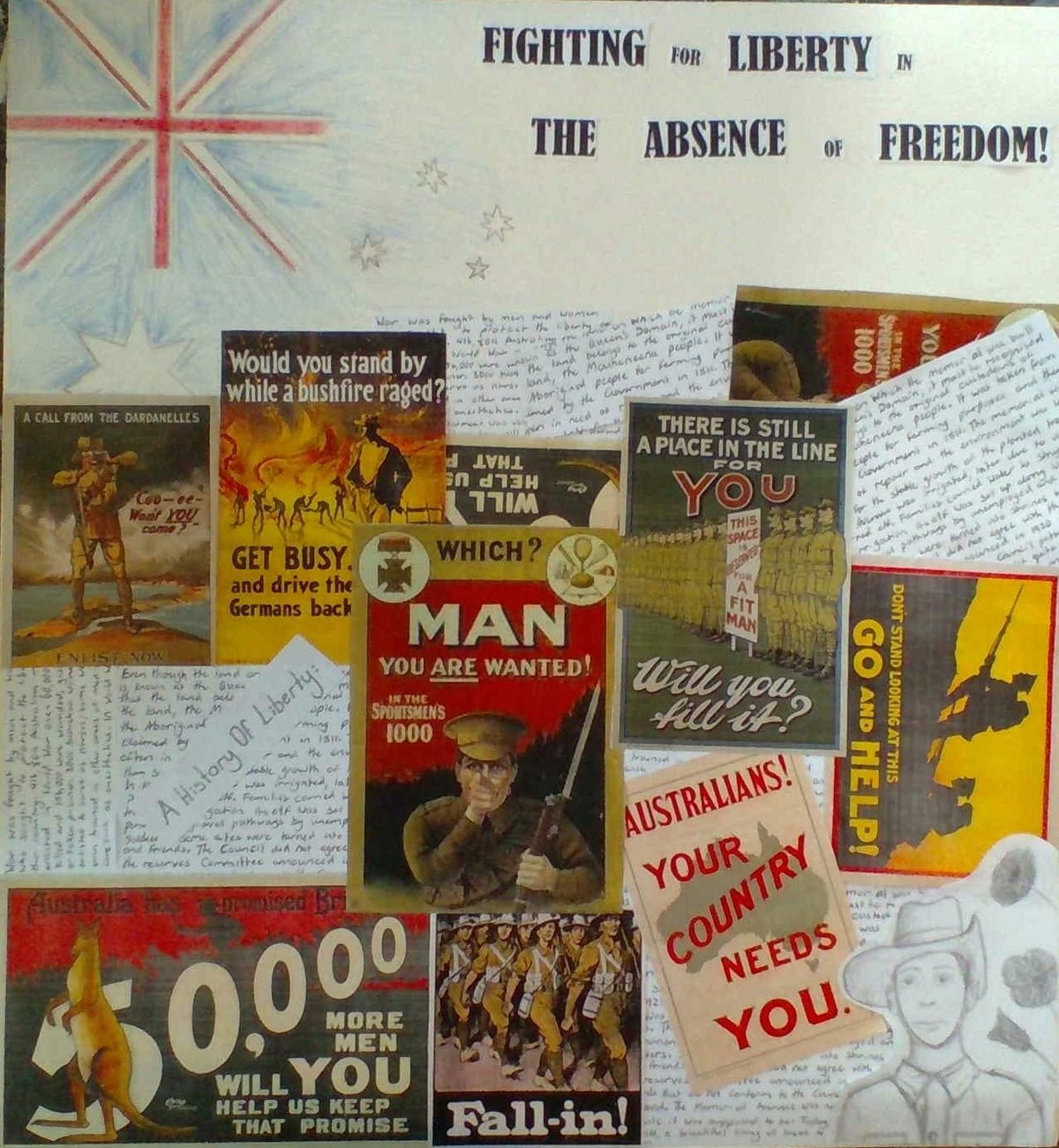
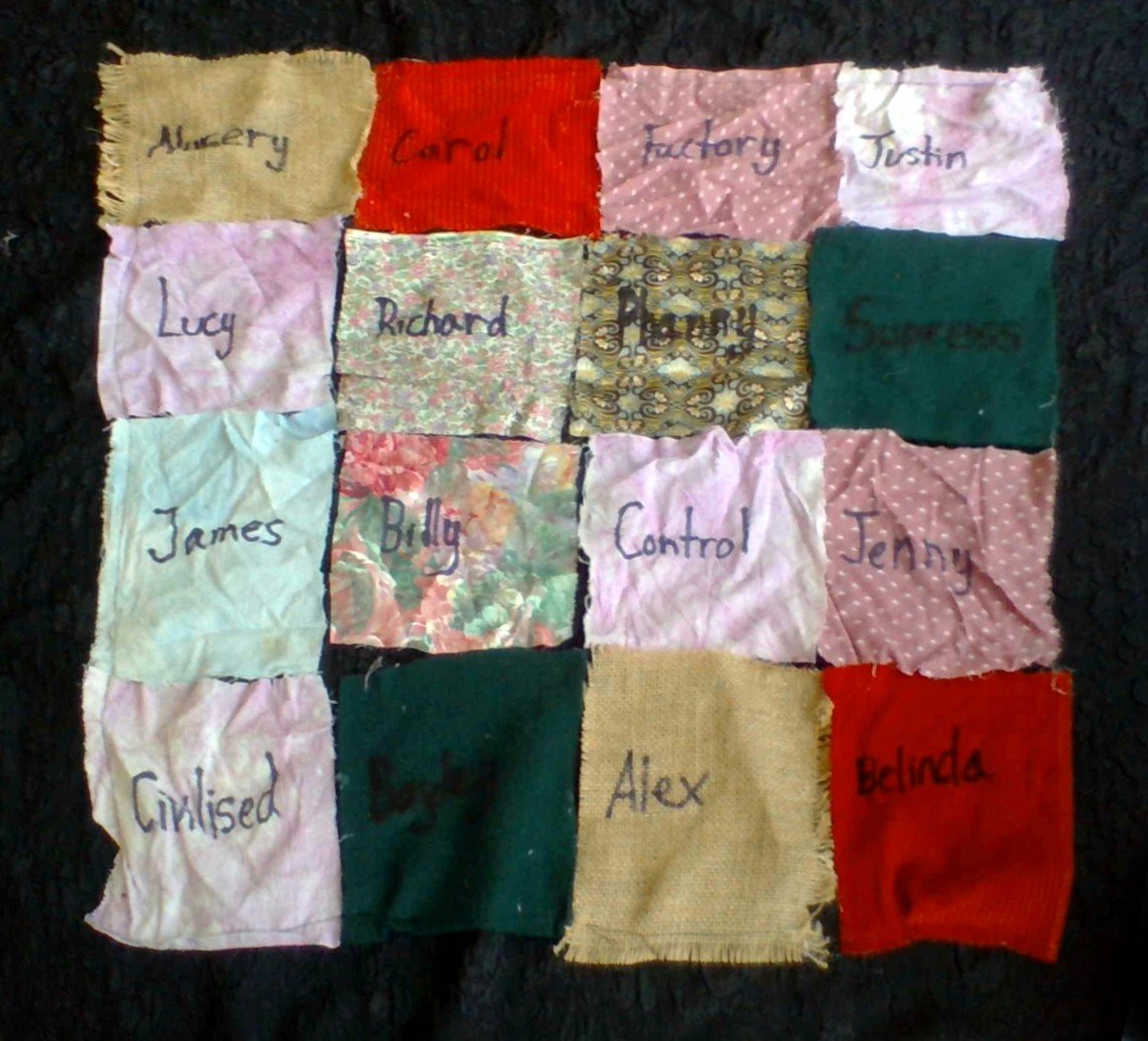
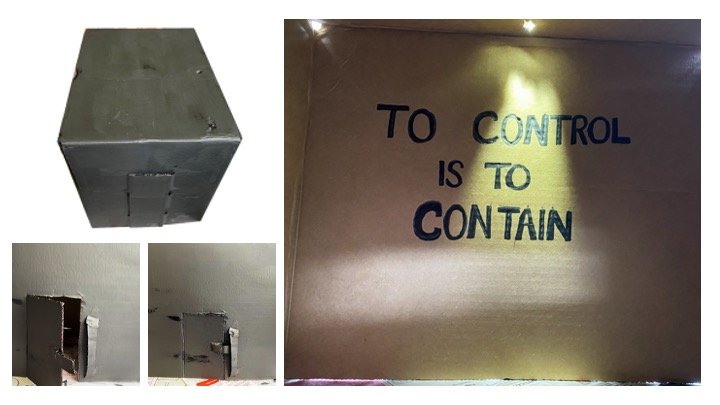
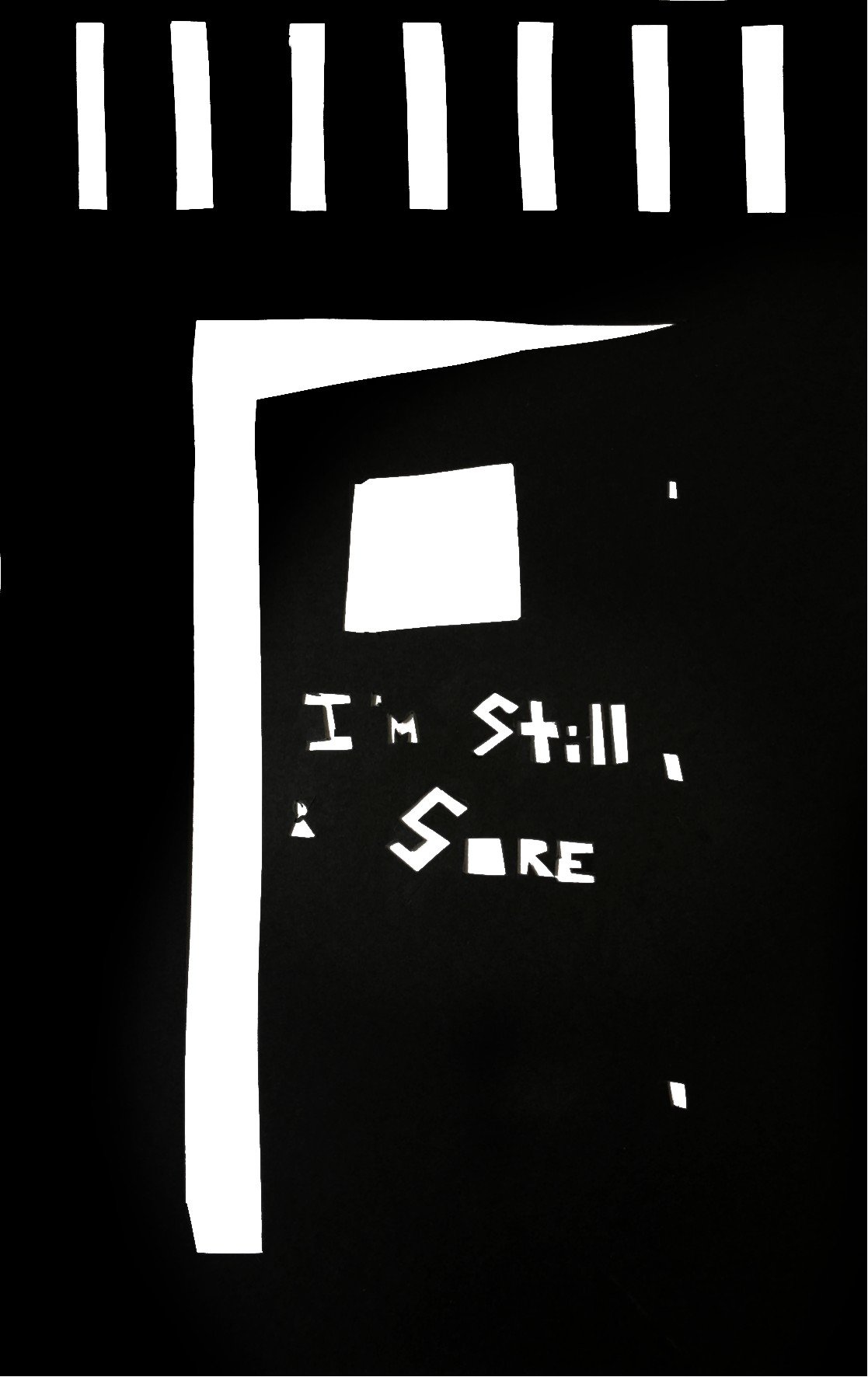
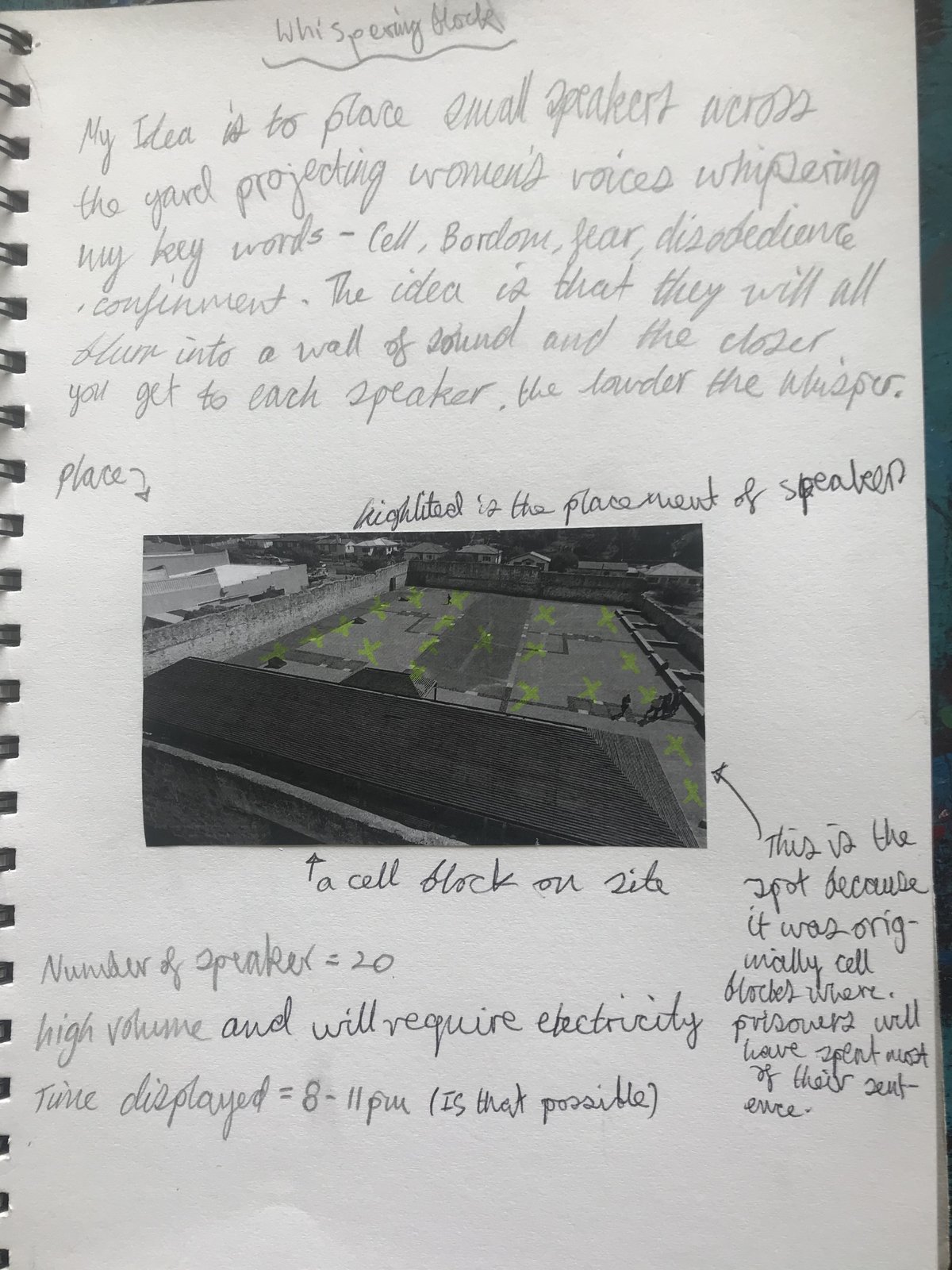
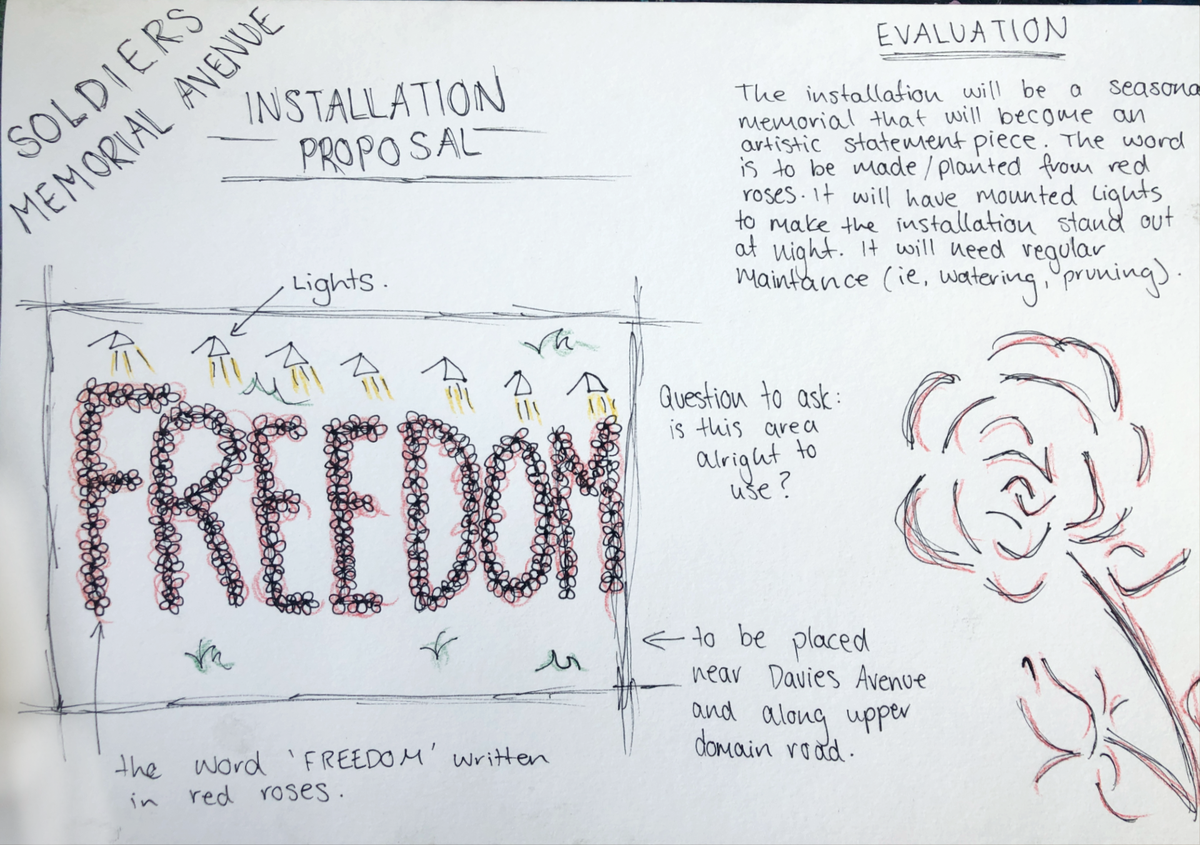
Liberty - Bayview
Movement and dance can be a liberating and exhilarating experience. Bayview College dance class and Samantha Reason have been using dance to explore a poem by Alan Watts.
The piece describes moving through the world in one, prescribed way, focusing on the end goal of a life. It’s a provocation to stop, look at where you are, own that space and find freedom in it. These dancers hope to find liberty in breaking the formula and living their own lives.
“It was a musical thing, and you were supposed to sing or to dance while the music was being played.” — Alan Watts.
Artist:
Samantha Reason
Teacher:
Tullia Chung-Tilly
Process
/ˈproʊsɛs/ (say 'prohses)
noun 1. a systematic series of actions directed to some end: the process of making butter.
2. a continuous action, operation, or series of changes taking place in a definite manner: the process of decay.
Process - Lilydale
Looking at systems can help us to think about things differently, and to consider what parts of the system we are neglecting.
Nadège Philippe-Janon and Lilydale High School art class have been taking things apart.
A system is a set of things working together as parts of a mechanism or an interconnecting network; a complex whole. What happens when we pull a system apart, take out all its components, examine them and re-assemble them in a new way? What can we learn?
Artist:
Nadège Philippe-Janon
Teacher:
Kim Schneiders
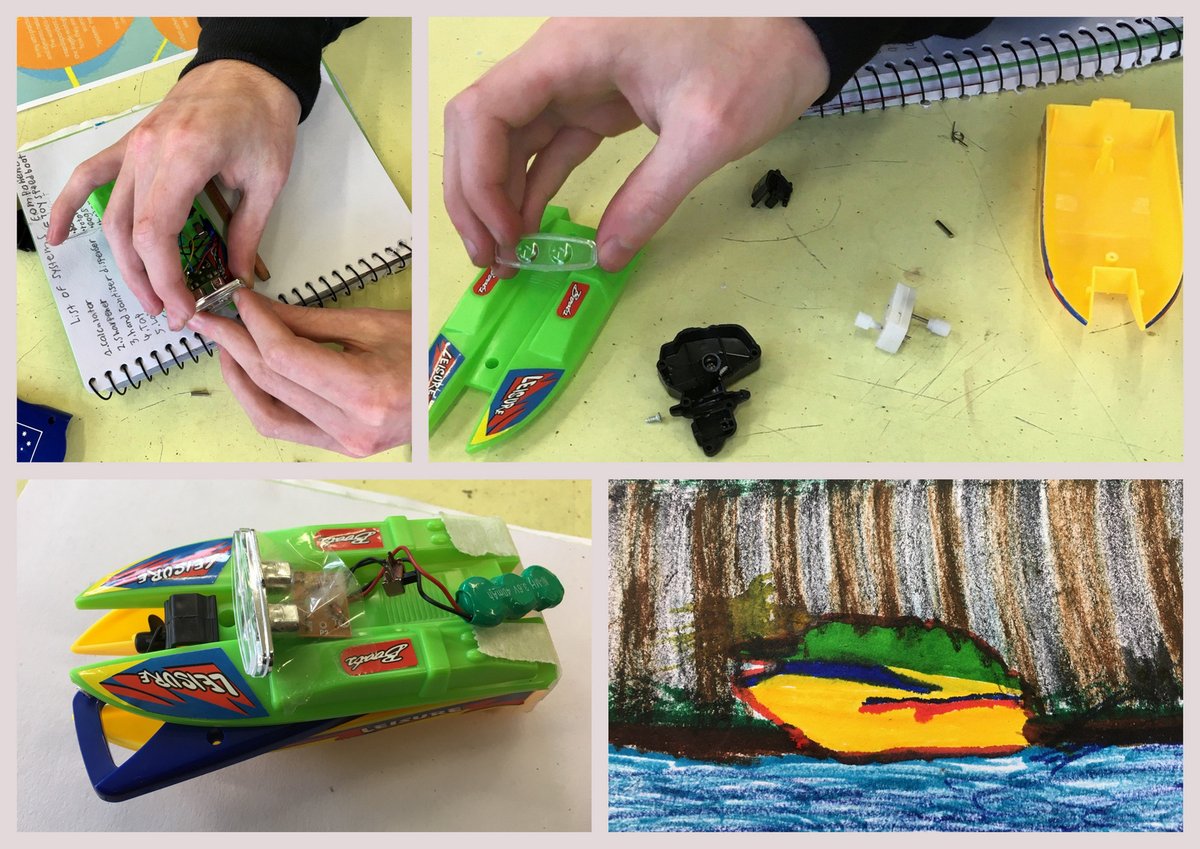
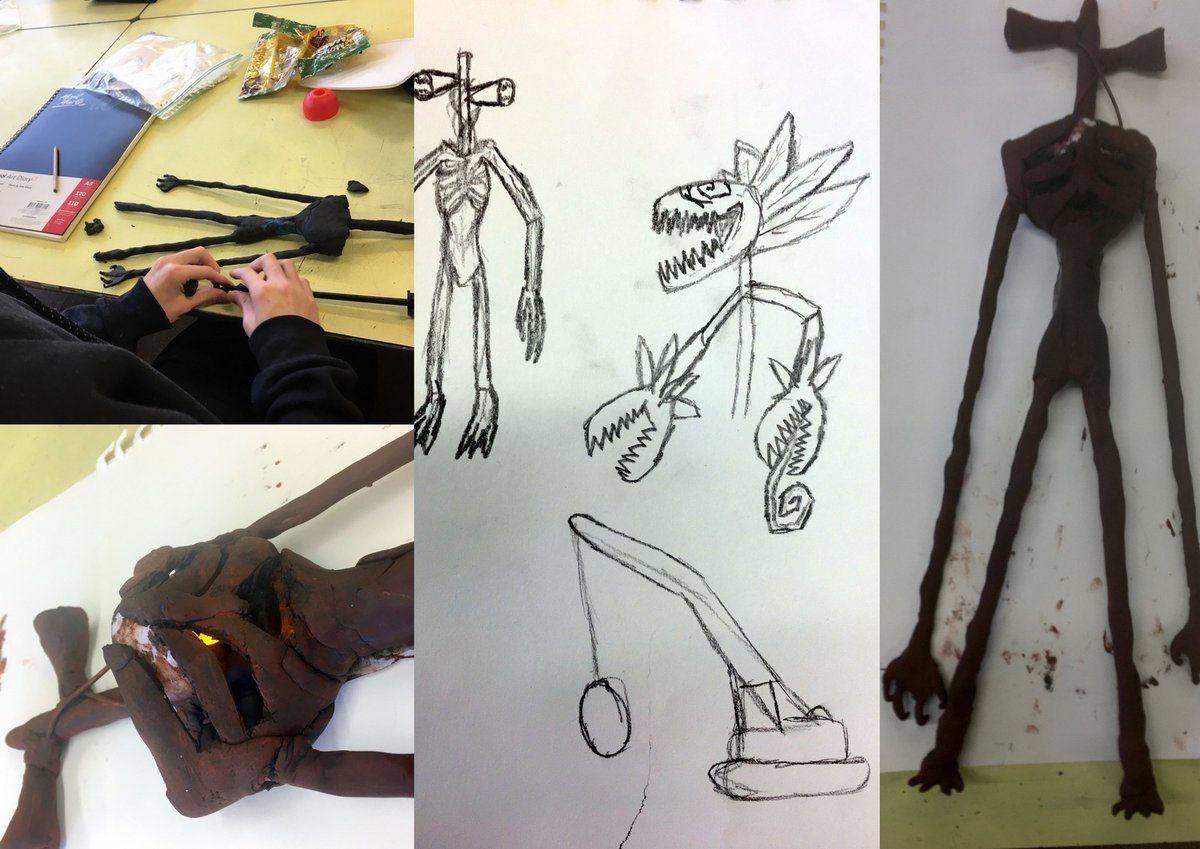
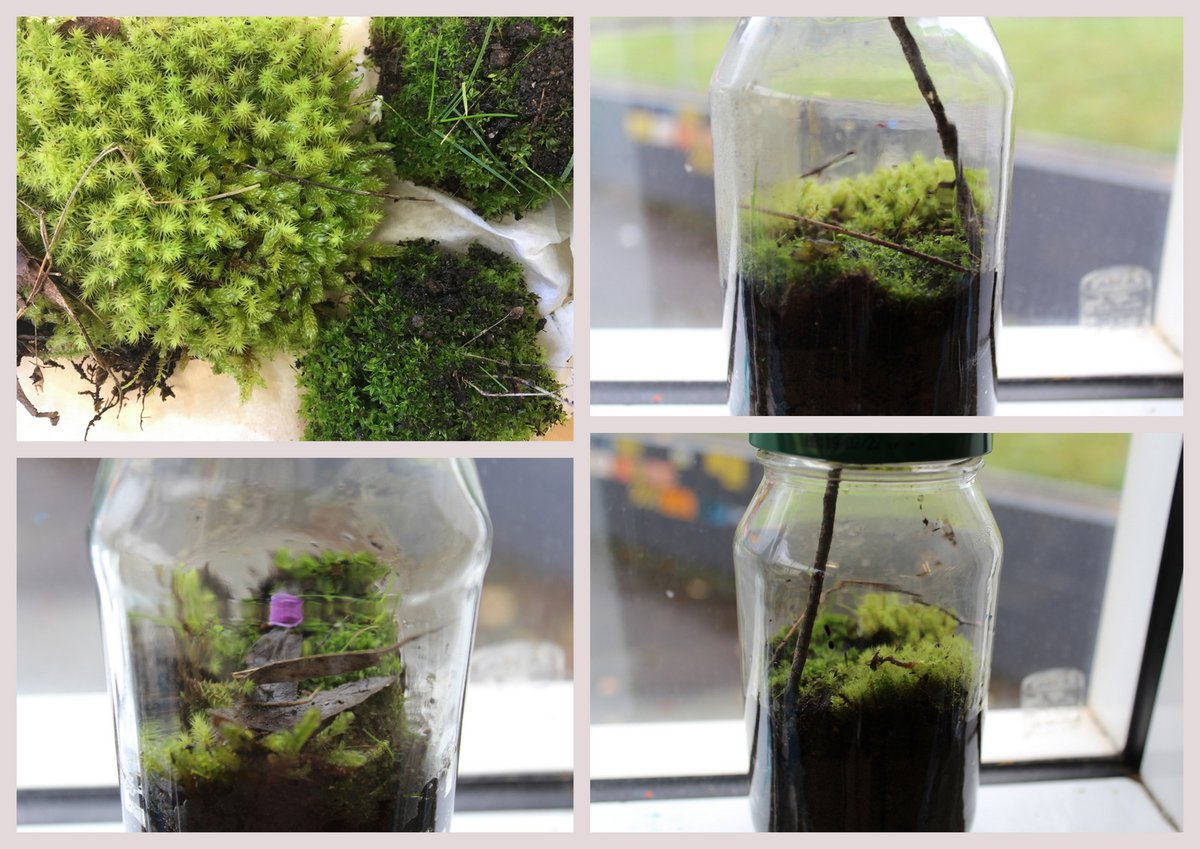
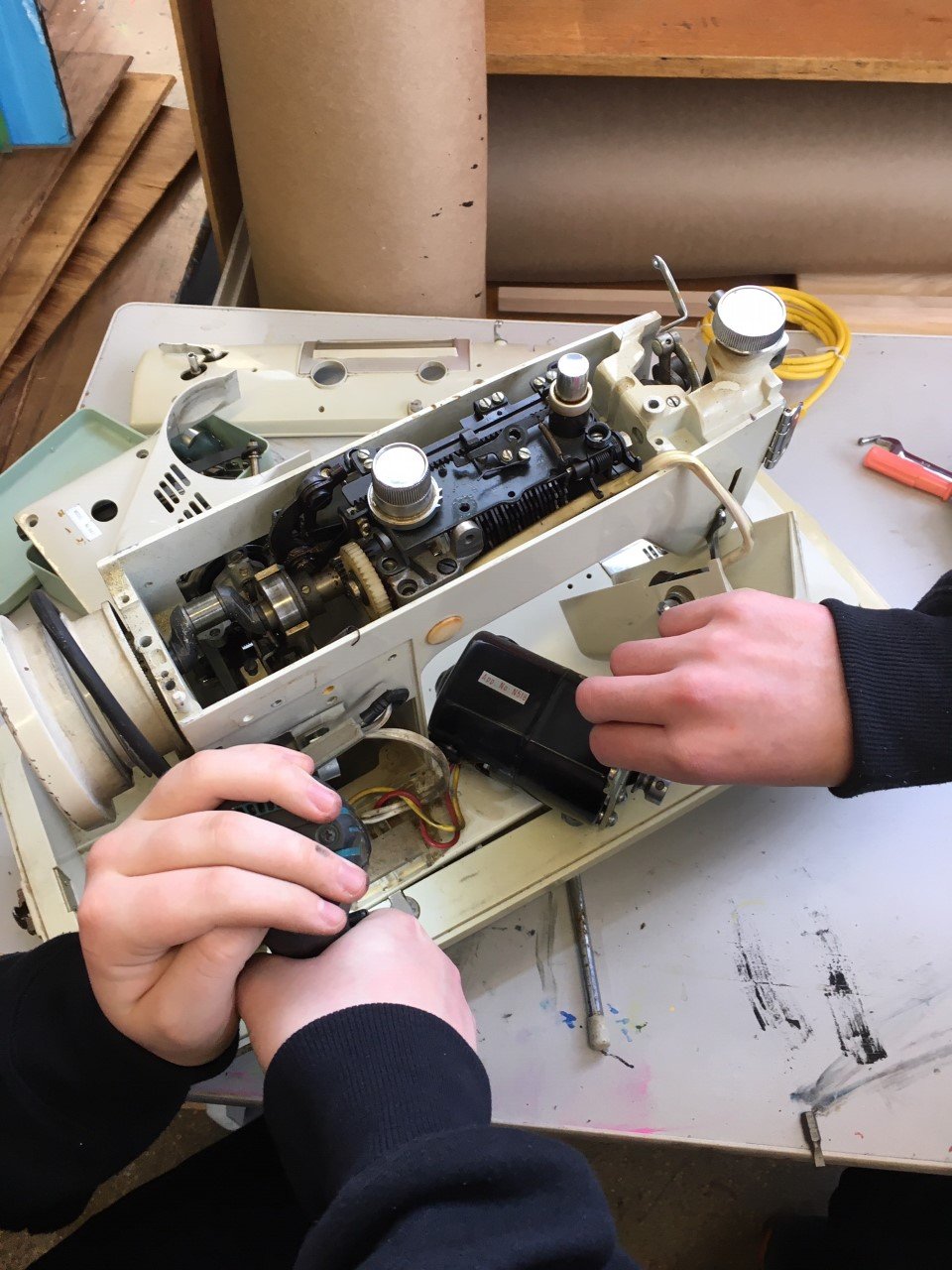
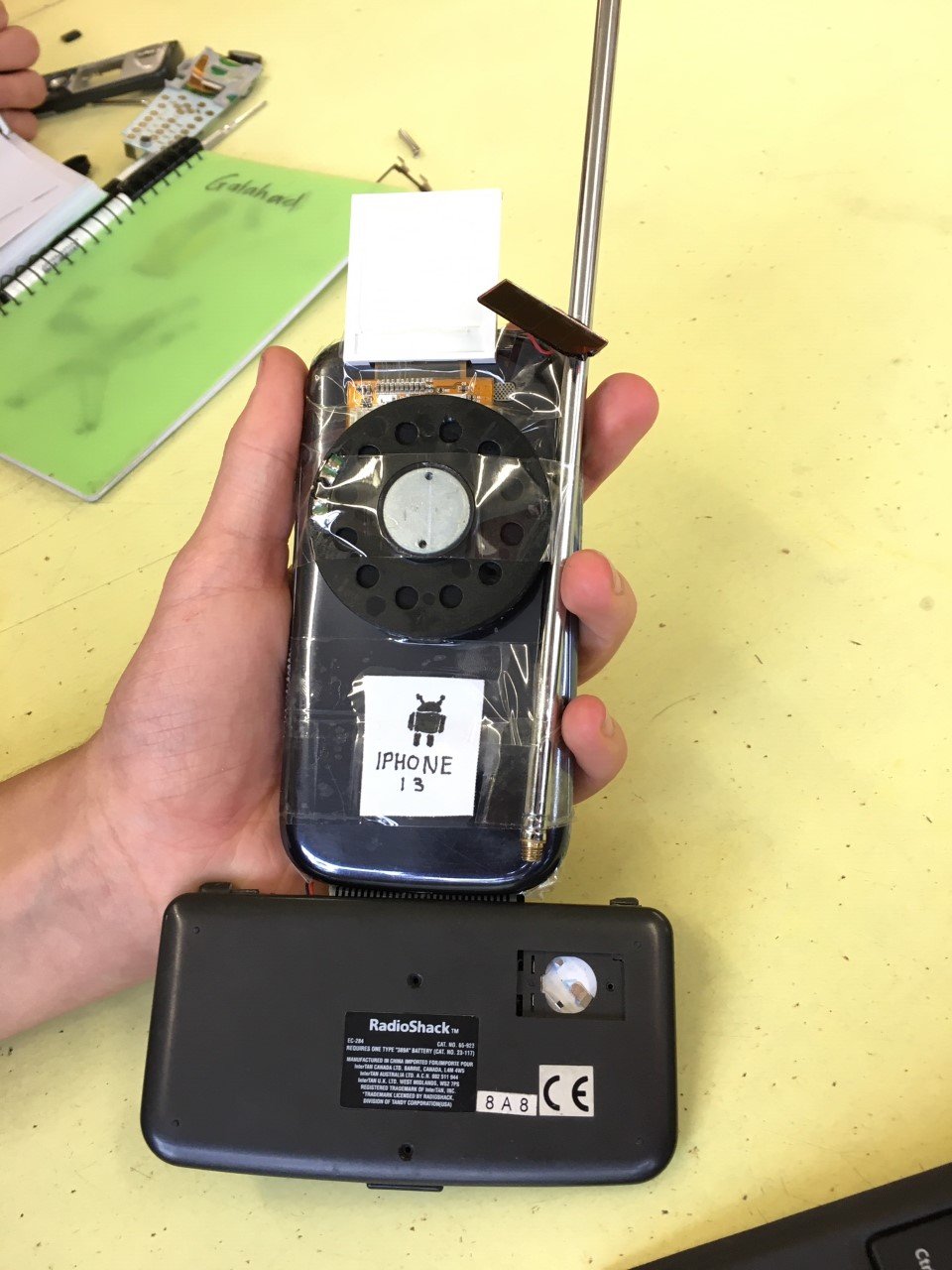
Process - MacKillop
If objects could talk, what stories could they tell us?
Brigita Ozolins and MacKillop College art class have been researching sites in Hobart that connect with the theme of Liberty. The sites contain objects — physical reminders of the past — crumbling stone walls, steel bars, items of clothing left behind and trees that have slowly grown.
As part of their research, the students chose an object to interview. They also found out as much as they could about the sites’ histories. The words and statements that they collected, formed the backbone of a text-based installation.
Artist:
Brigita Ozolins
Teacher:
Linda Pollard
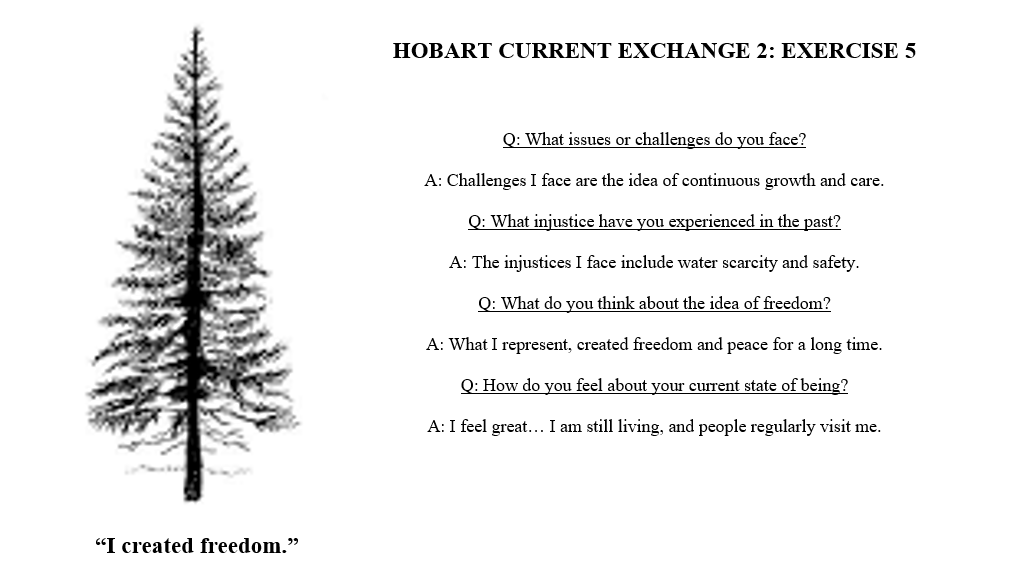
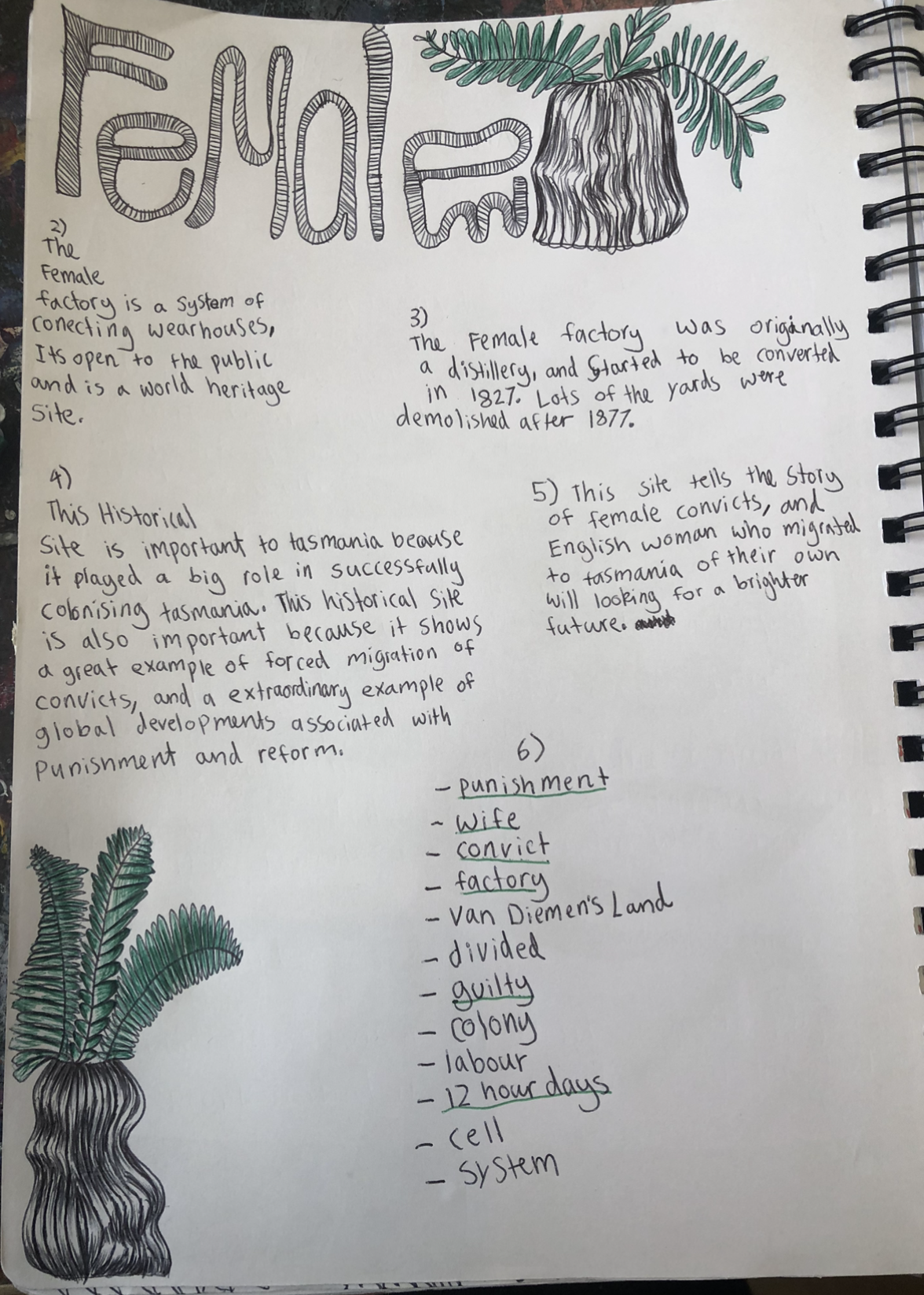
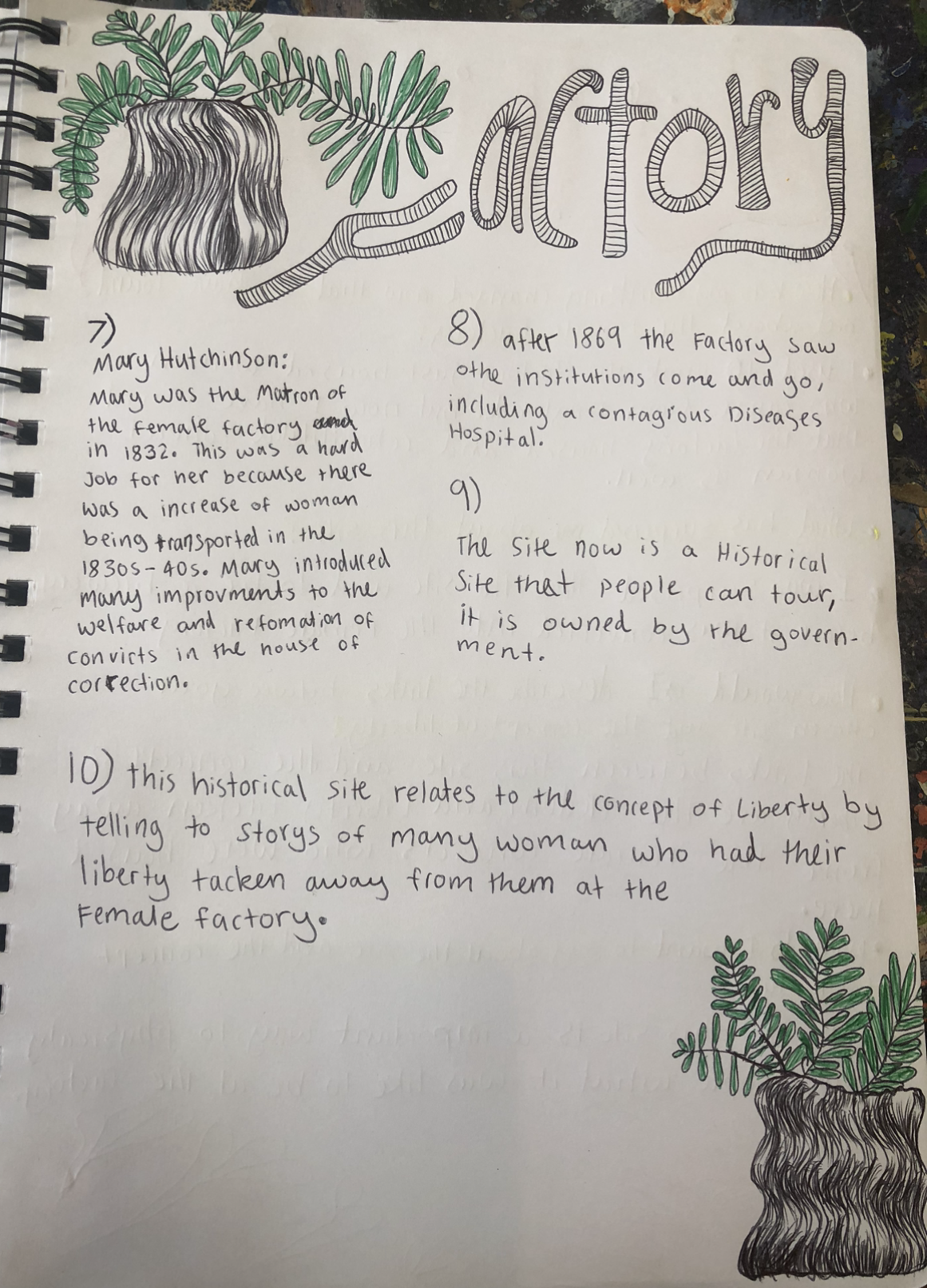
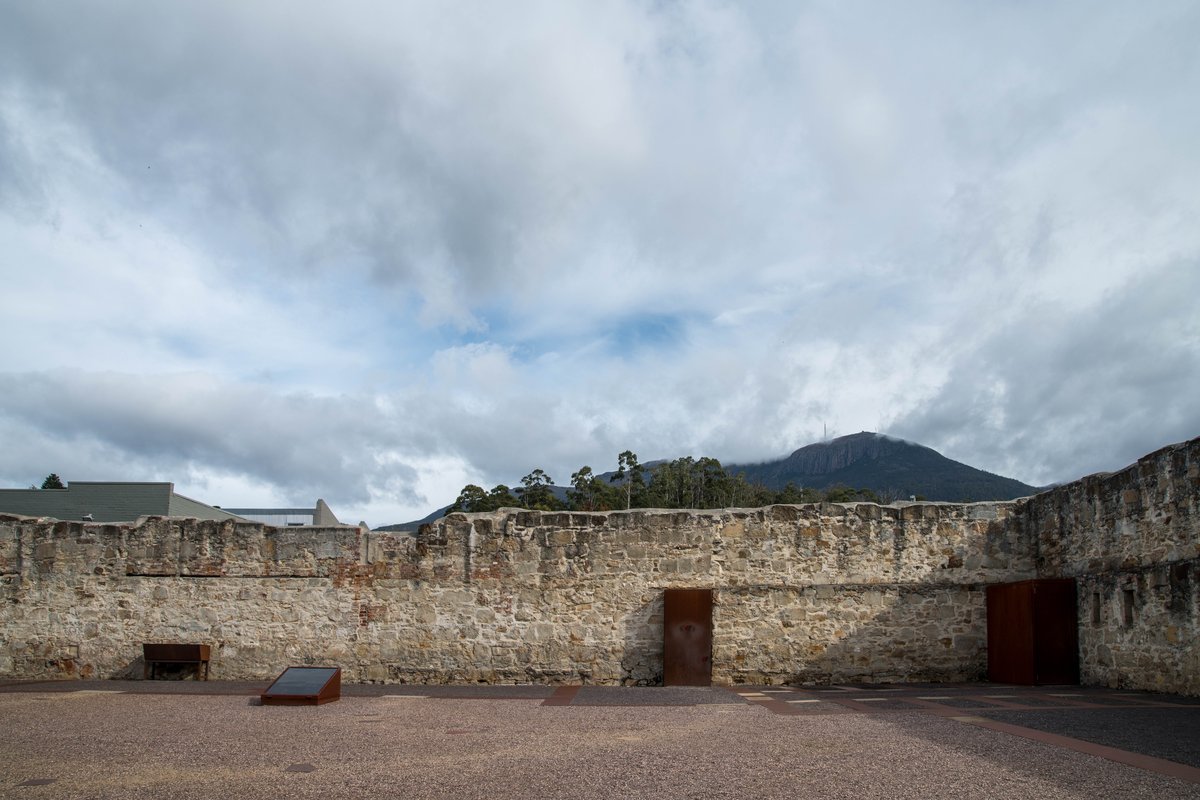
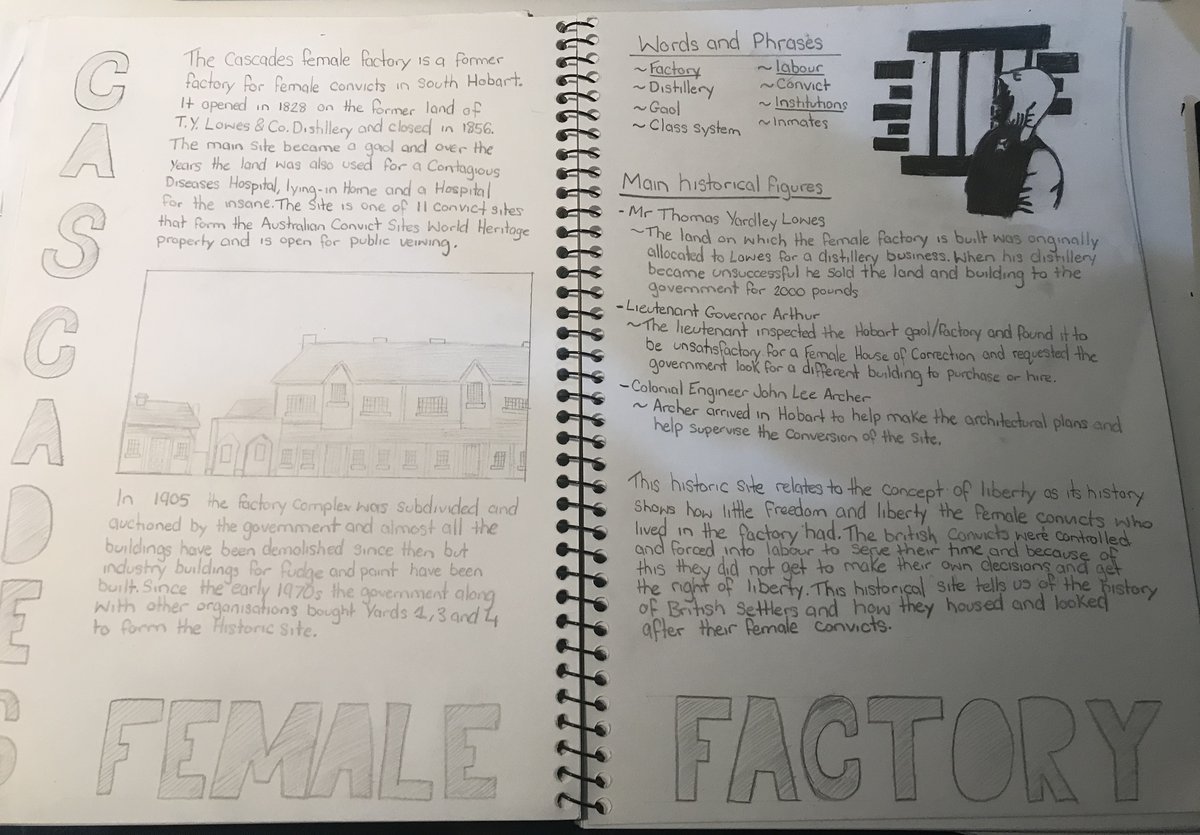

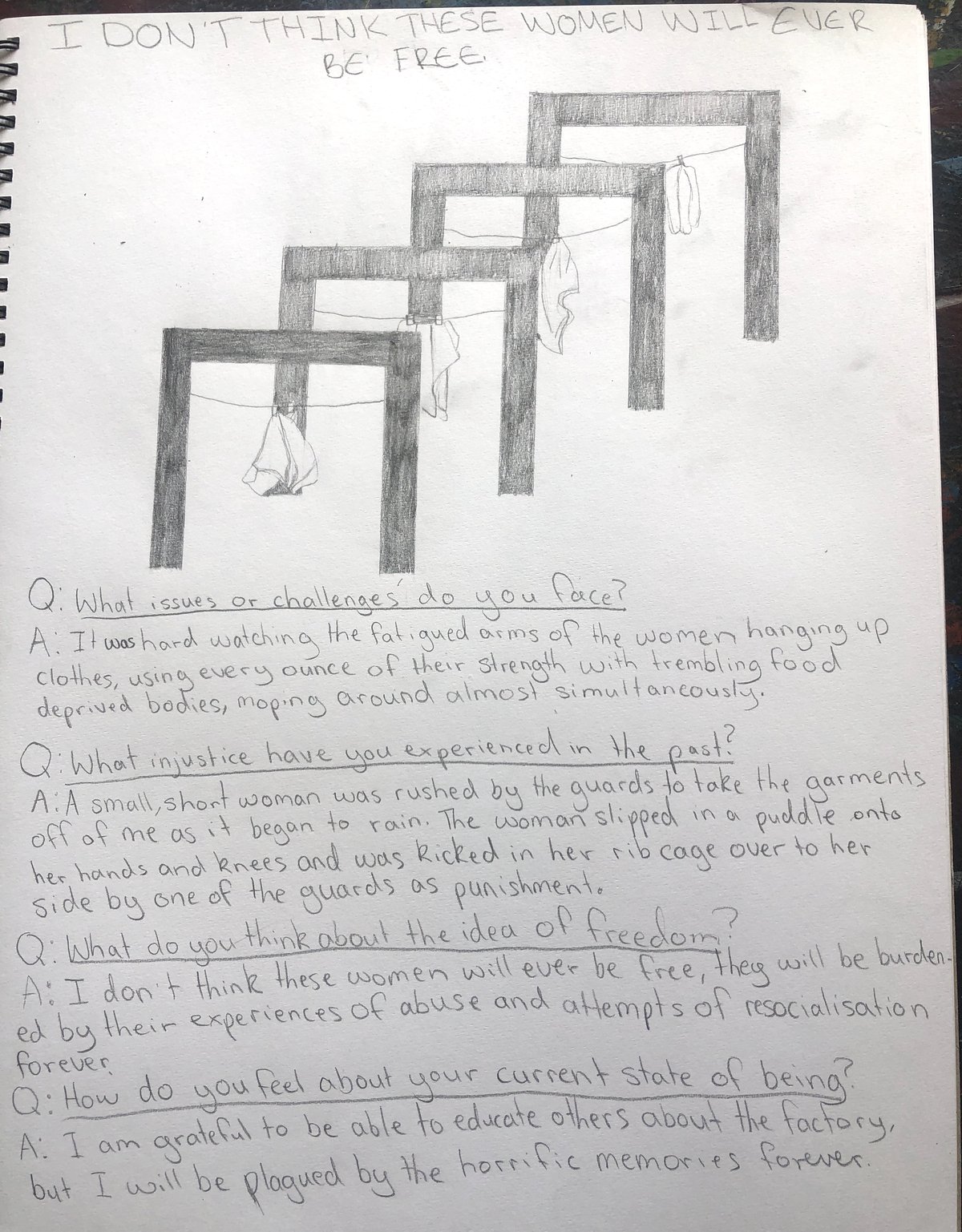
Process - Mount Carmel
Ideas grow into ideas, into ideas, into artworks.
Mount Carmel art class and Jacob Leary have been creating installation artworks. For some, this is the first time they’ve made installations. Everyone has lots of great ideas. The trick is to pin the ideas down so you can look at them properly! Then — behold — beautiful synergies become apparent, links between ideas form, and the concept becomes more nuanced.
Journaling is a great way to do this. These pages from the students’ journals are a window into their process, showing where their ideas are drawn from and how they have developed.
Artist:
Jacob Leary
Teacher:
Julie Brock
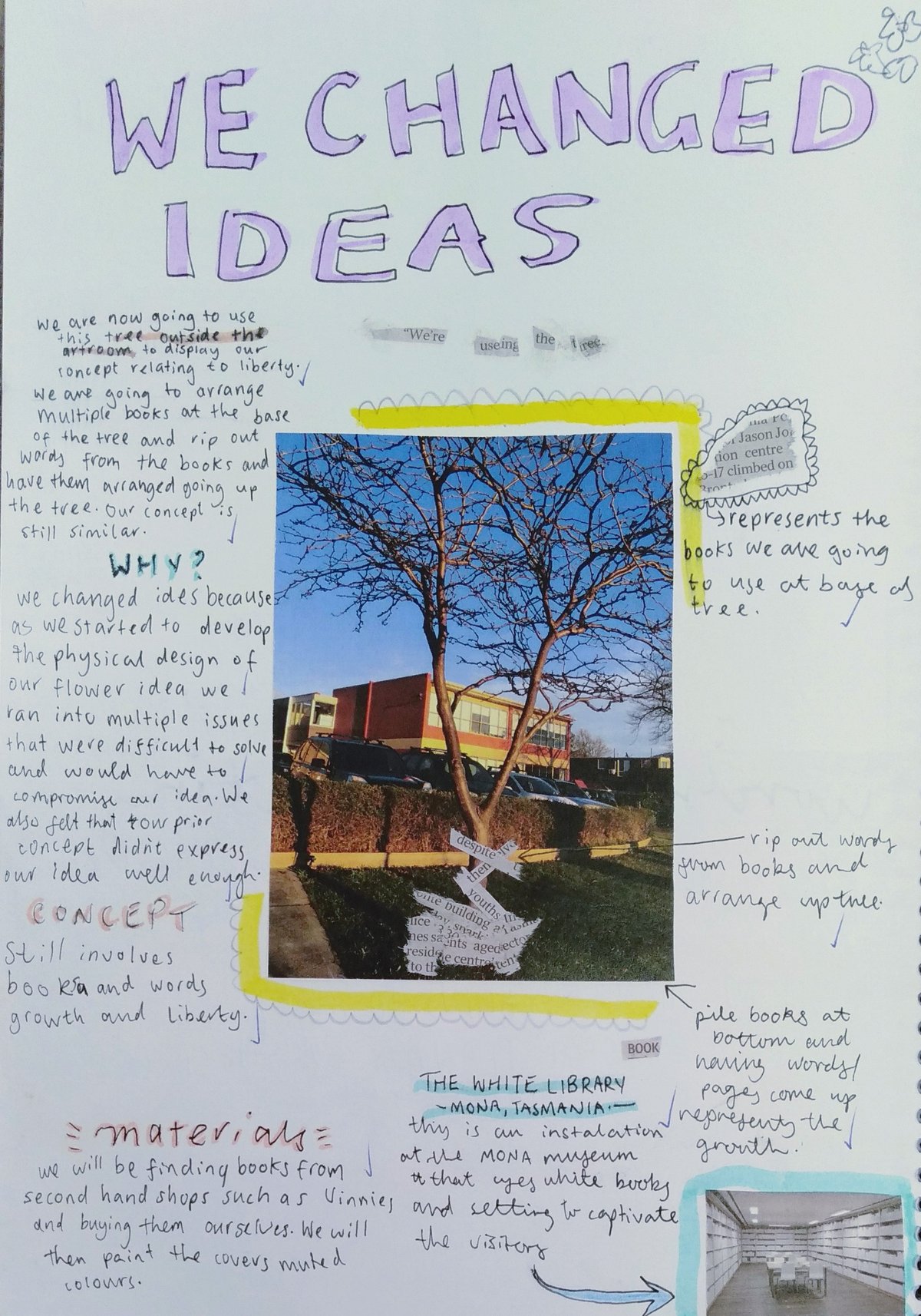
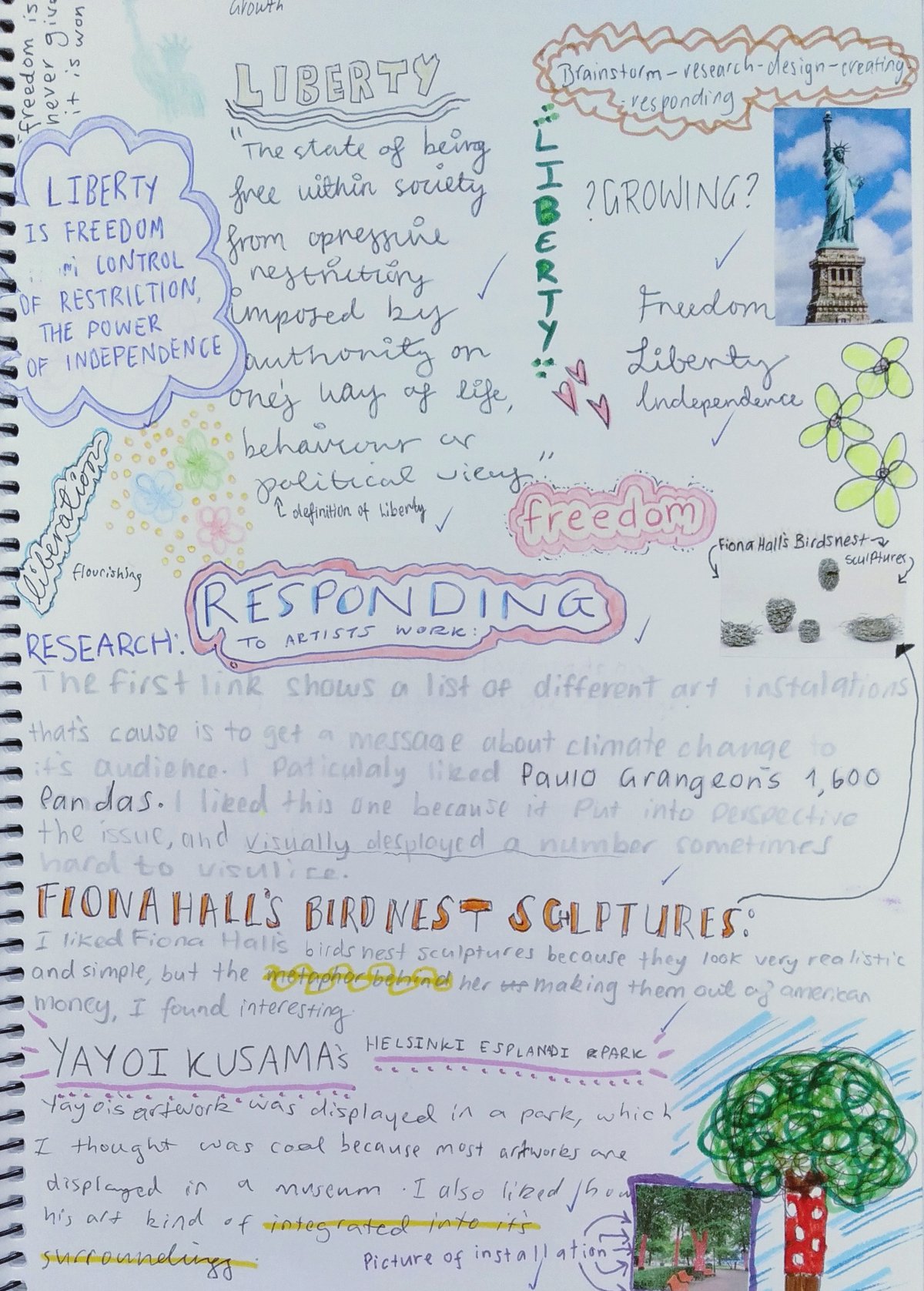
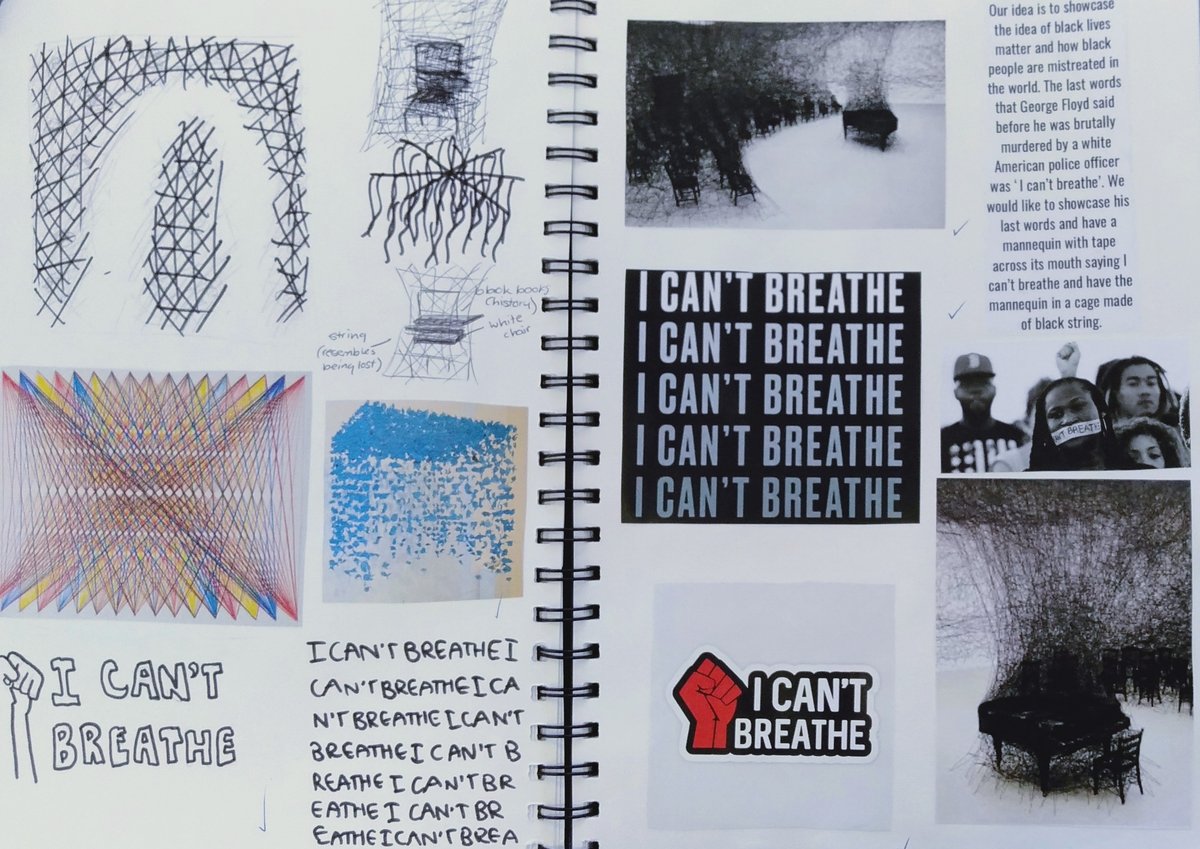
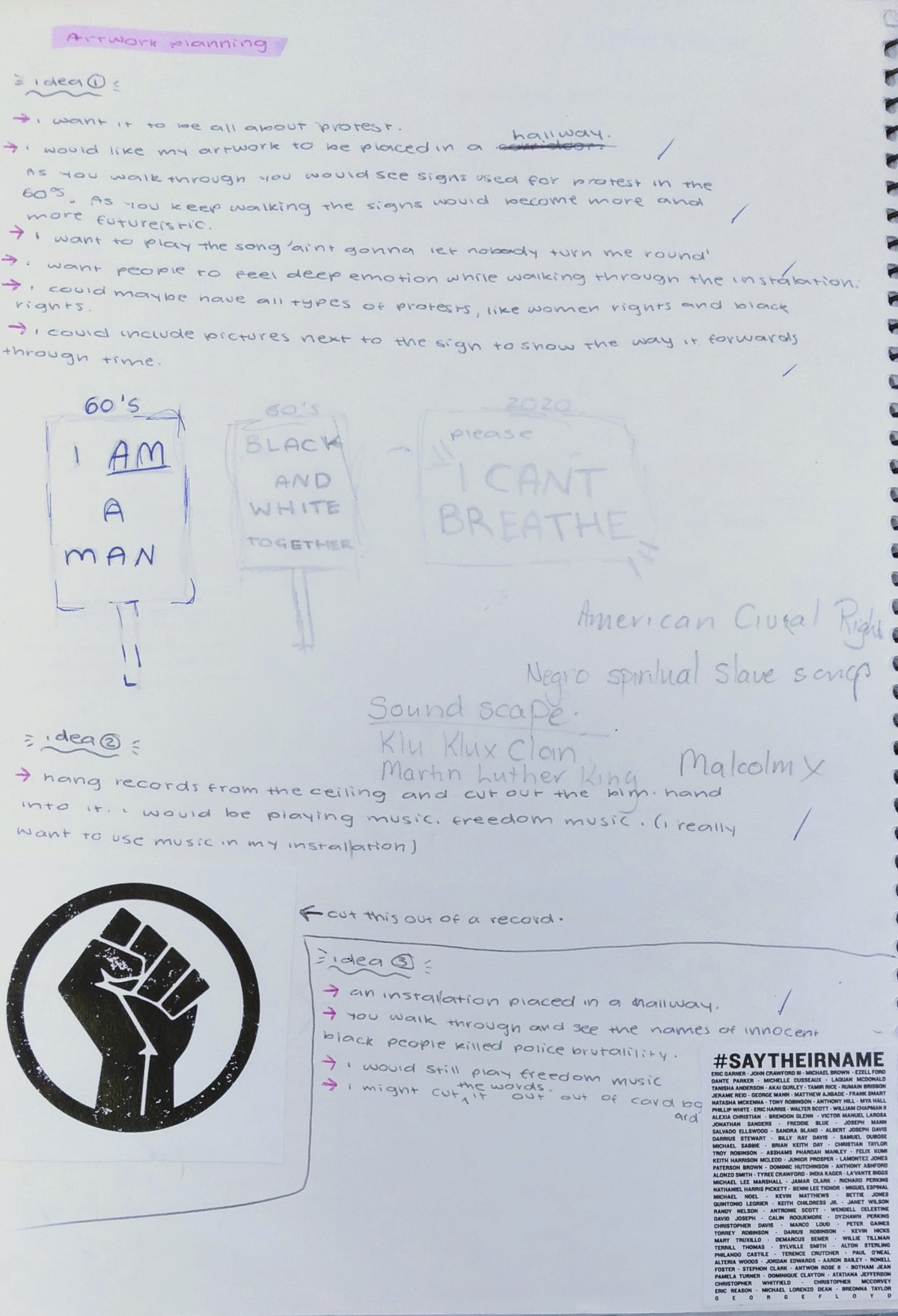
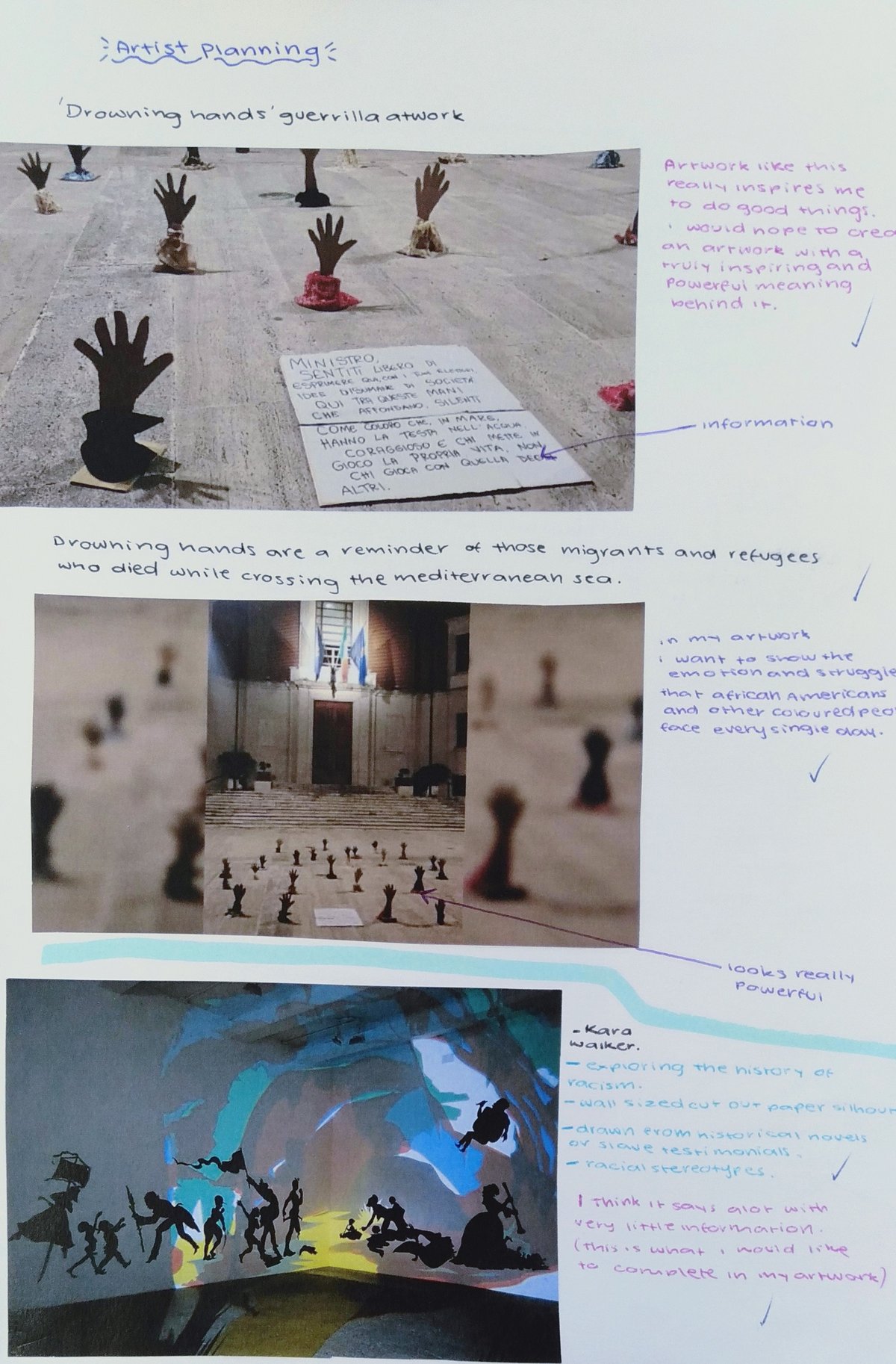
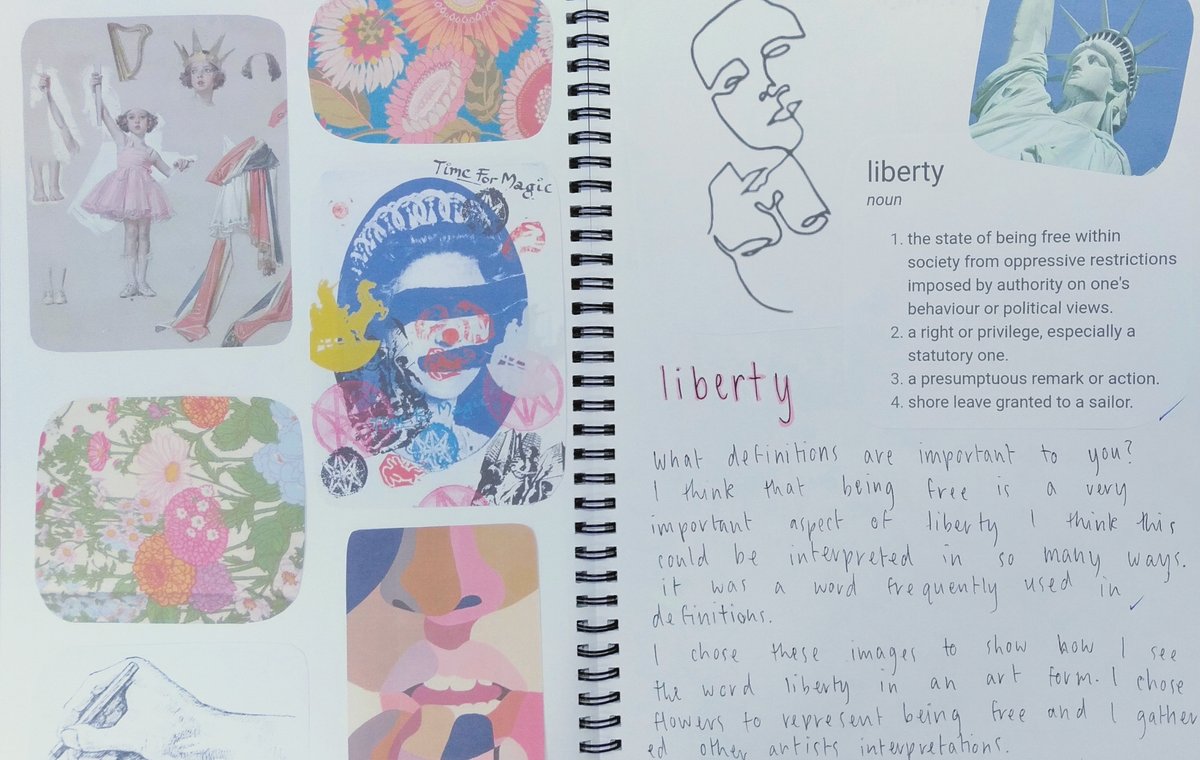
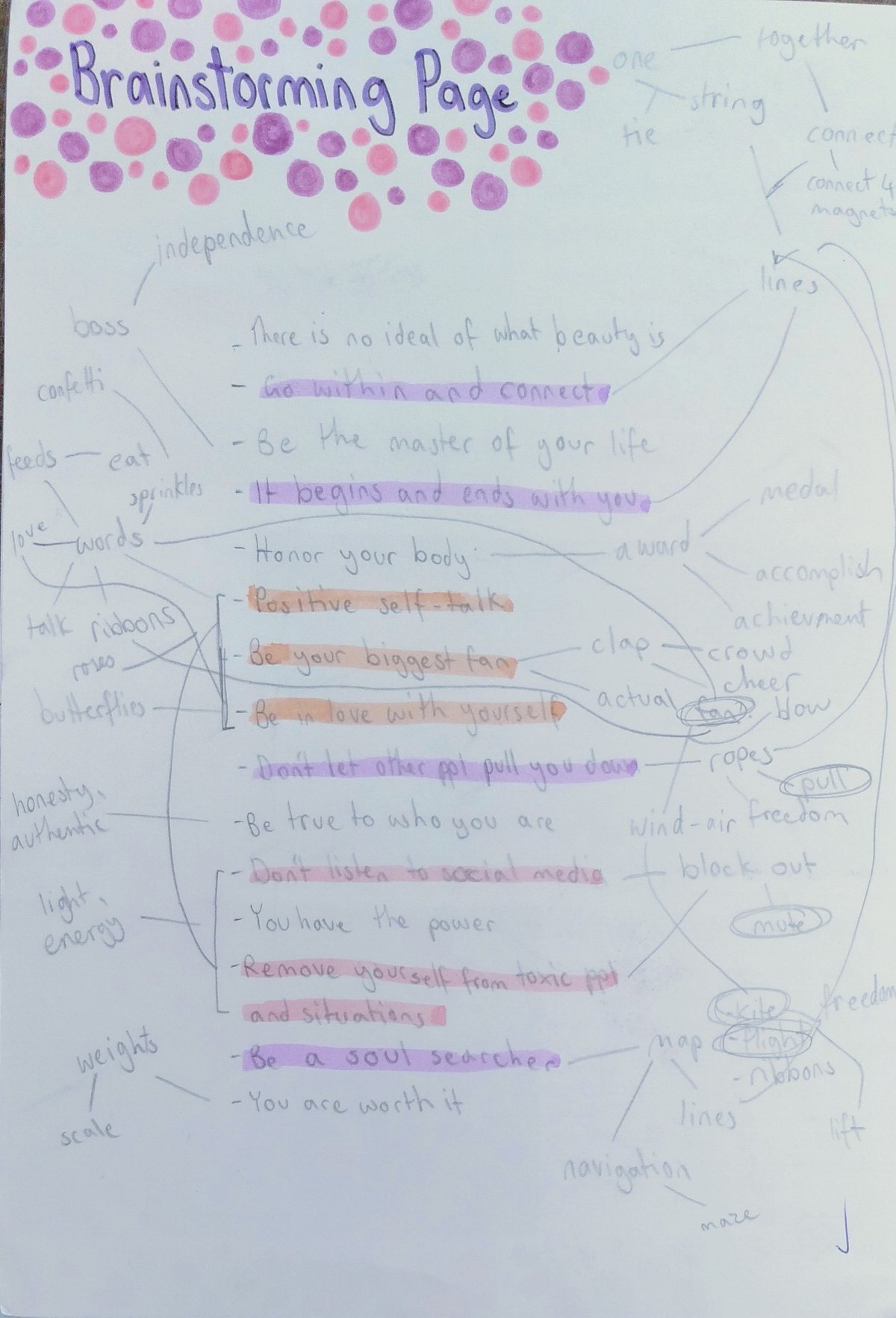
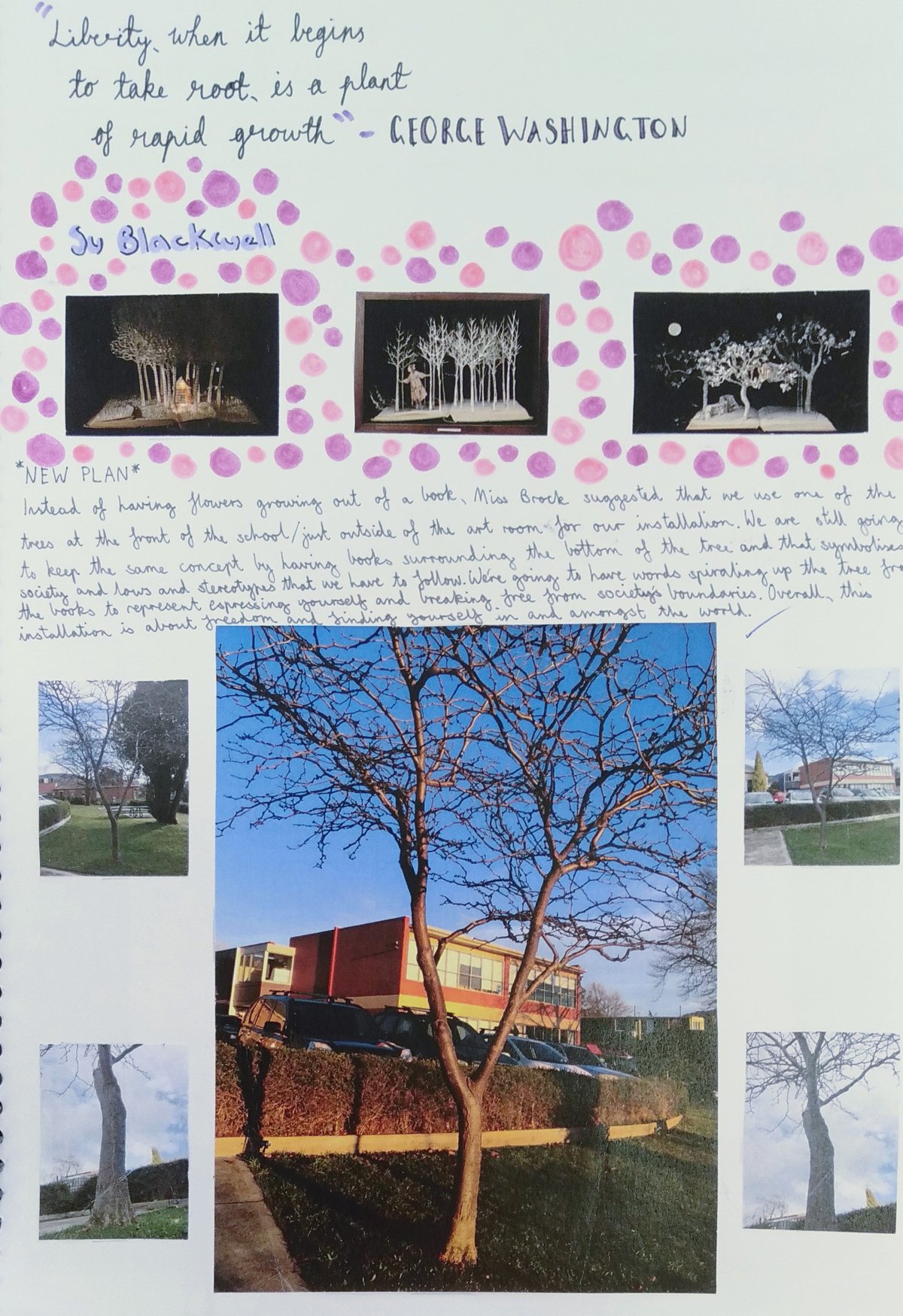
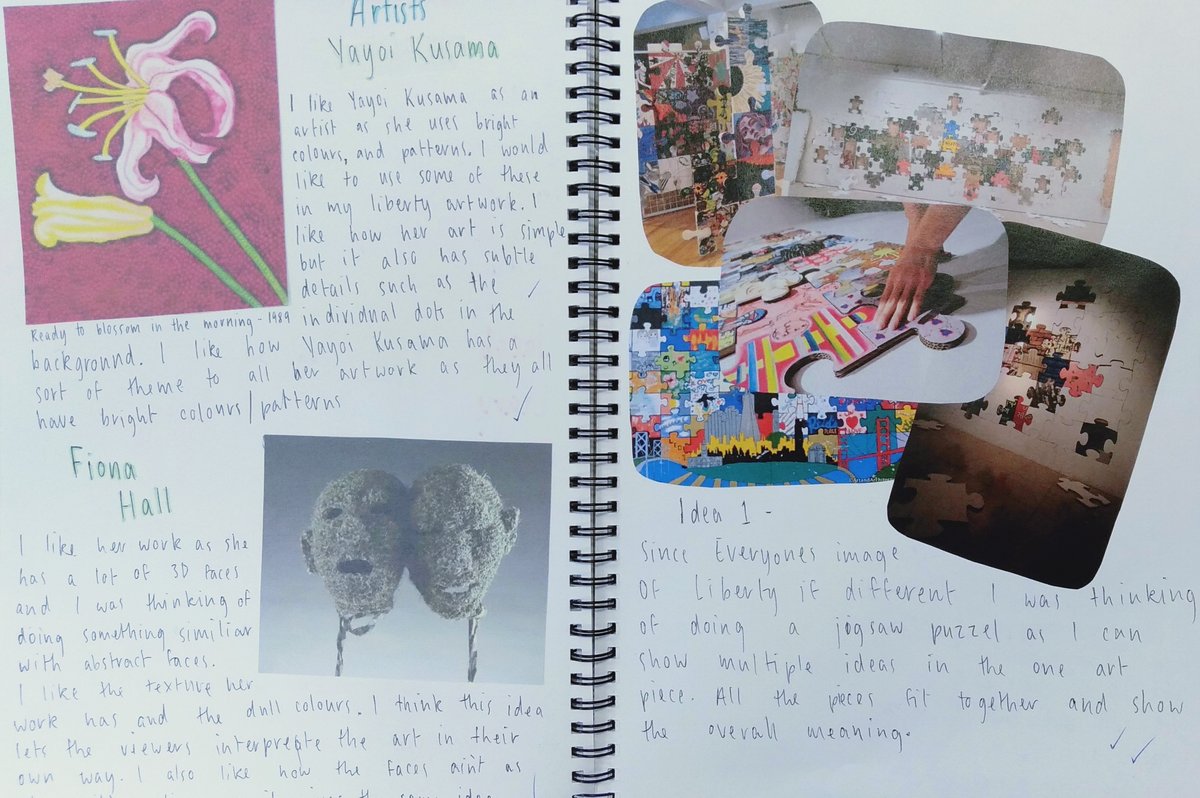
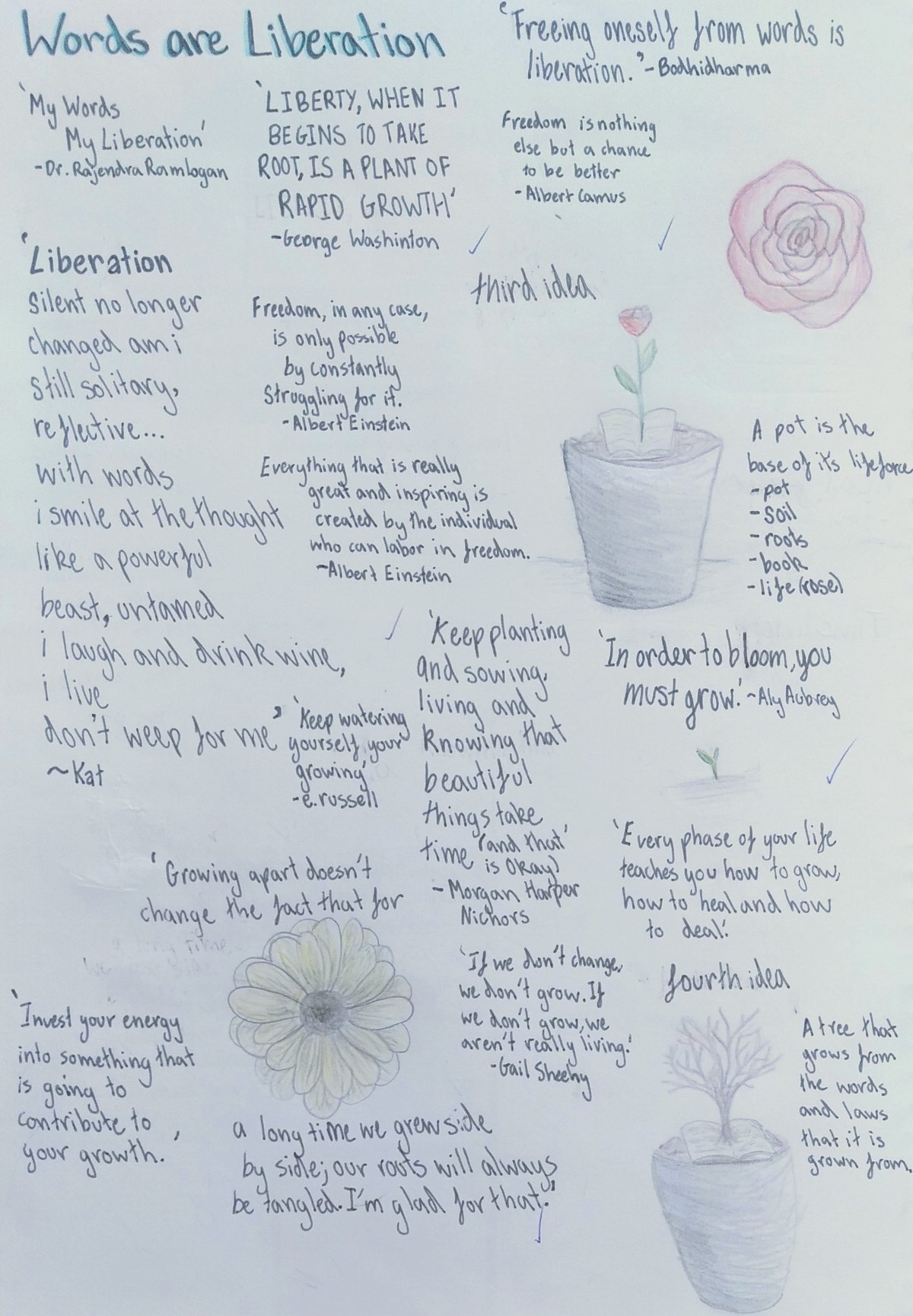
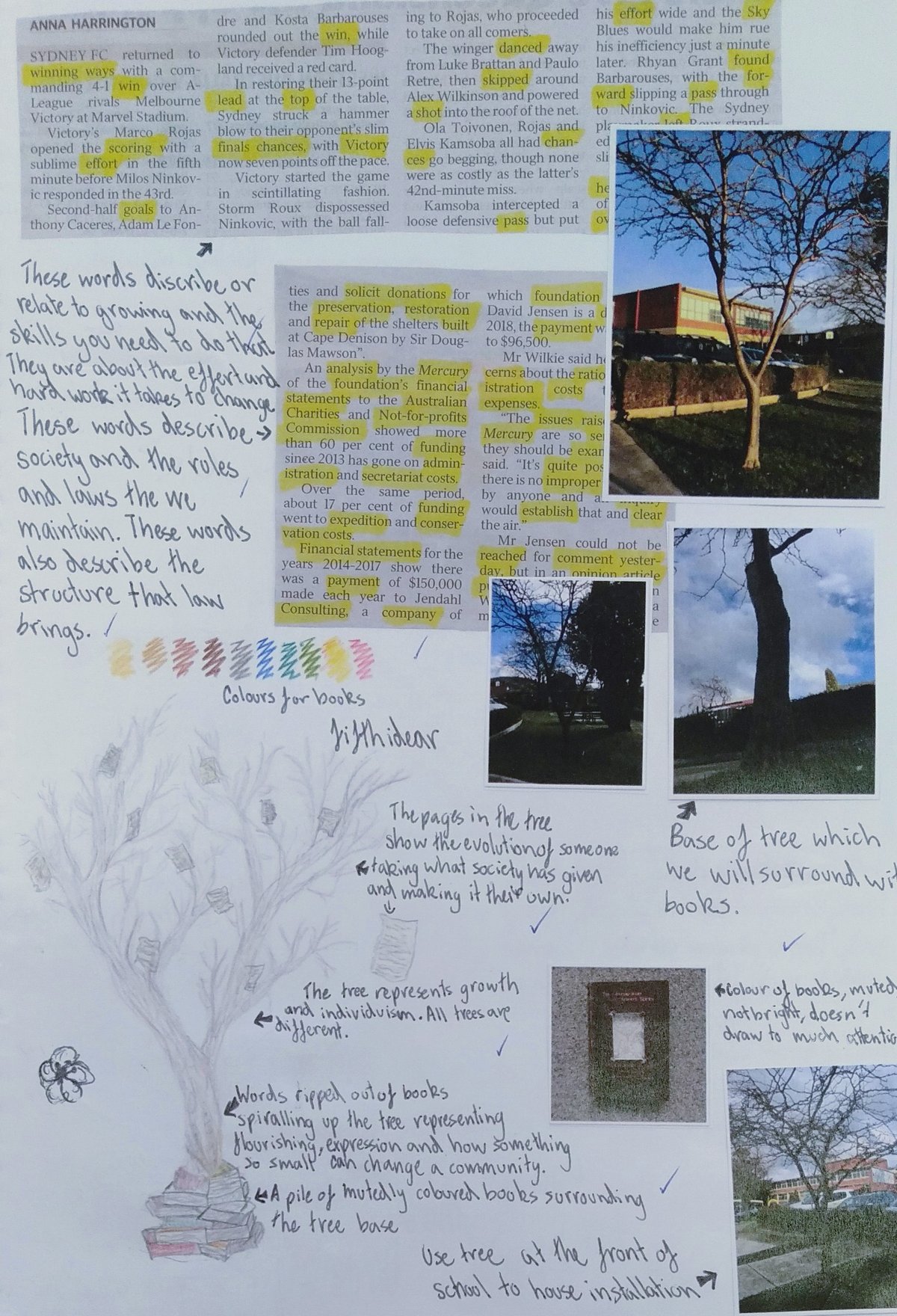
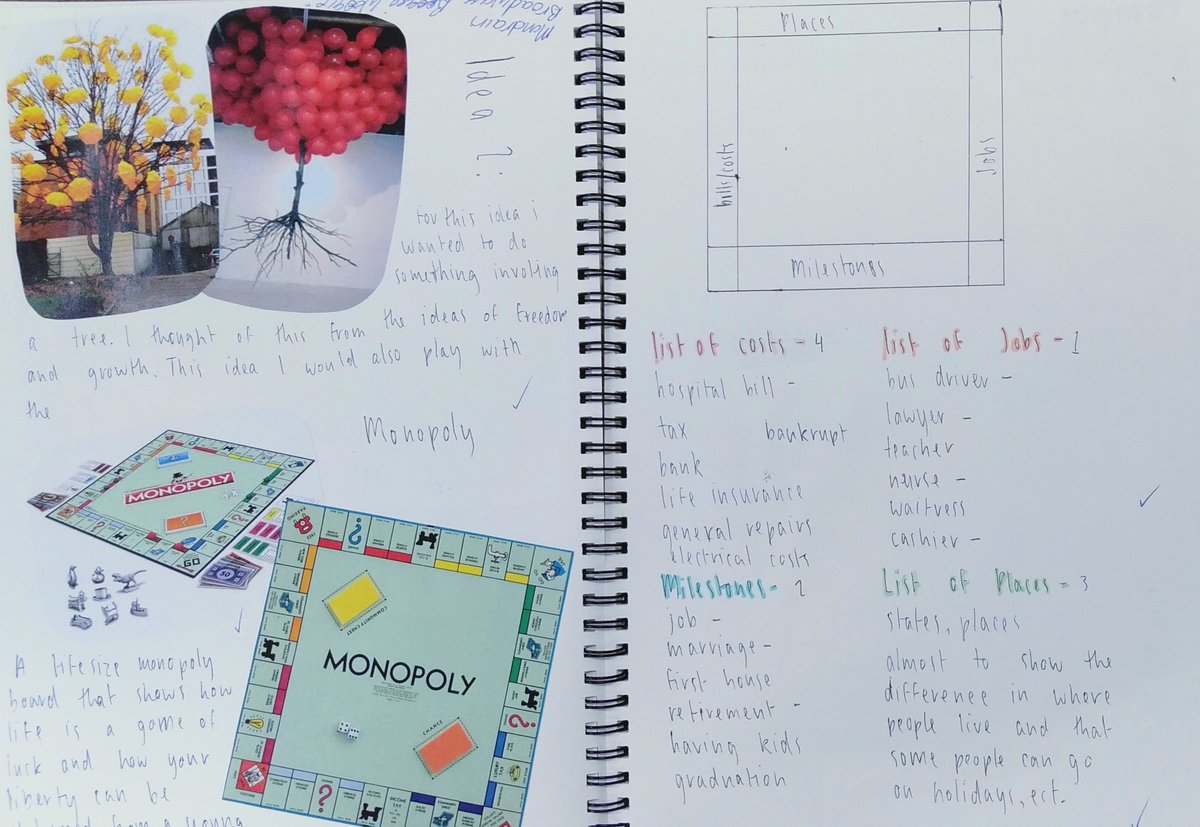
Process - Huonville
What you see in the gallery is really only a small part of the artwork. Much of the art happens during the process.
While Huonville High School art class were developing their artworks, Dexter Rosengrave was also developing theirs for Hobart Current. This created a window into the making, thinking, playing, experimenting, working, re-working, dead ends and restarts that are inherent in a creative practice.
These designs and experimentations are part of the students’ process in developing their ideas and artworks.
Artist:
Dexter Rosengrave
Teacher:
Bobby-Jack Bowen Butchart
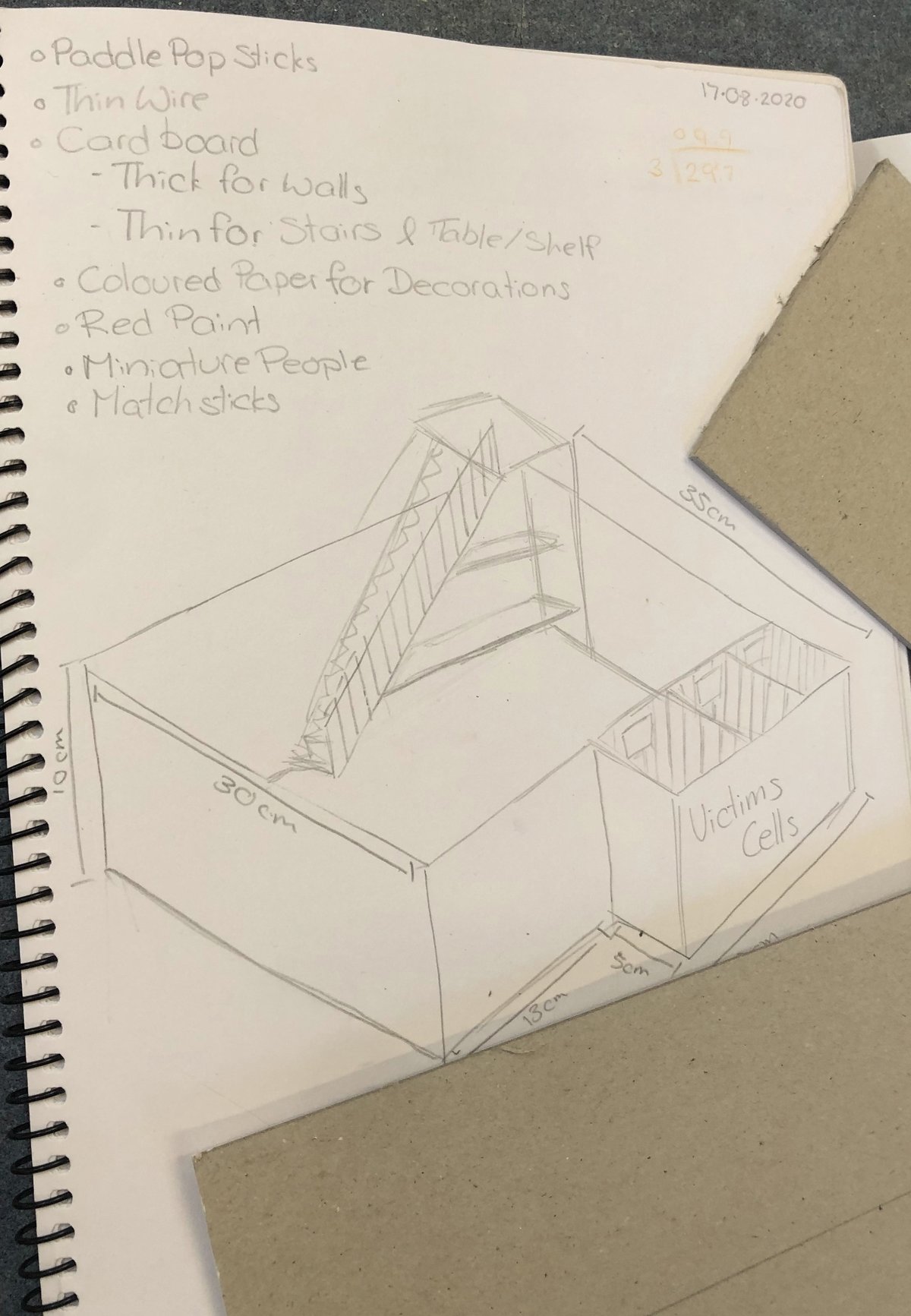
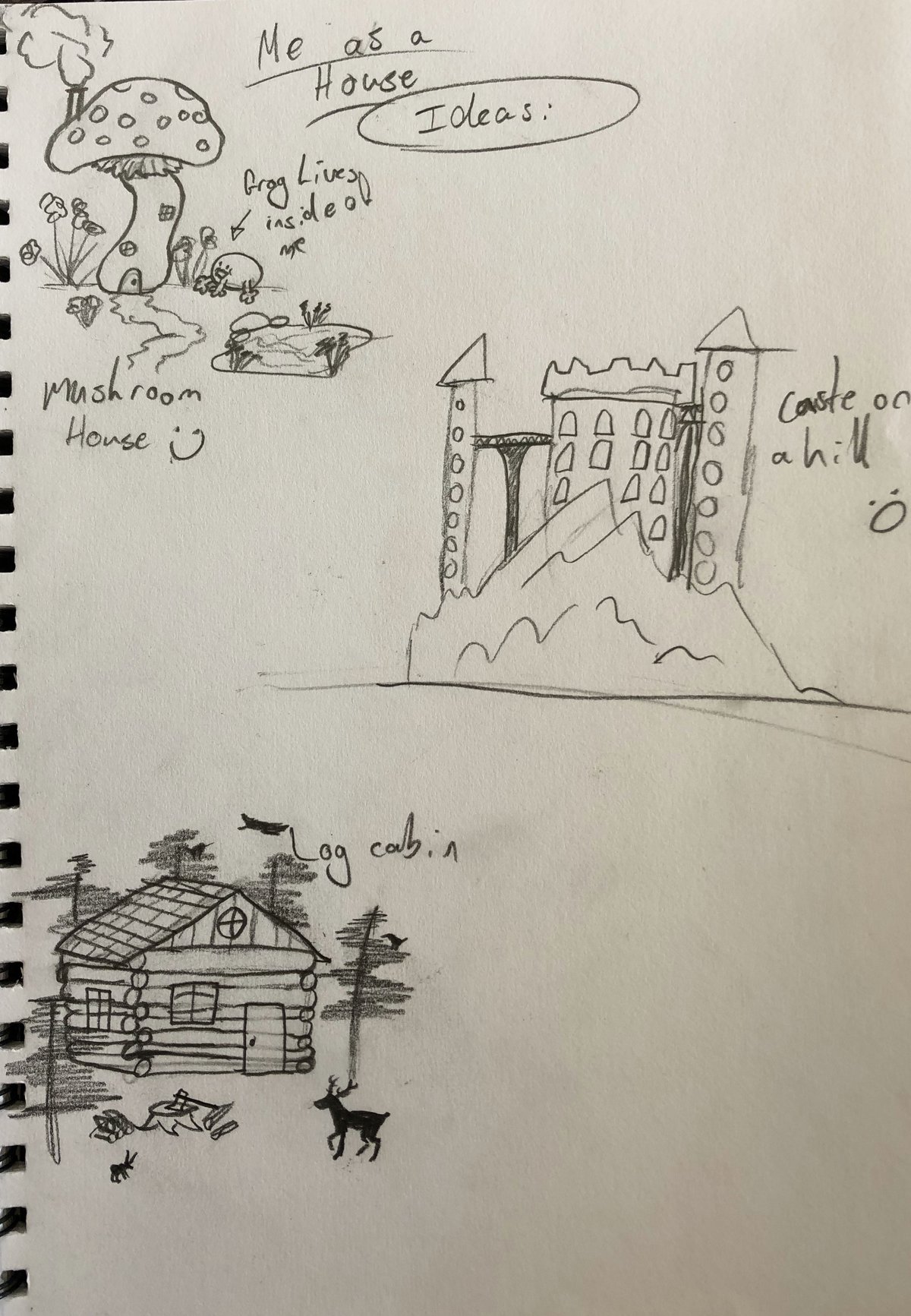
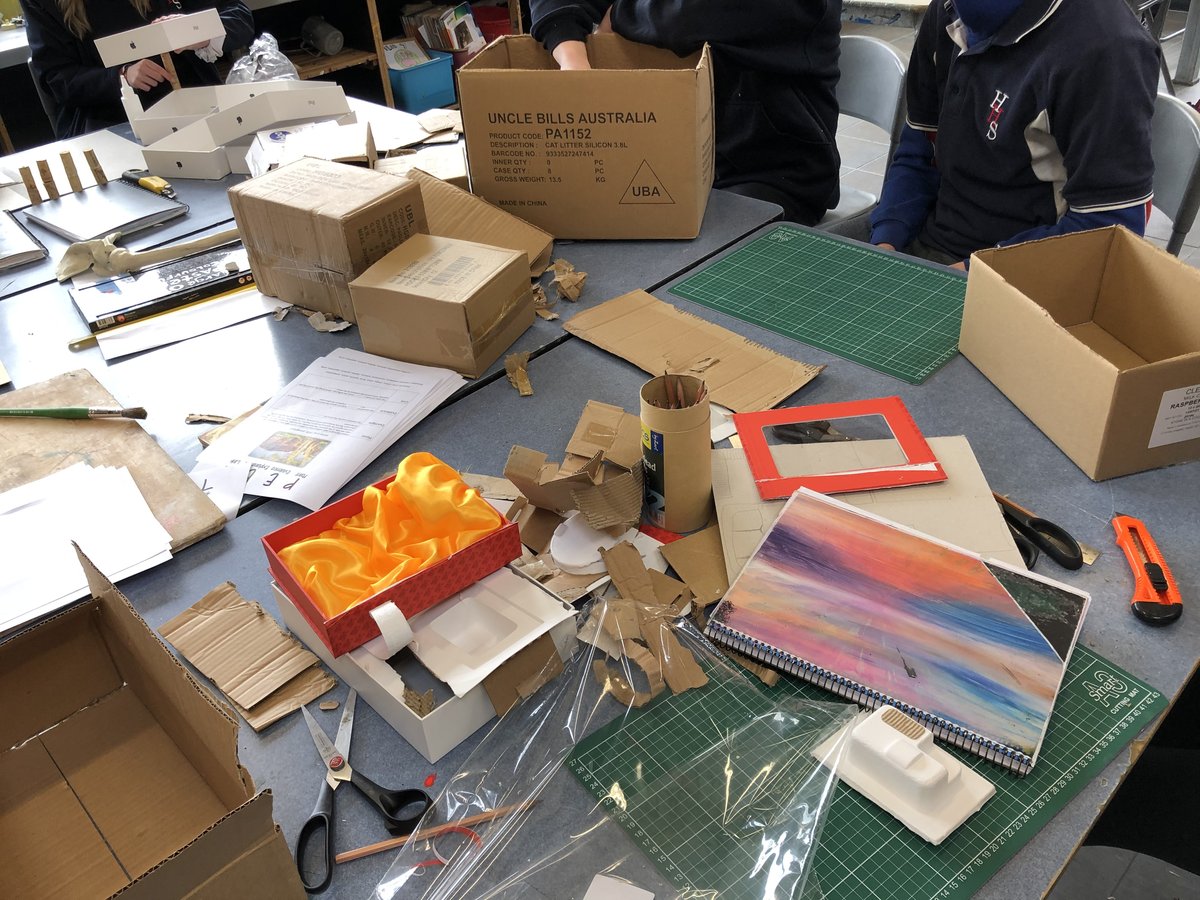
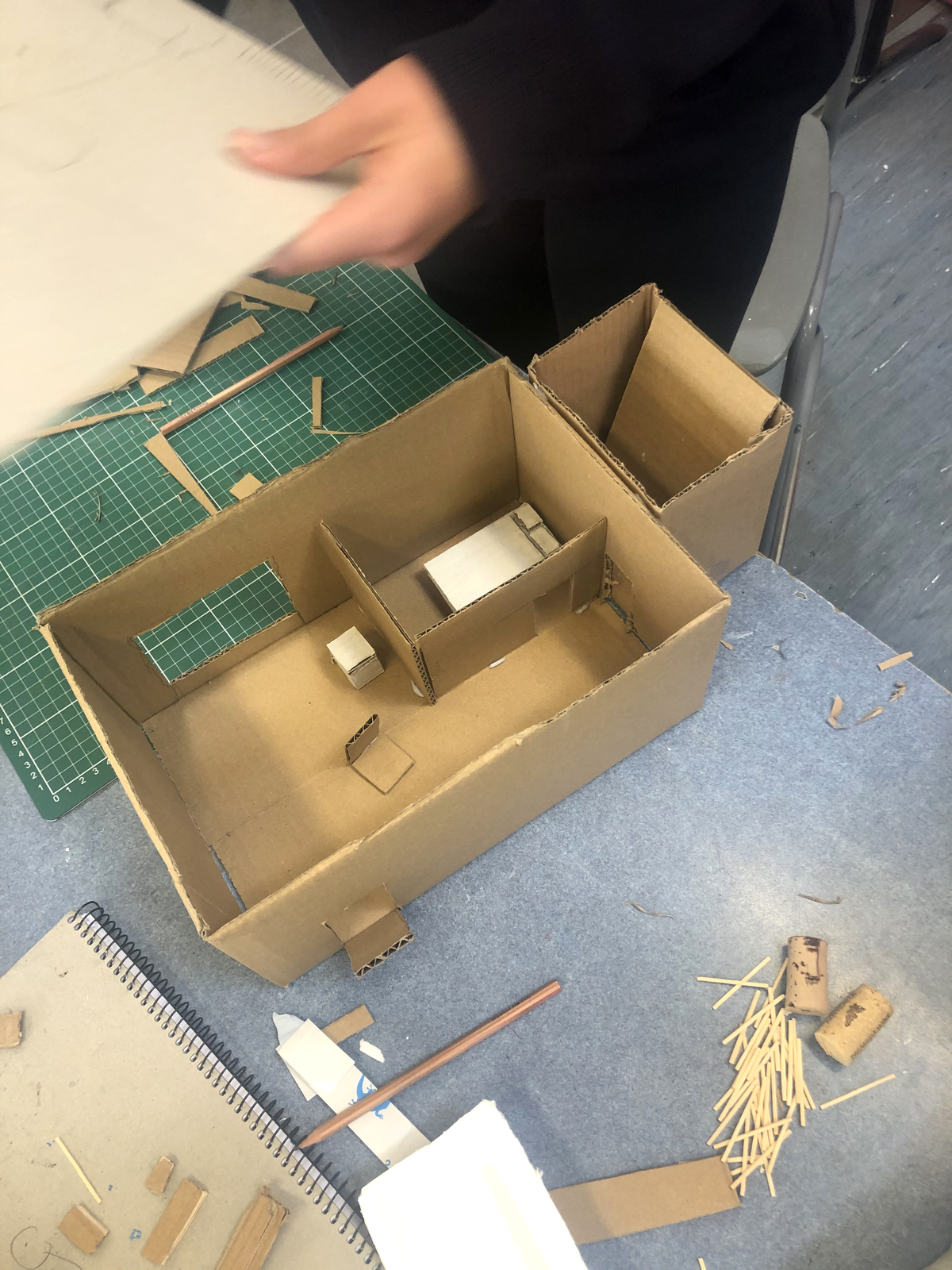
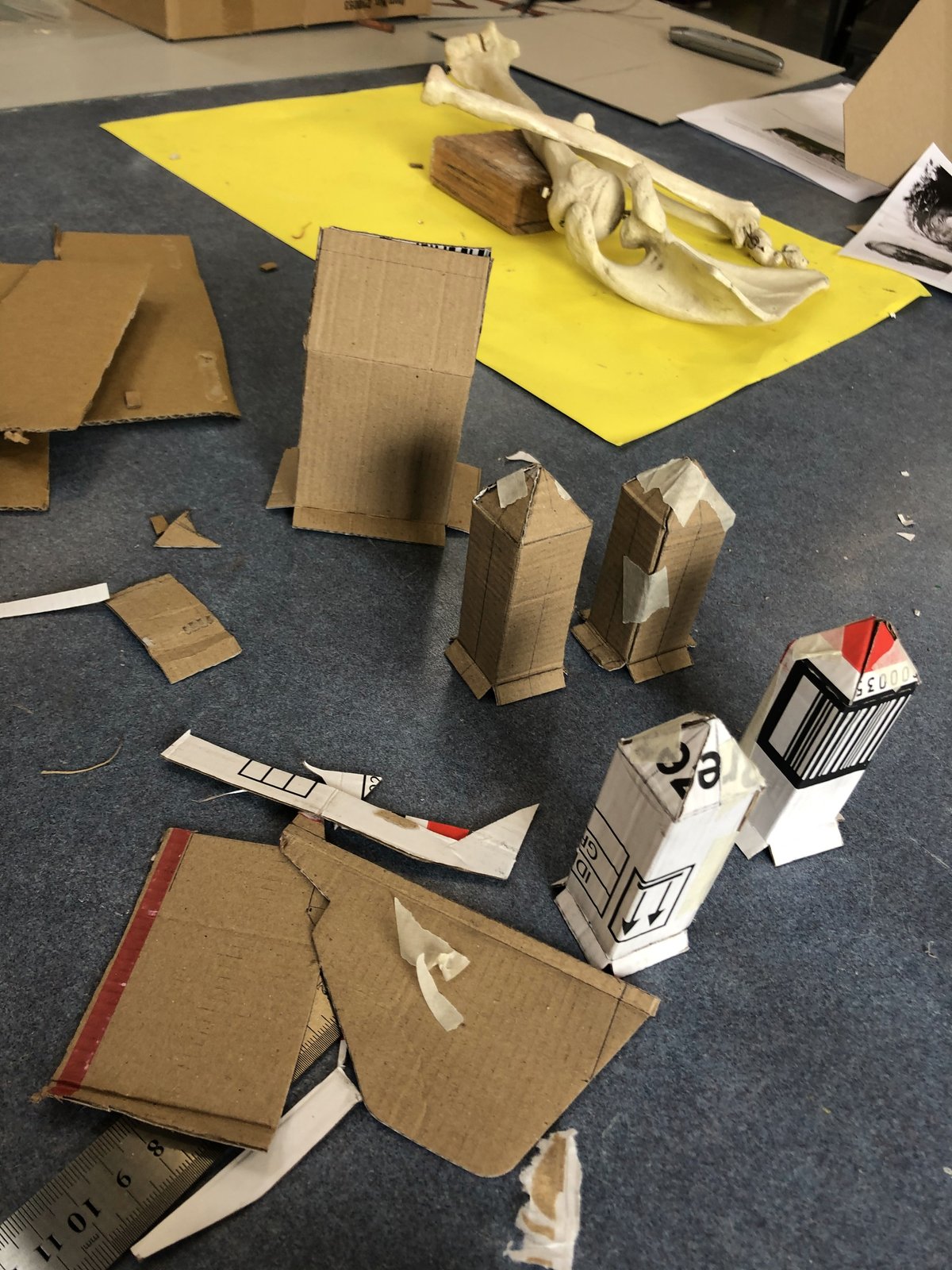
Re-imagining Myself
/ˌriːɪˈmædʒɪn/ (say ree'i'majuhn)
verb (transitive) to imagine again or in a different way.
Re-imagining Myself - Huonville
It’s interesting to think about yourself as something other than your usual self. It helps you to step back, and look at your qualities objectively.
Dexter Rosengrave and Huonville High School art class have been re-imagining themselves as buildings. They began by thinking about their personal qualities (are you a soft person? An open person? A party person or a quiet person? Are you comfortable or uneasy? Do you feel full or empty?). Then, they looked at how these qualities could be represented in architectural forms.
The resulting constructions are as unique as the students who made them.
Artist:
Dexter Rosengrave
Teacher:
Bobby-Jack Bowen Butchart
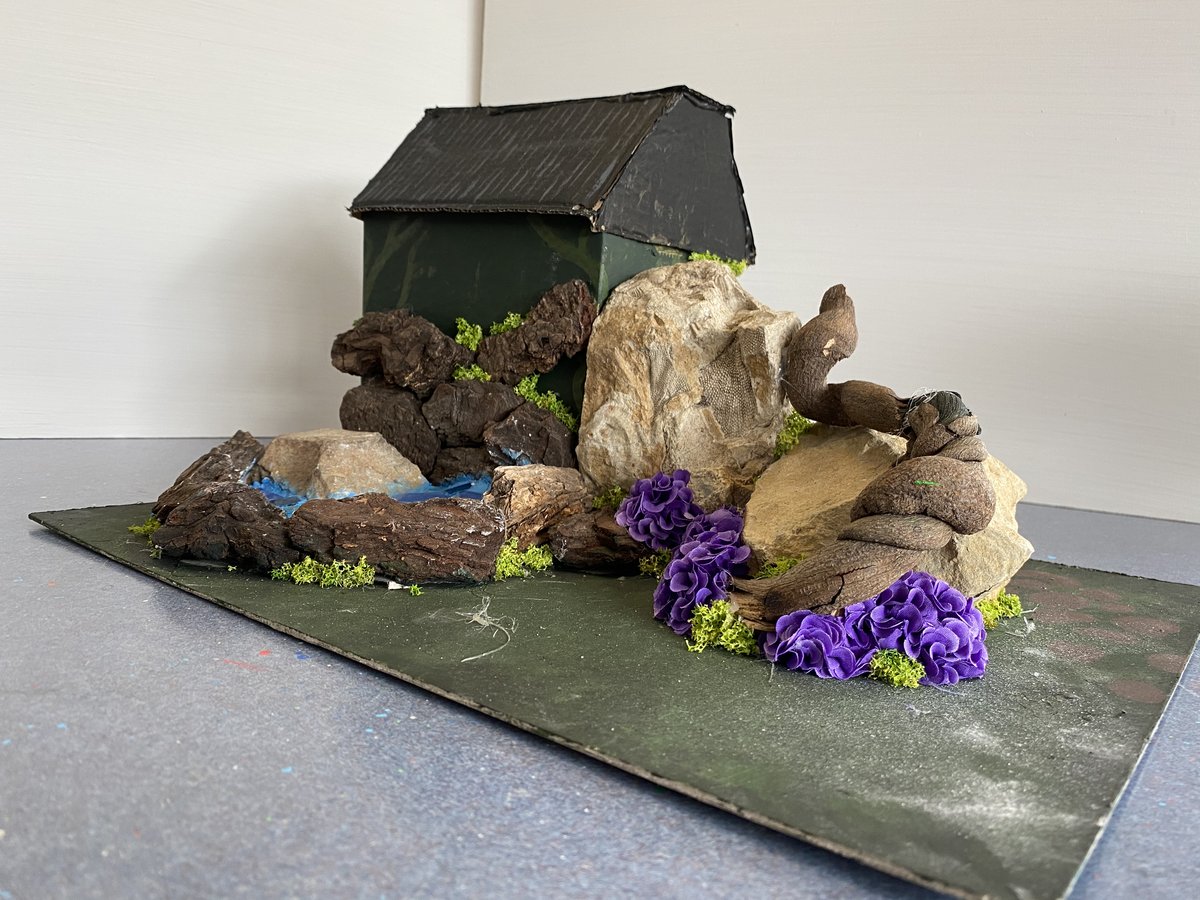
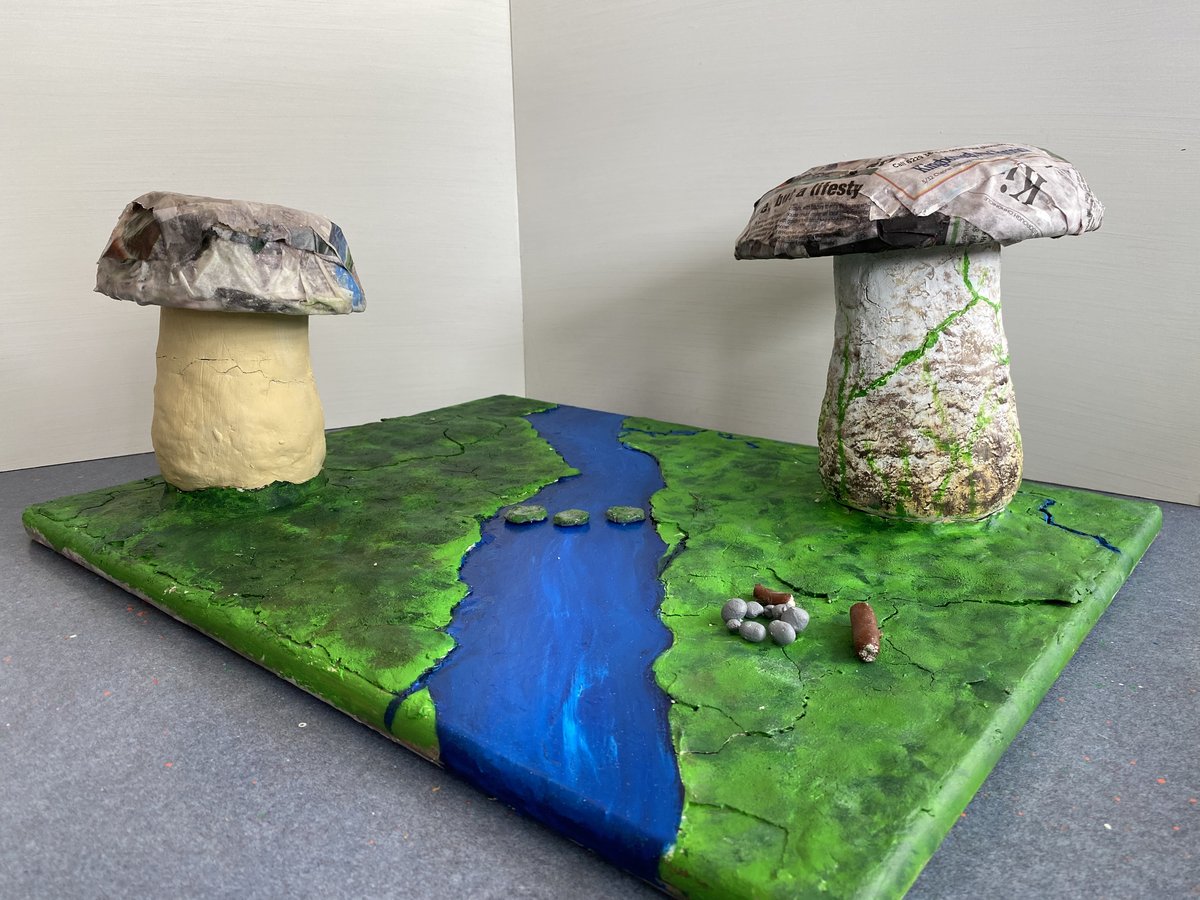
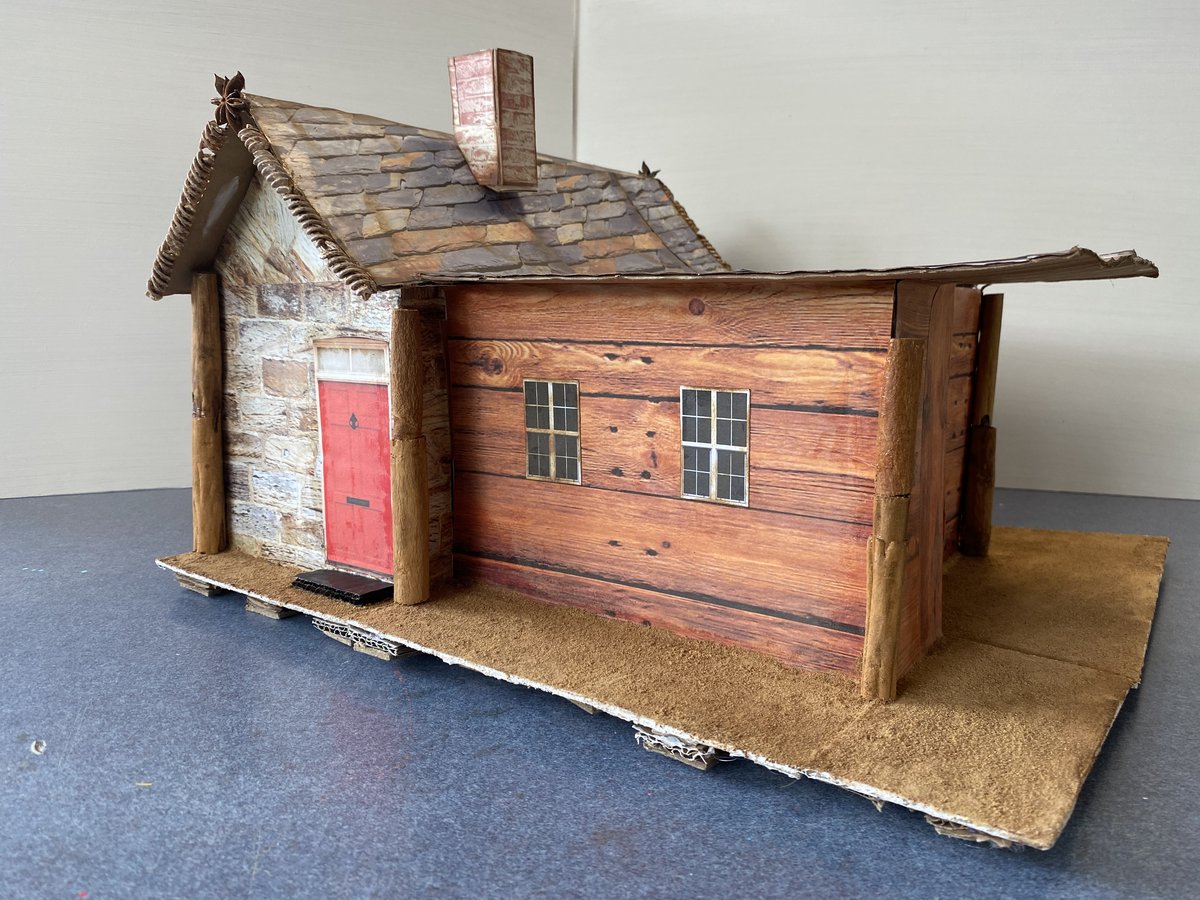
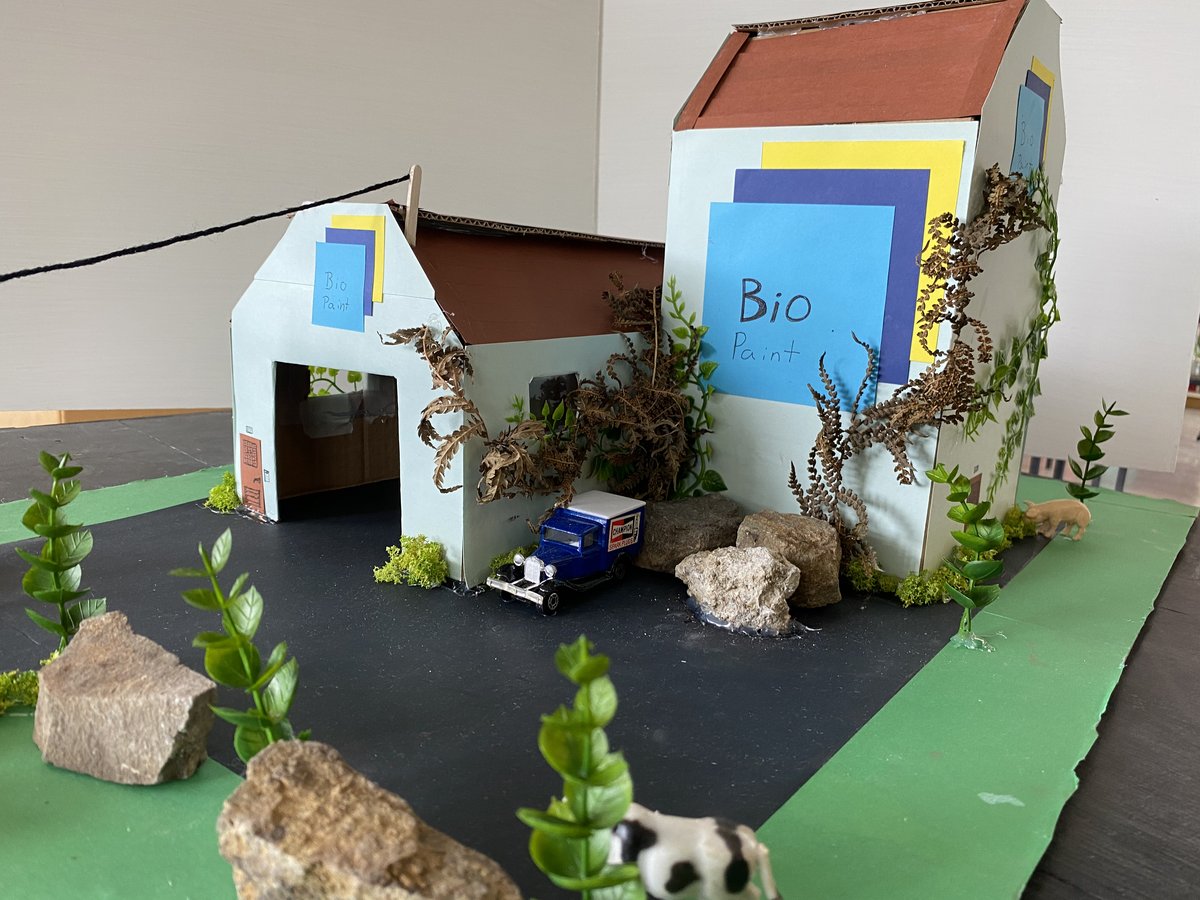
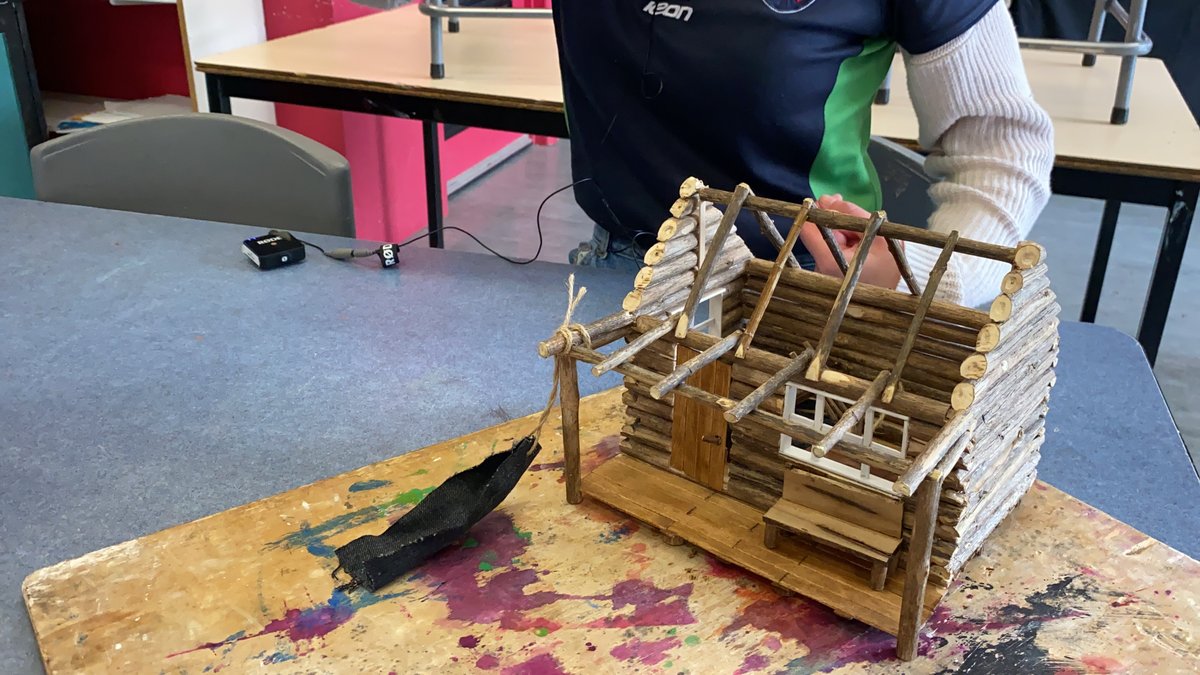
Re-imagining Myself - Lilydale
Lilydale High School art class and Nadège Philippe-Janon have been exploring systems.
What makes you YOU? The way you move, the way you think, the way you function — are orchestrated by many complex systems.
These video artworks invite you inside, to explore the internal systems that make us all tick.
Artist:
Nadège Philippe-Janon
Teacher:
Kim Schneiders
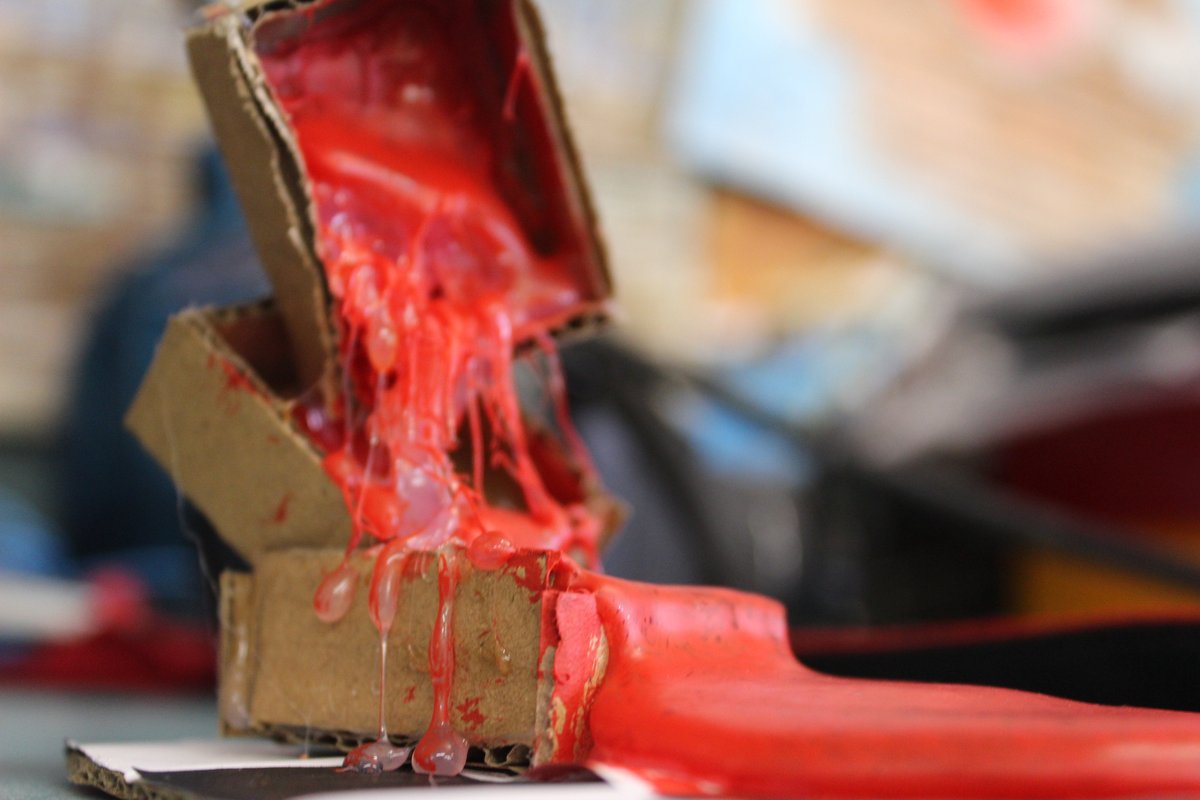
Language
/ˈlæŋgwɪdʒ/ (say 'langgwij),/ˈlæŋwɪdʒ/ (say 'langwij)
noun 1. communication in the distinctively human manner, using a system of arbitrary symbols with conventionally assigned meanings, as by voice, writing, or sign language.
2. any set or system of such symbols as used in a more or less uniform fashion by a number of people, who are thus enabled to communicate intelligibly with one another: to speak the French language; to translate into the Auslan language.
3. the non-linguistic means of communication of animals: the language of birds.
4. any basis of communication and understanding: the language of flowers; the language of laughter transcends all barriers.
5. a system with conventional rules governing its structure and with a symbolic notation, as in maths or music.
Language - Bayview
Bayview College dance class and Samantha Reason have combined the languages of dance and poetry. They’ve been creating a dance work set to the words of Alan Watts.
We communicate with our bodies all the time. These students are taking this idea further, exploring storytelling through movement.
Artist:
Samantha Reason
Teacher:
Tullia Chung-Tilly
Language - Huonville
If you were a building, what kind of building would you be?
Dexter Rosengrave and Huonville High School art class have been exploring how we think about — and talk about — ourselves. Imagining yourself as something other than your usual self can be an interesting way to do this.
Give it a go — think about how you feel about yourself and see yourself. How do you feel generally? How do you see yourself when you look in the mirror? What is
your experience like in the world? Be honest with yourself. Don’t hold back.
Now, think about how those qualities could translate to architectural form.
What does it look like? Does it have sharp or soft corners? Is it big or small? Is it empty or full of people? Is it a house, a school, a museum? Where is it located? Is it real or completely imagined? Are you multiple buildings at the same time?
Artist:
Dexter Rosengrave
Teacher:
Bobby-Jack Bowen Butchart
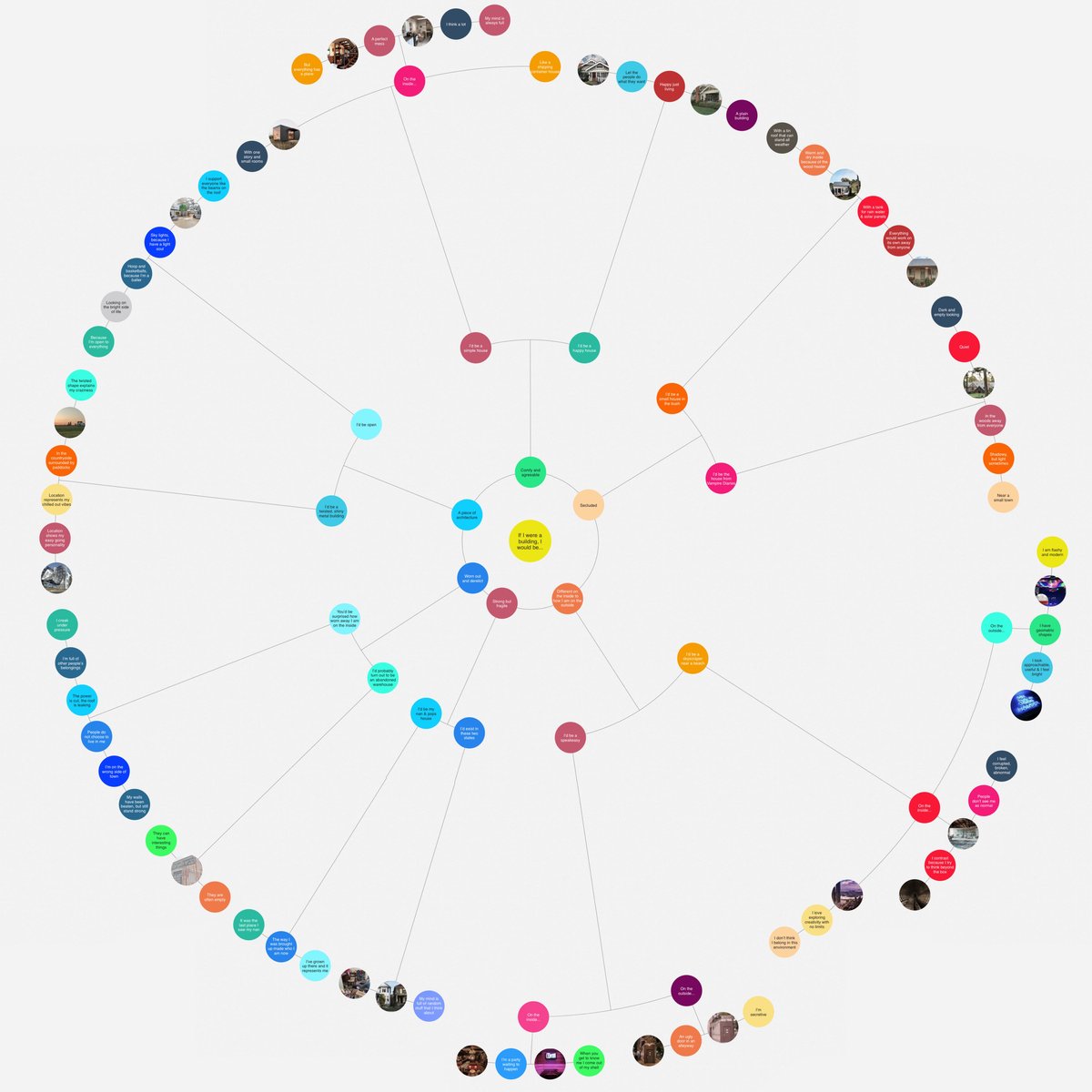
Provocation from Dexter:
I’d like you to consider the following question…
if you were a building, what kind of building would you be?
But first it is important to think about how you feel about yourself and see yourself.
How do you feel generally? How do you see yourself when you look in the mirror? What is your experience like in the world? Be honest with yourself. Don’t hold back.
Think about how those qualities translate to architectural form.
What does it look like? What kind of shapes occur? Is it a building with sharp or soft corners? Is it big or small? Is it empty or full of people? Is it a house or school? Where is it located? Is it real or completely imagined? Are you one or more buildings at the same time?
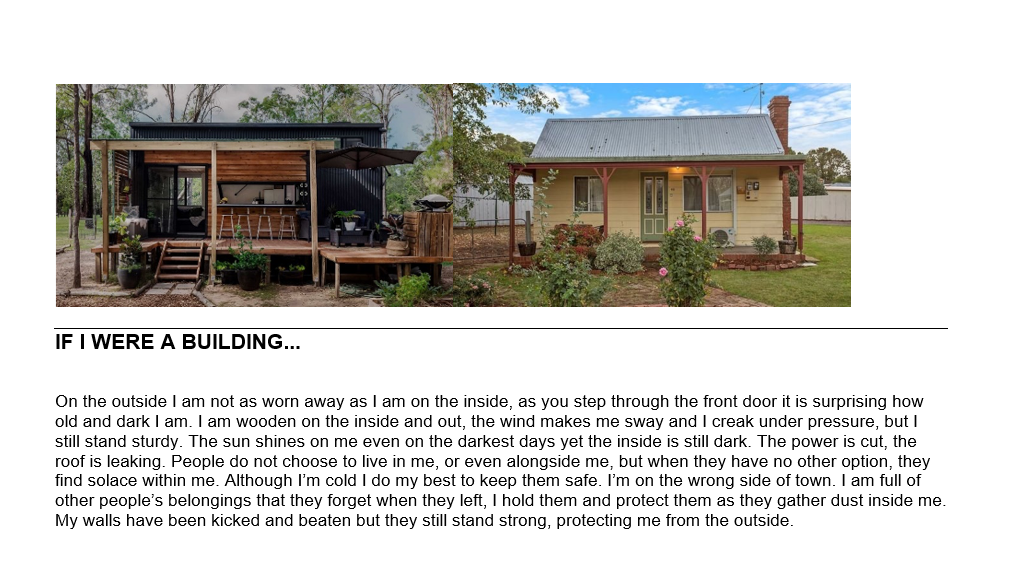
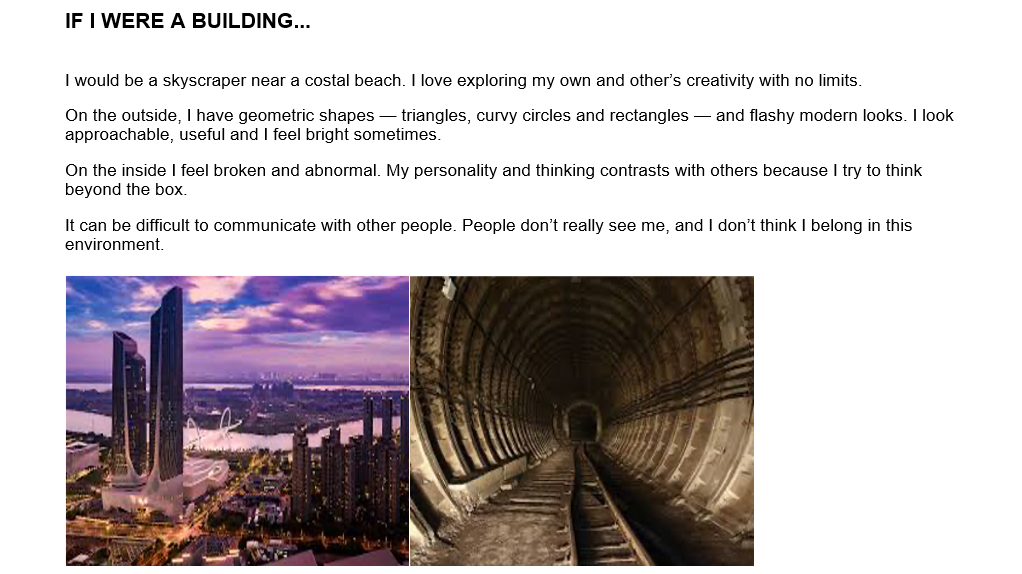
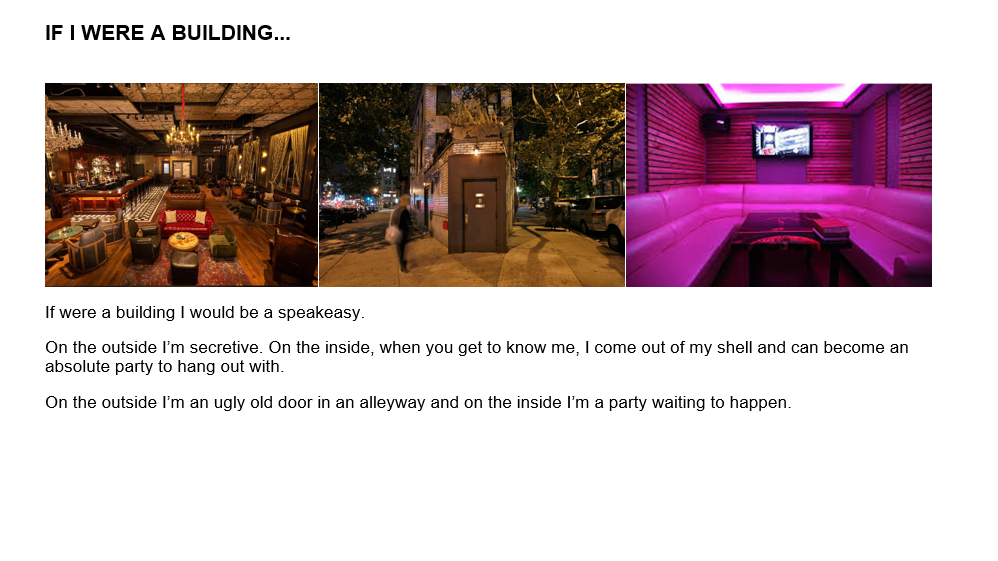
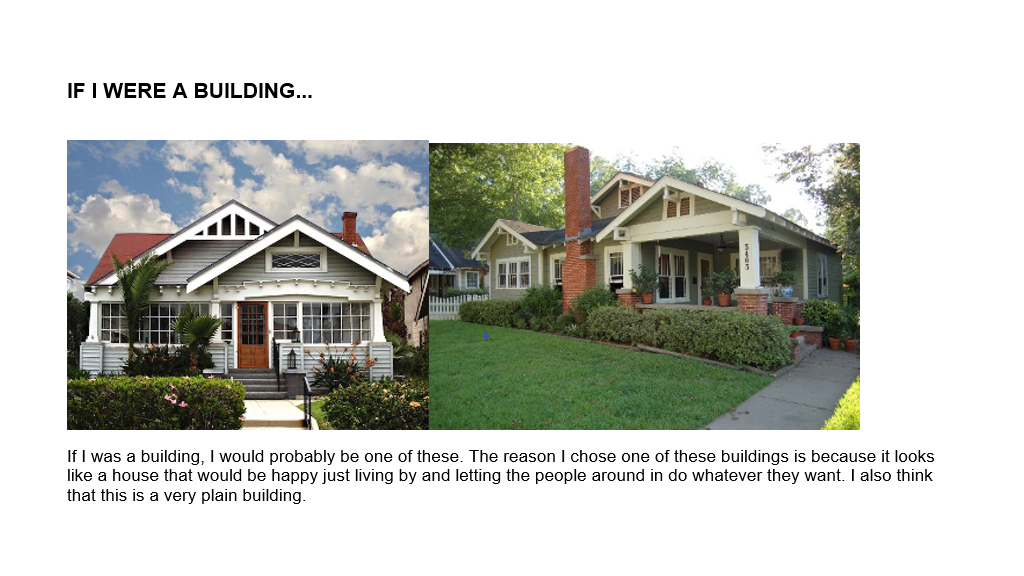
Language - MacKillop
Words can be powerful — and their context can change how we read them.
How are they written? Where are they encountered? These factors help add meaning and power to words.
Brigita Ozolins and MacKillop College art class have been experimenting with expressive text. Expressive text aims to enhance the meaning of words through visual treatment.
In researching sites around Hobart, the students have selected a handful of words. These words are the beginnings of powerful statements. The statements in turn, are the basis for a text-based installation that the students have been planning.
Artist:
Brigita Ozolins
Teacher:
Linda Pollard
